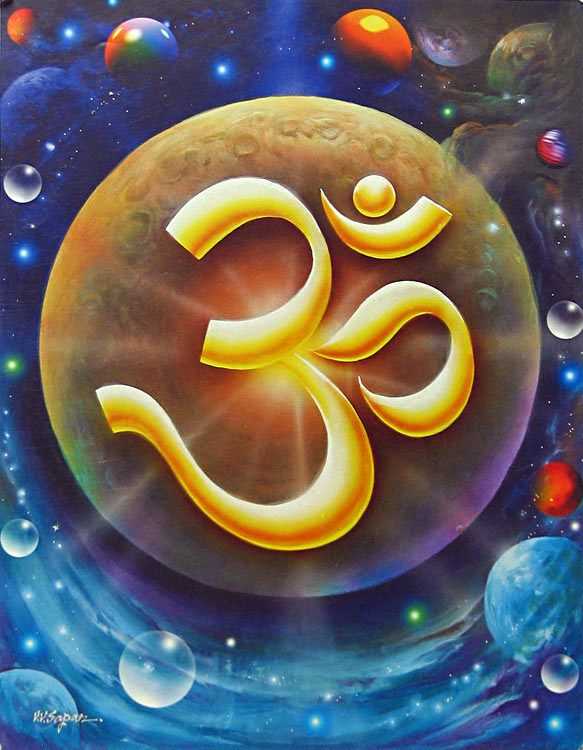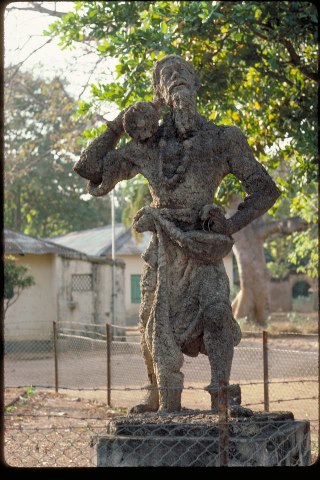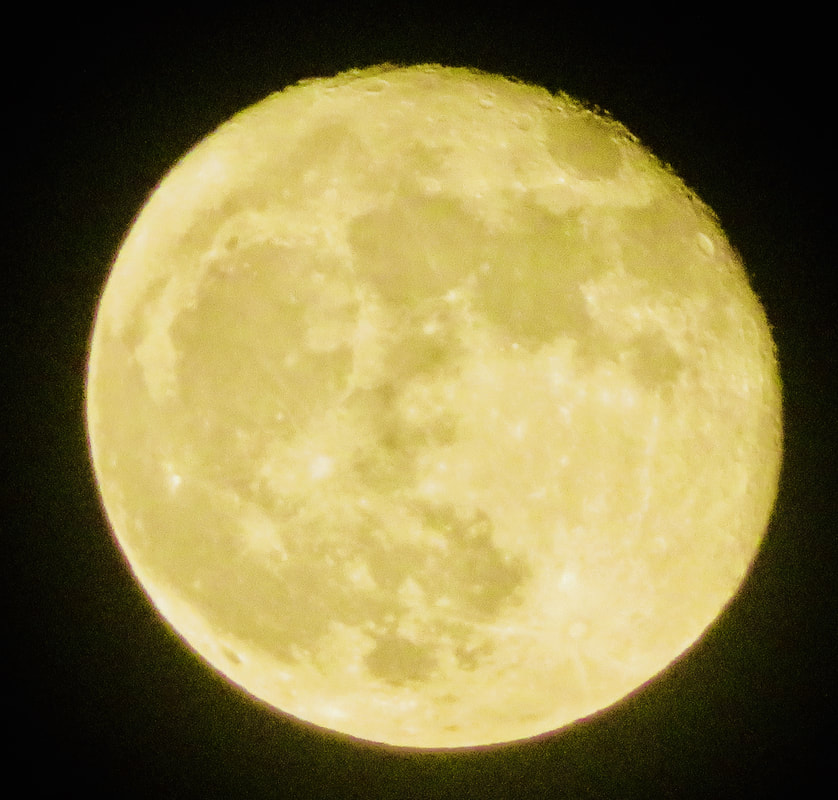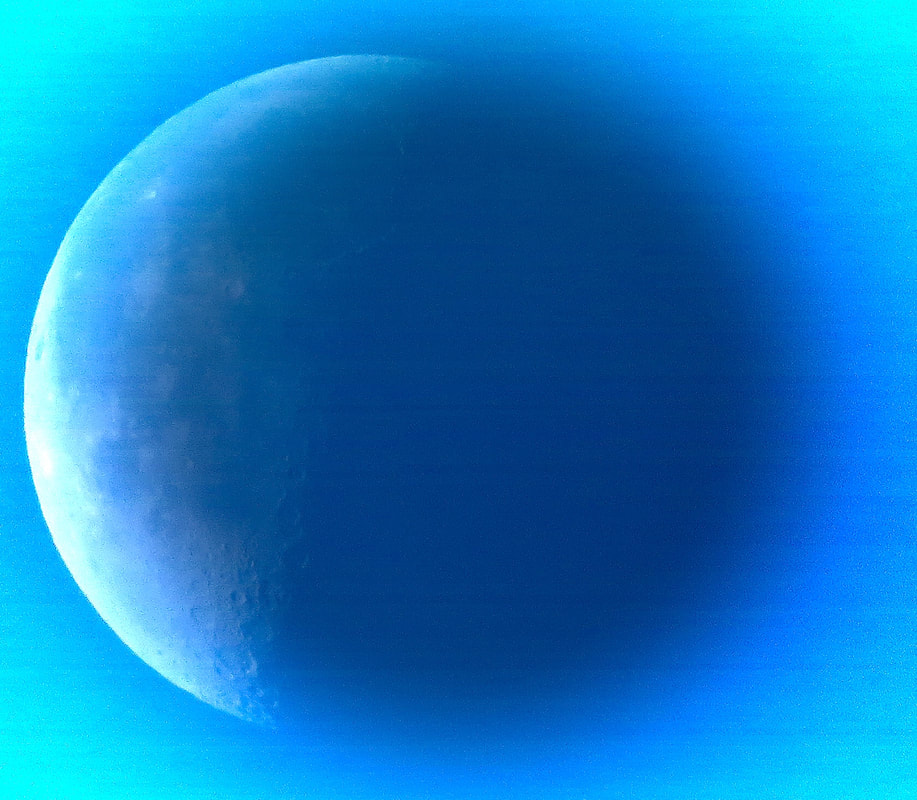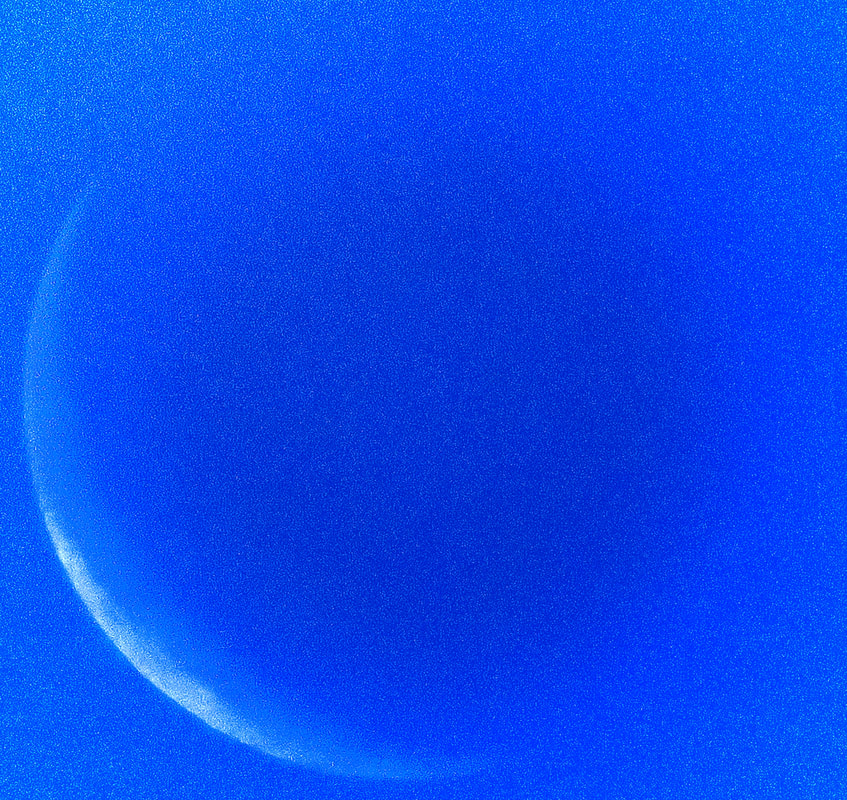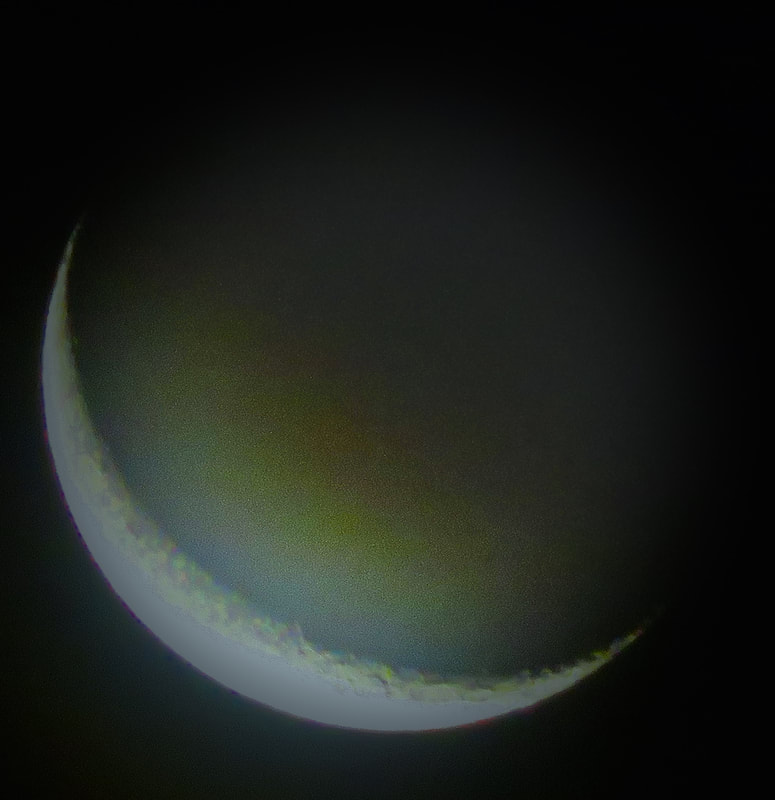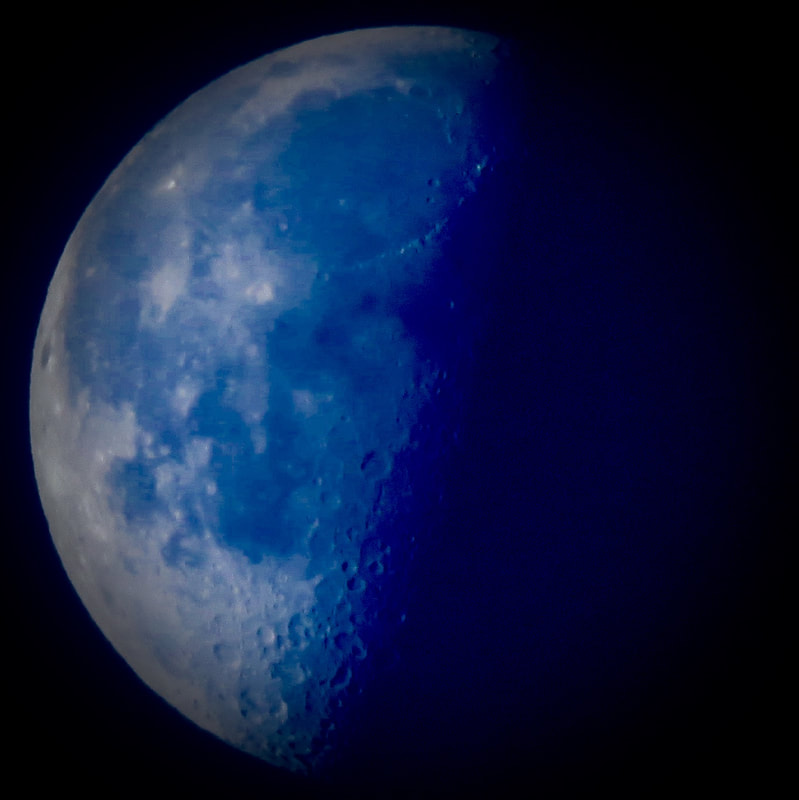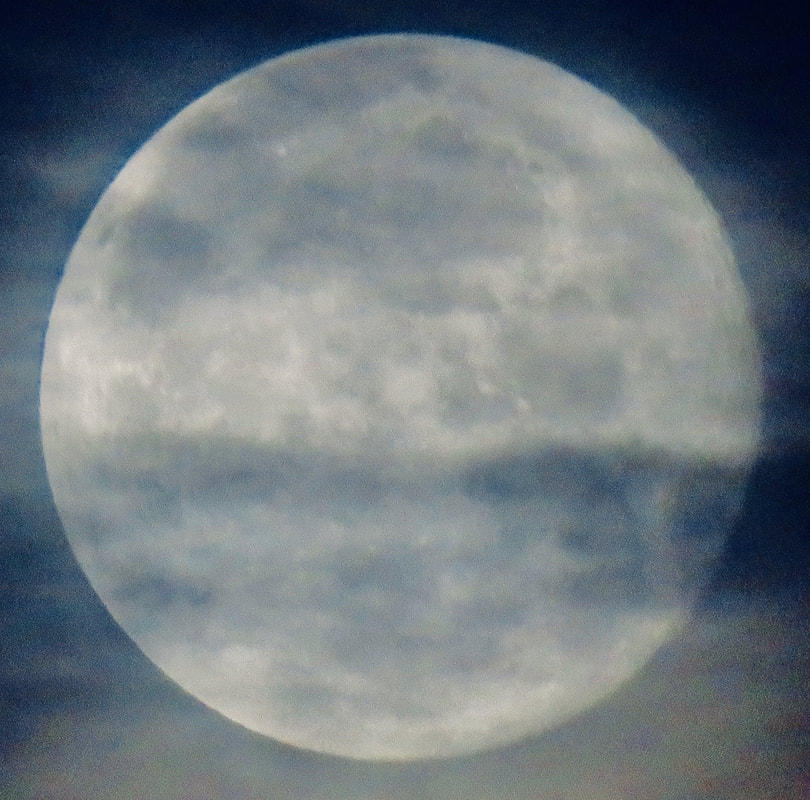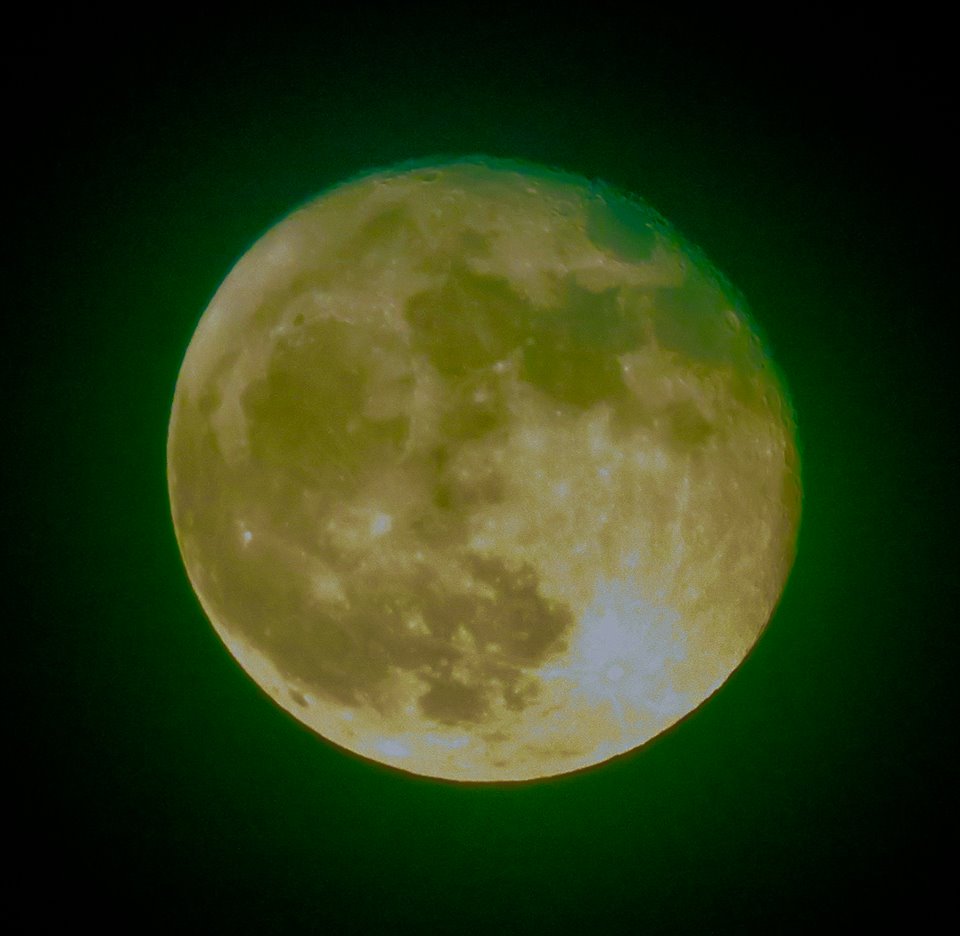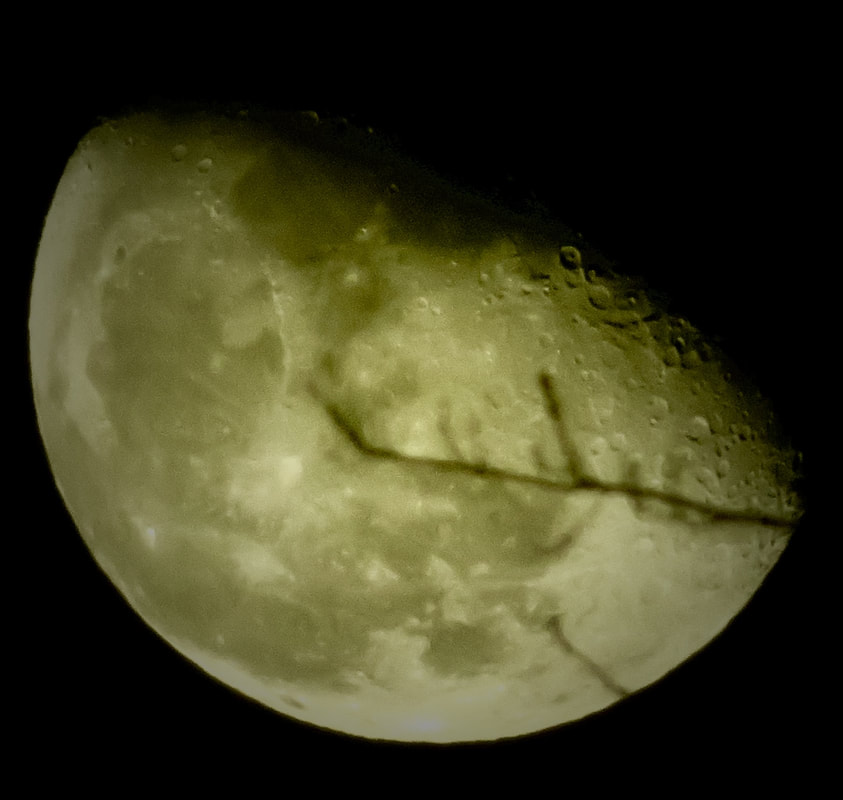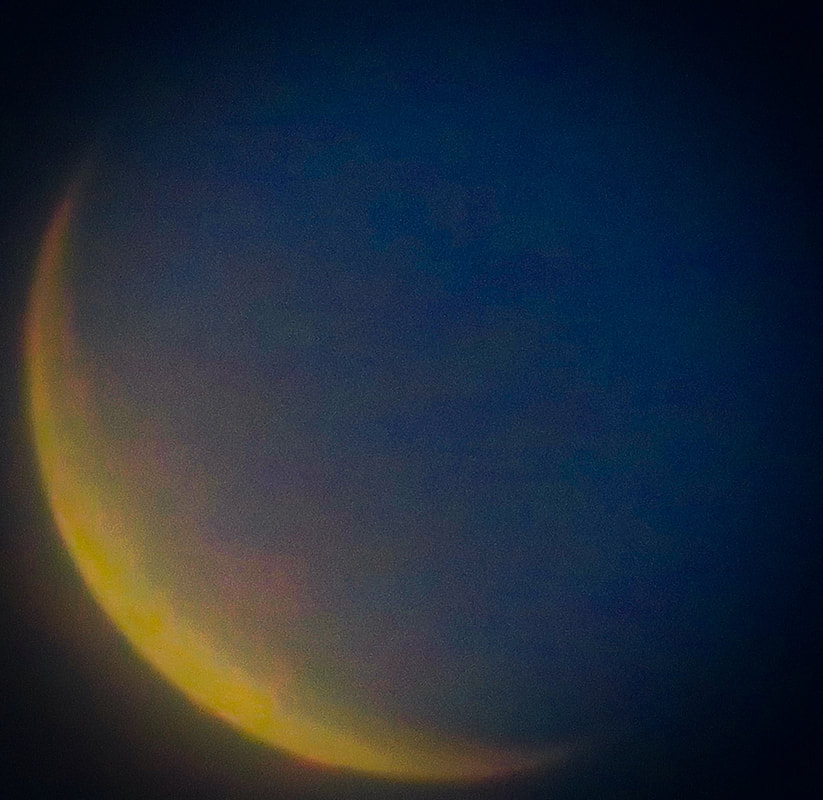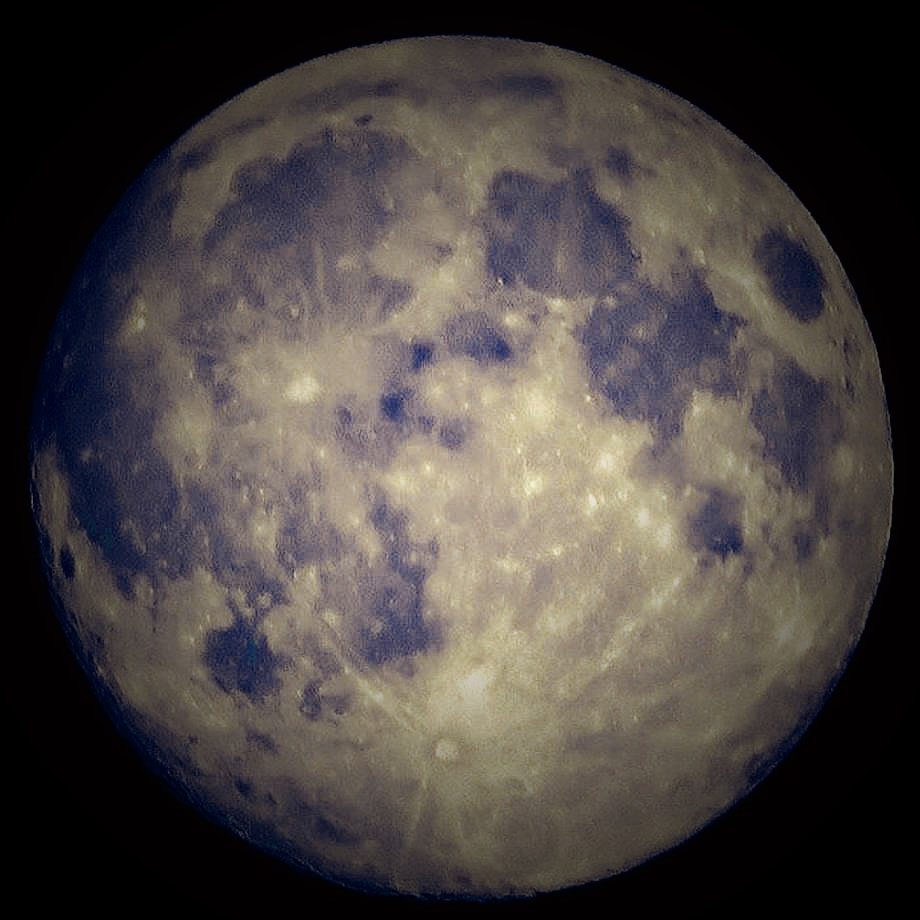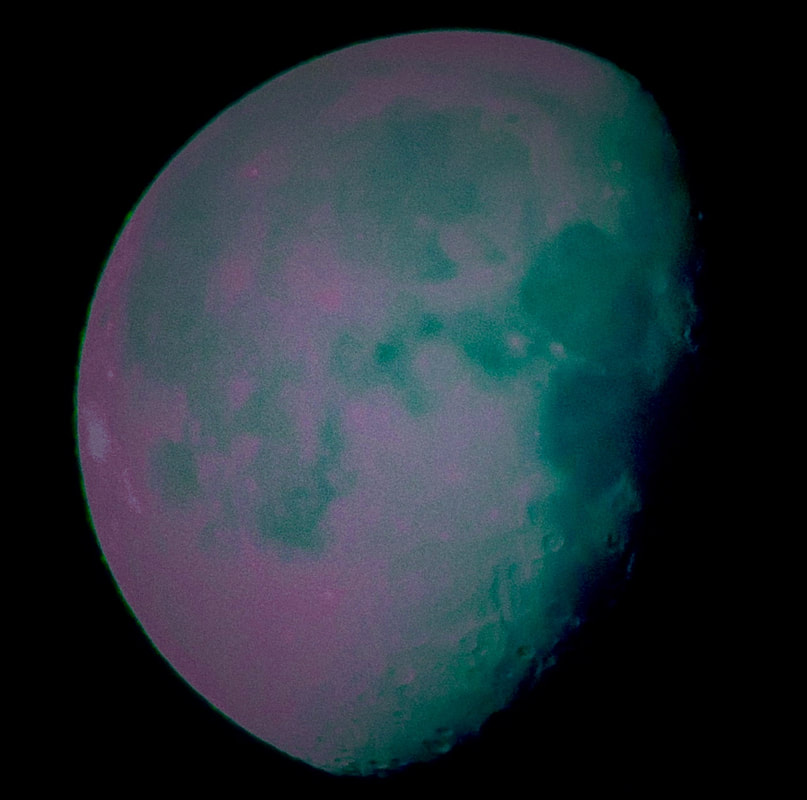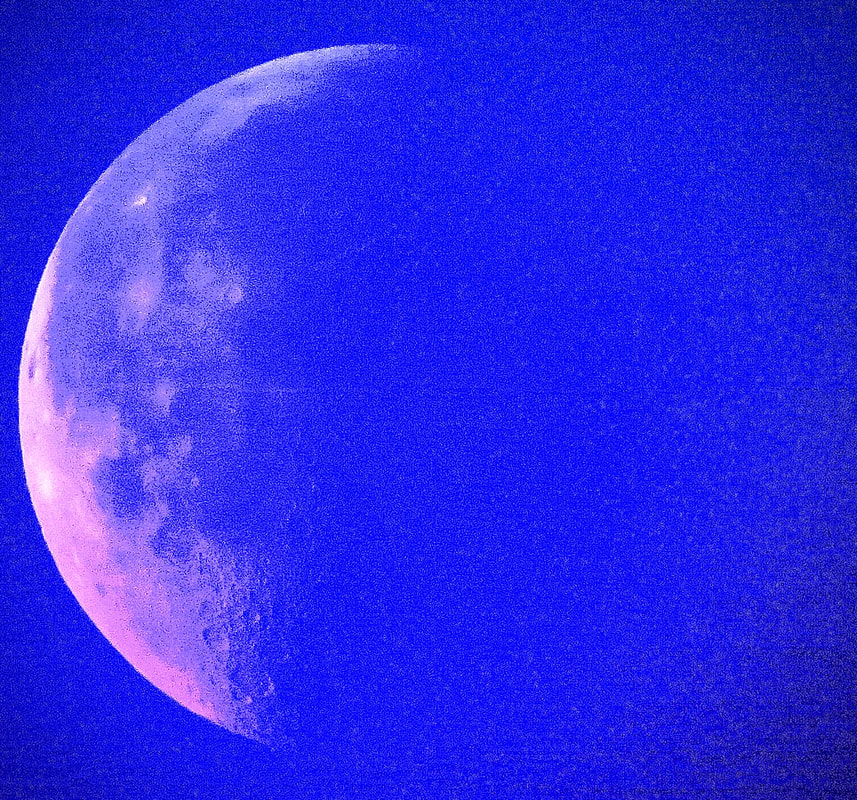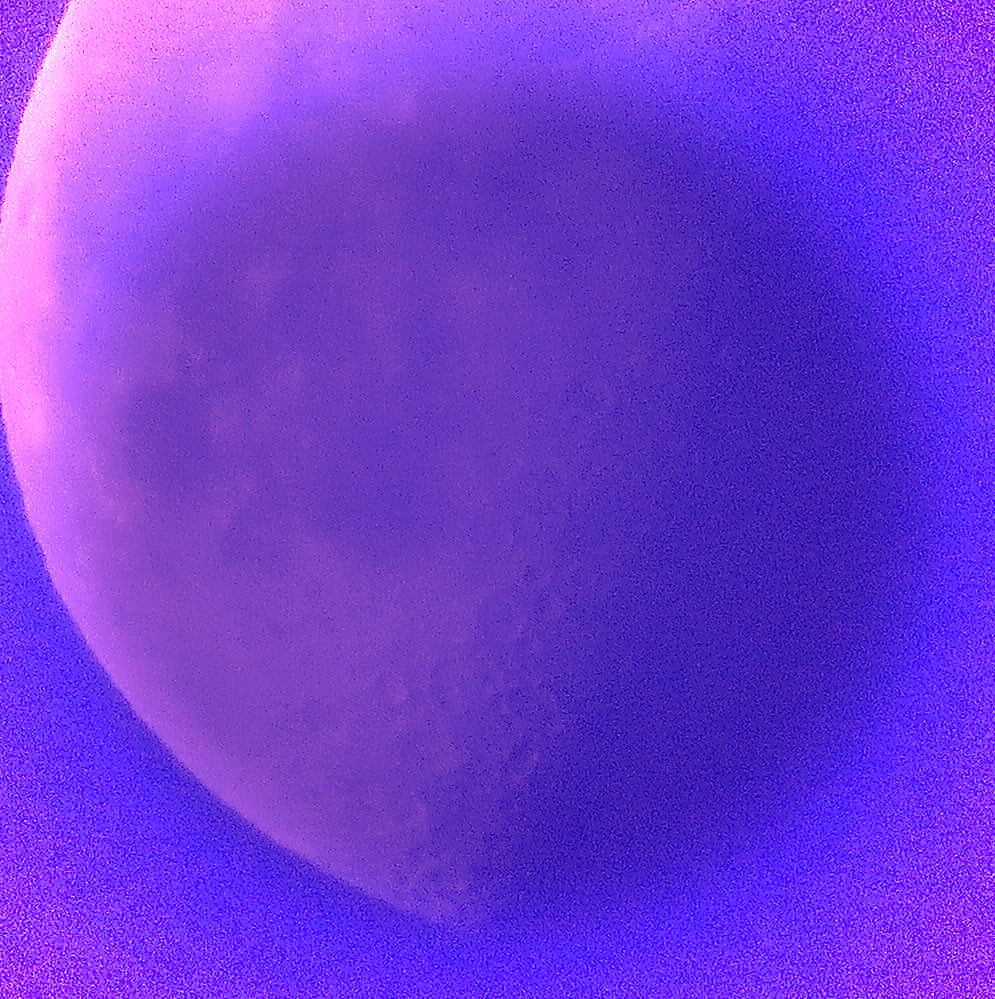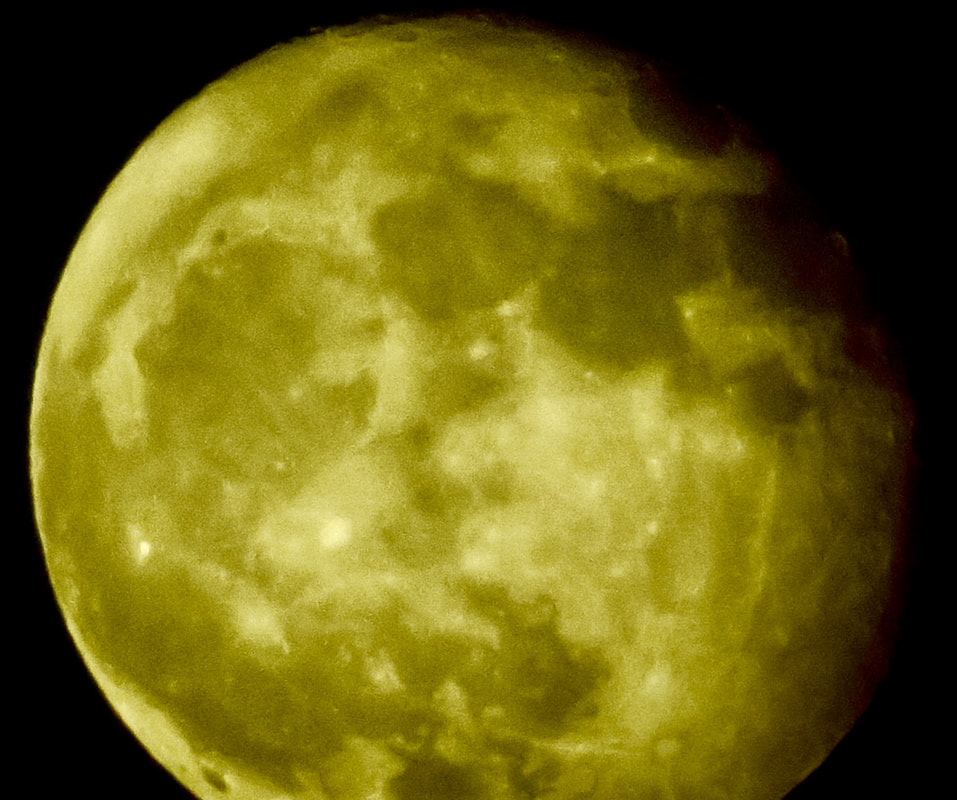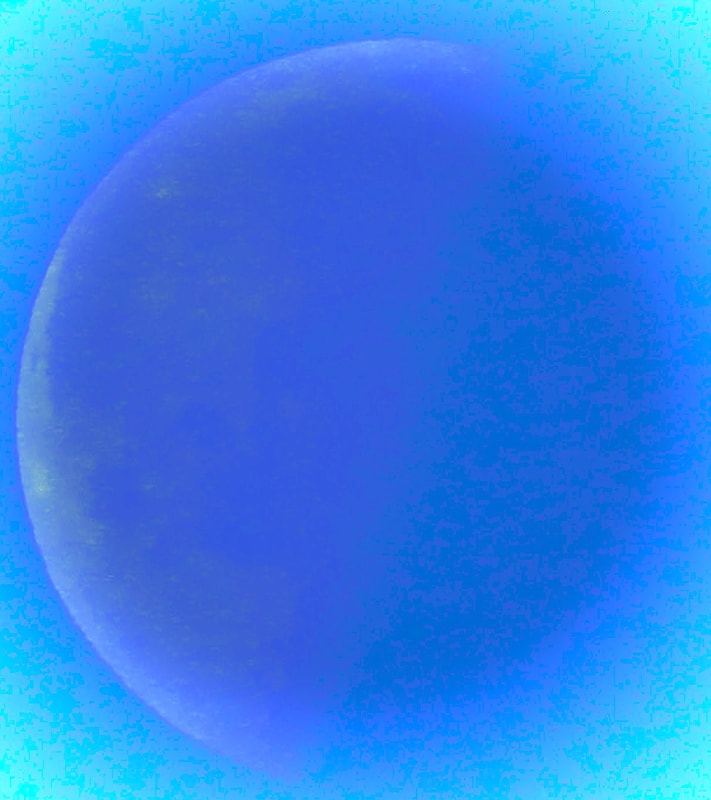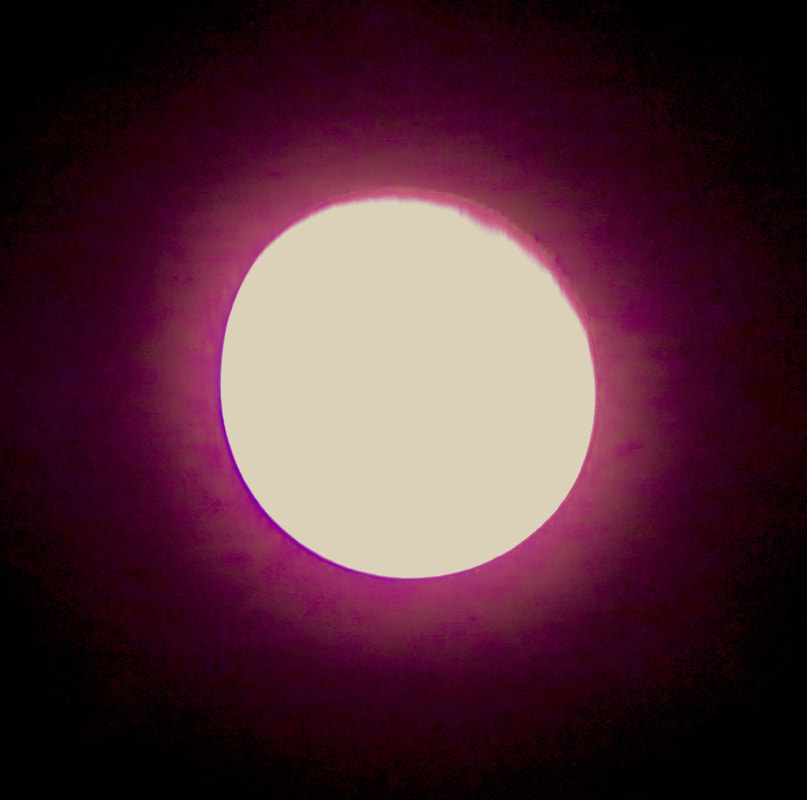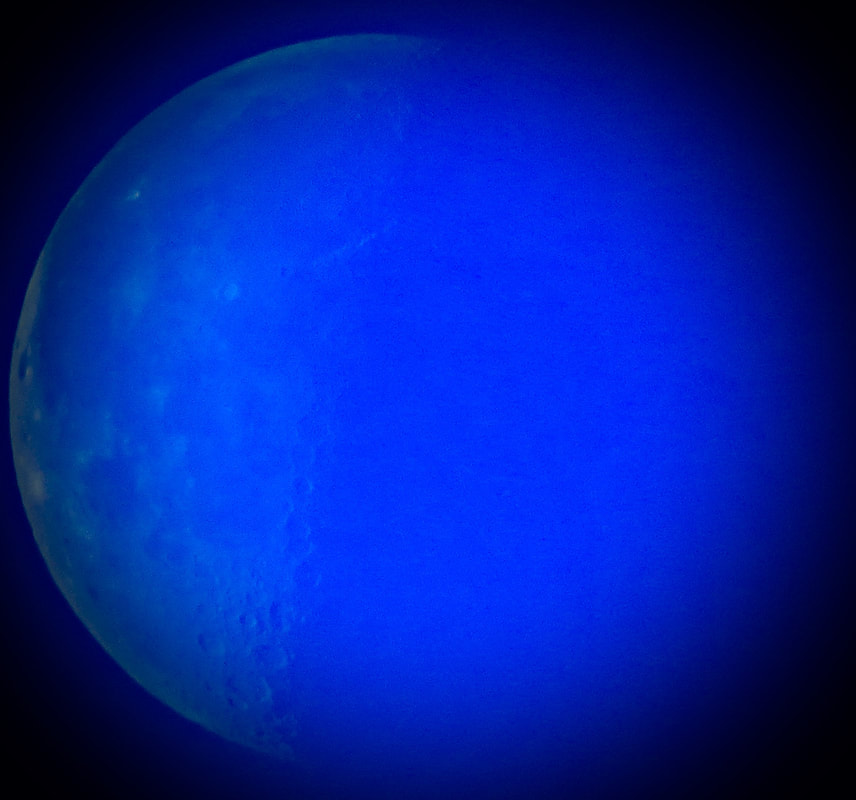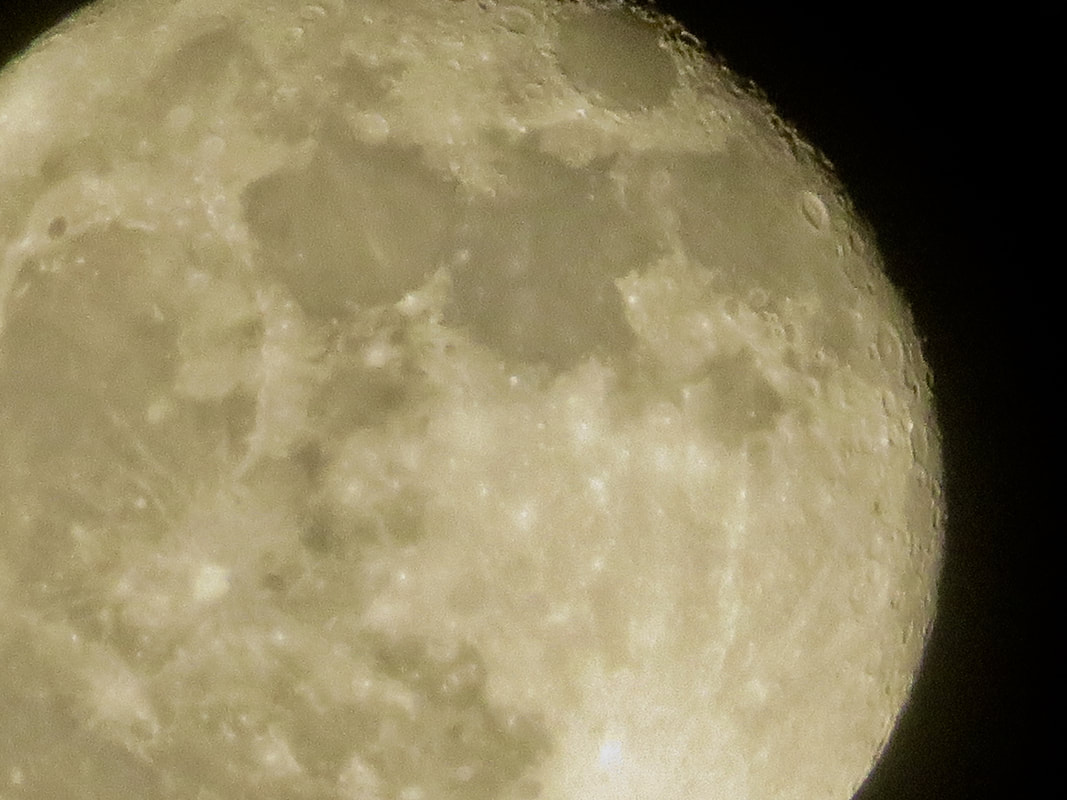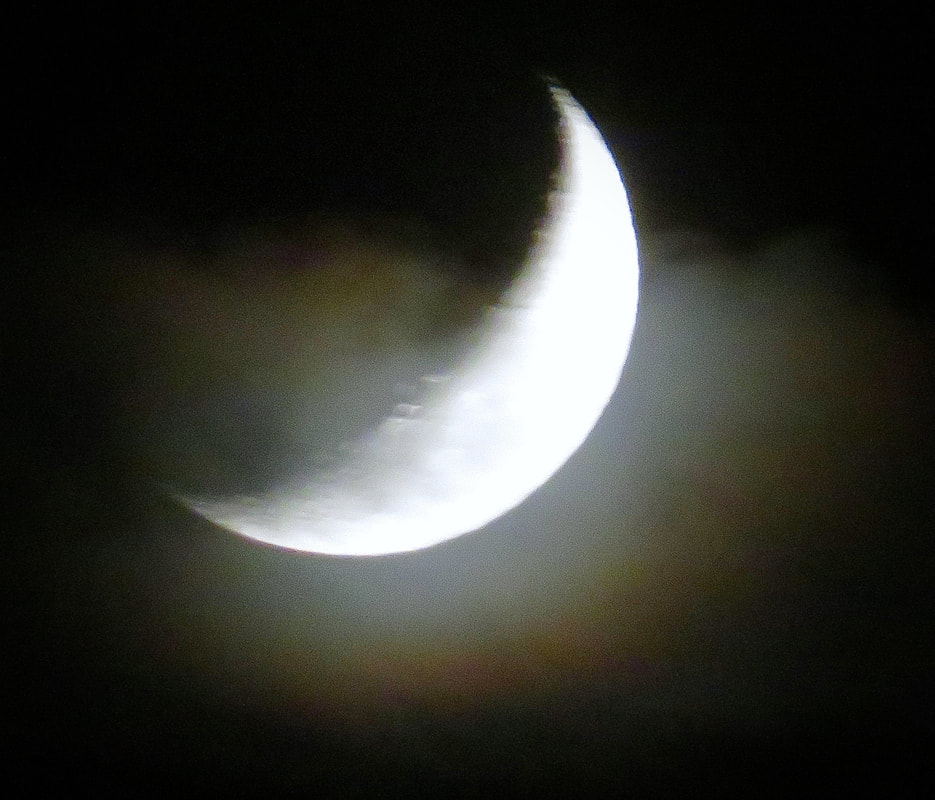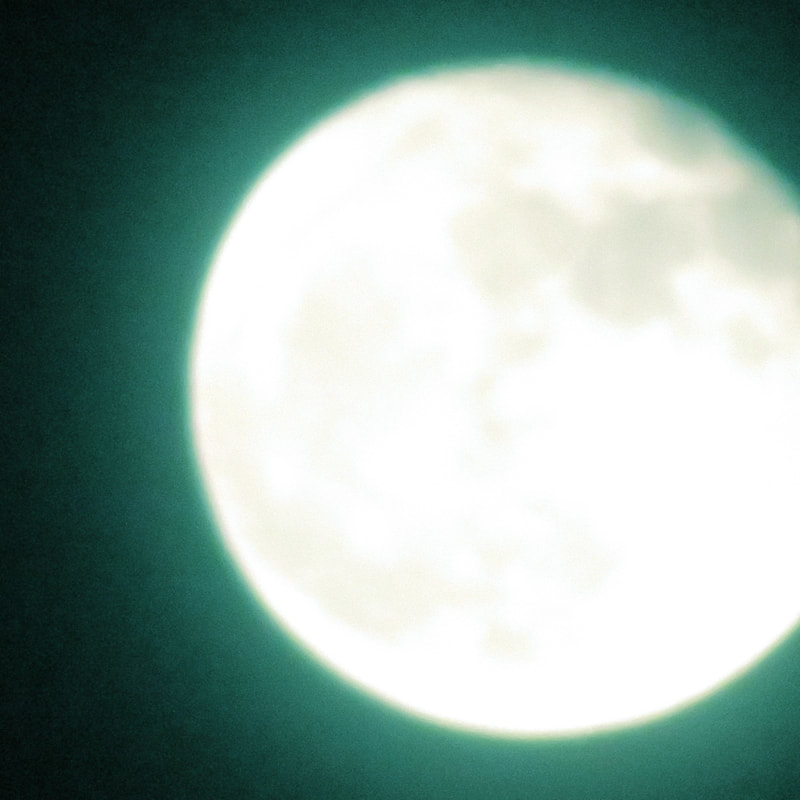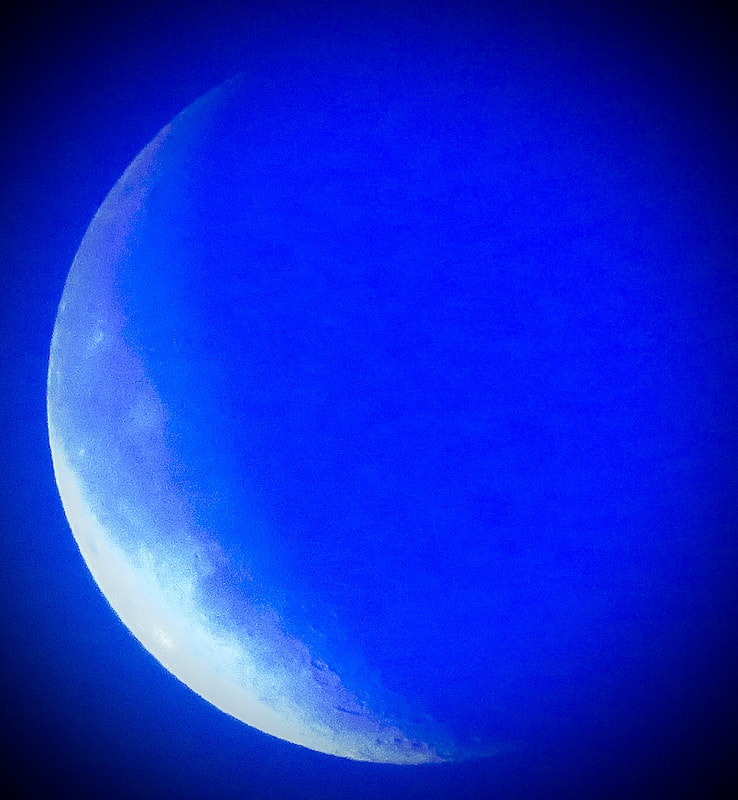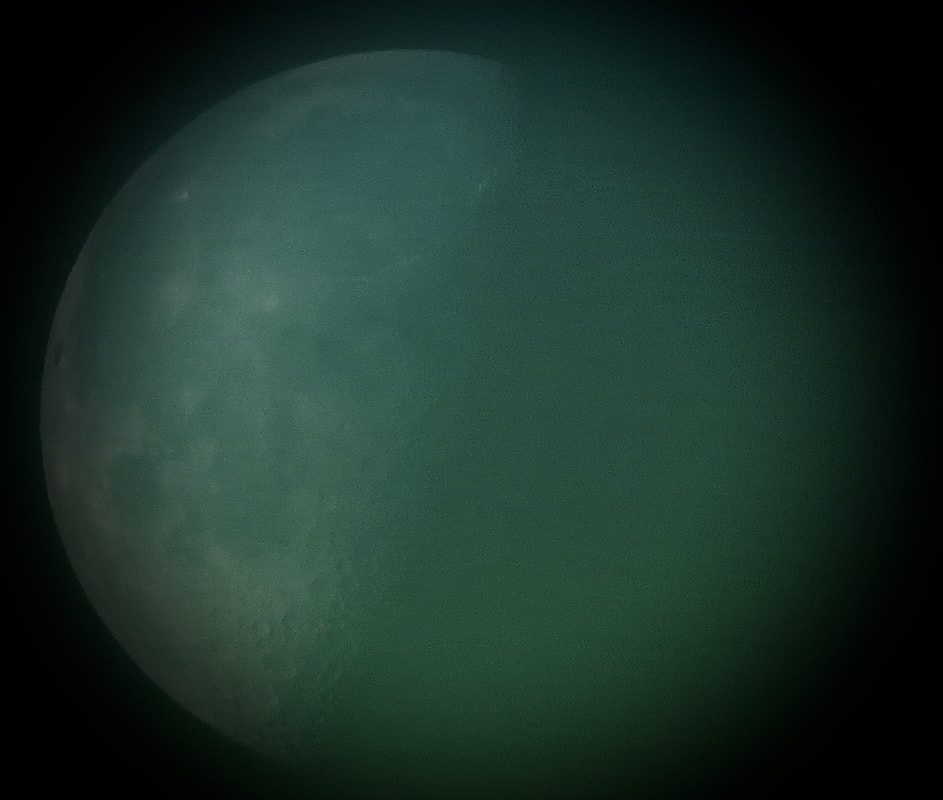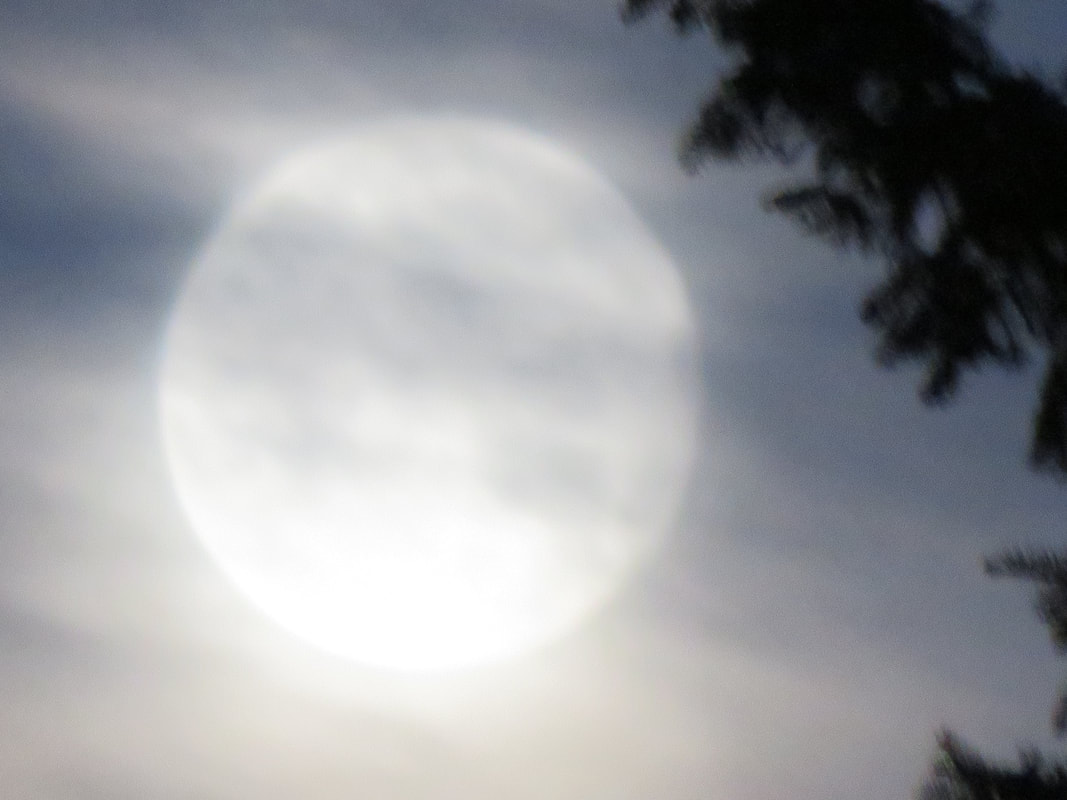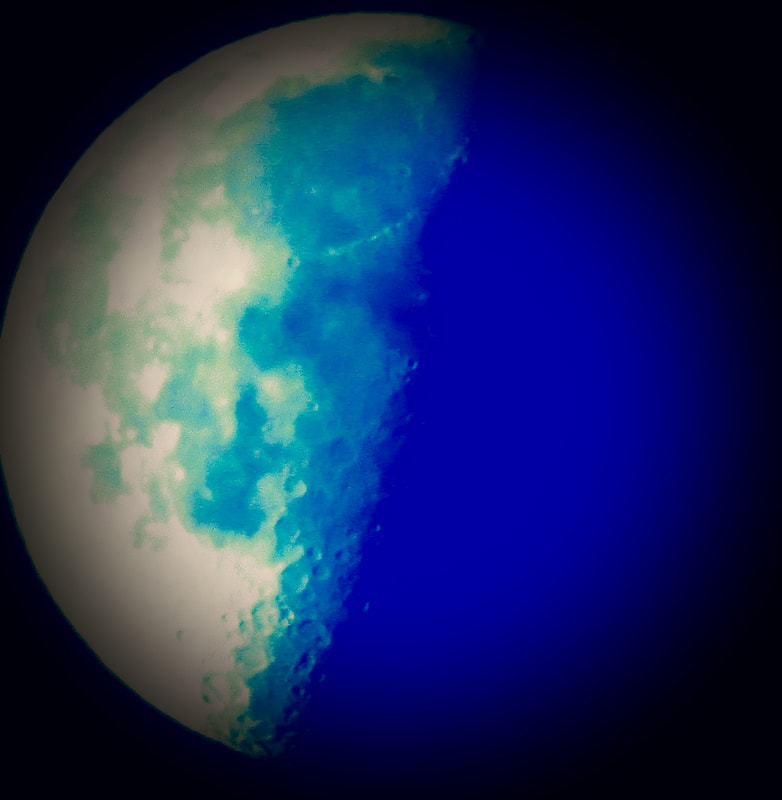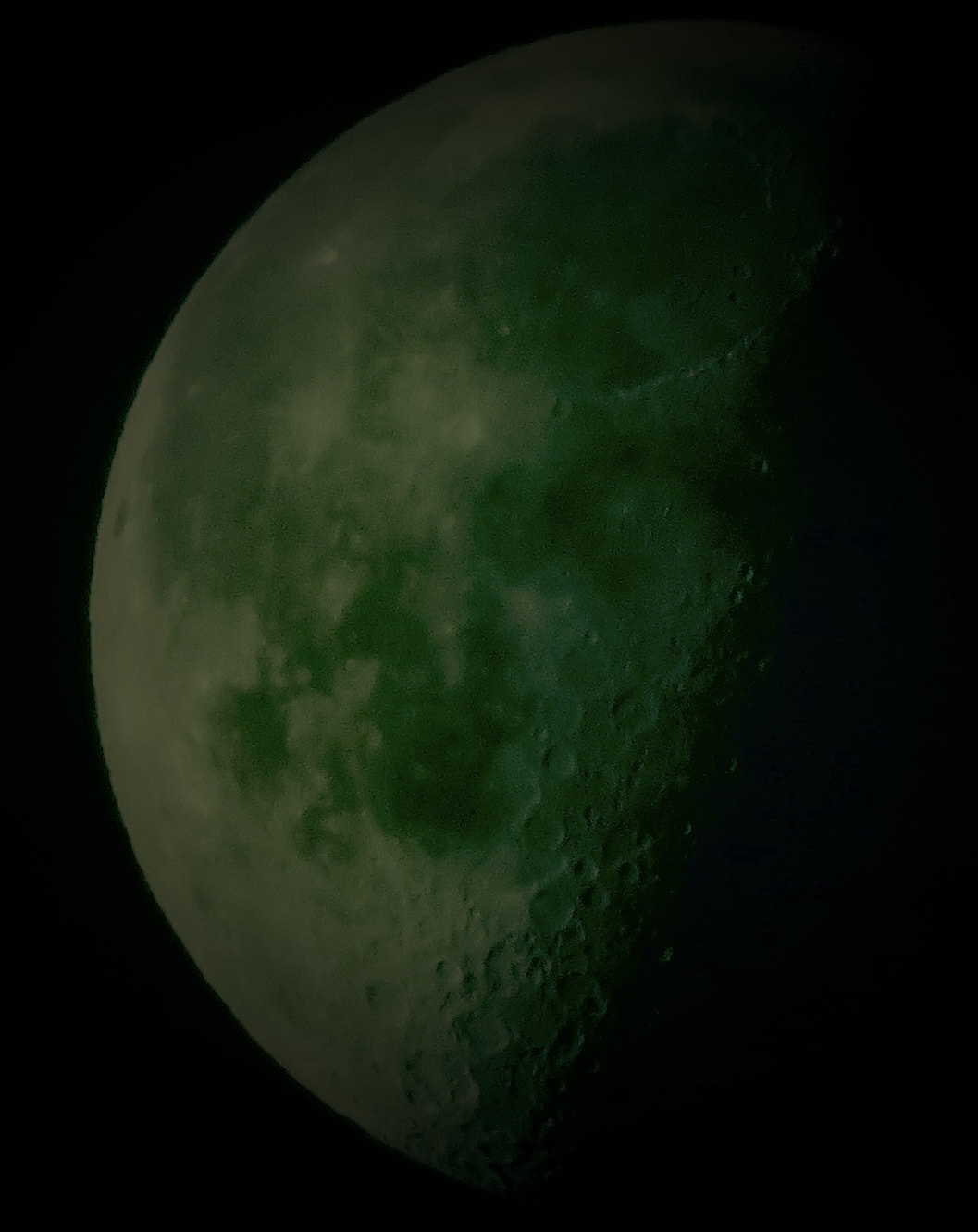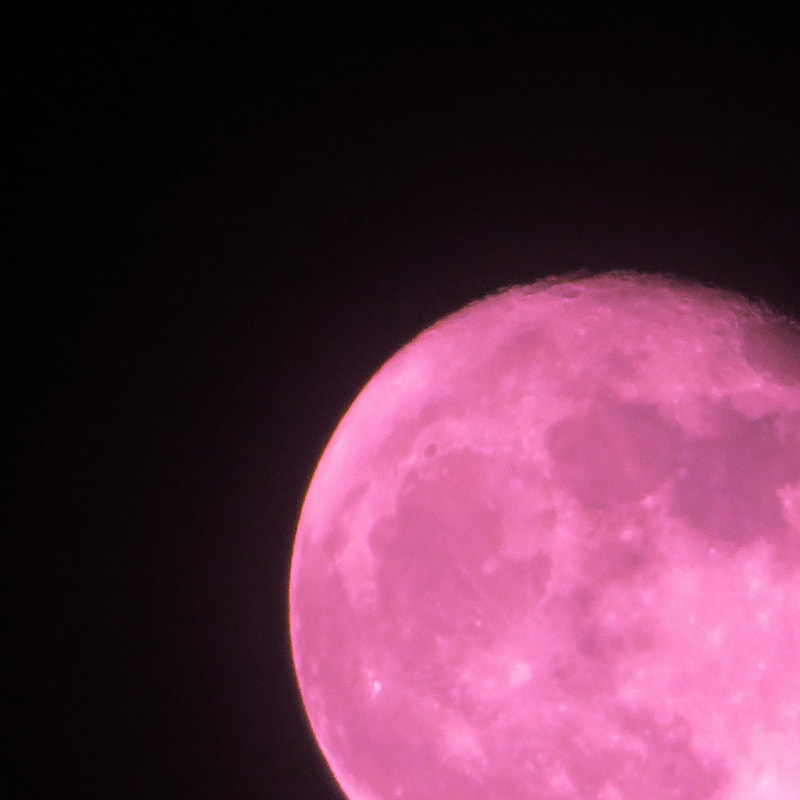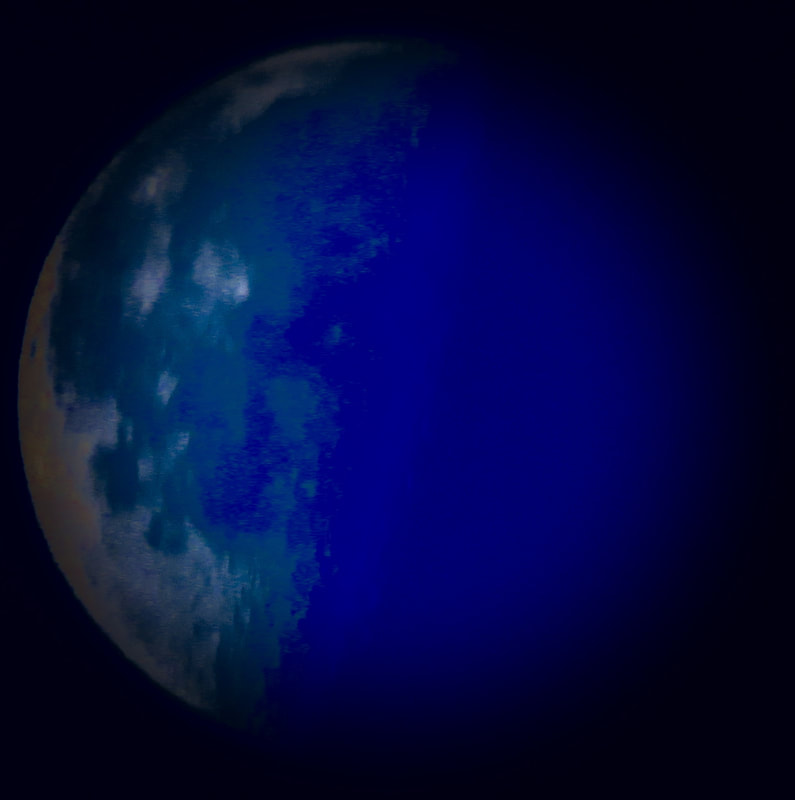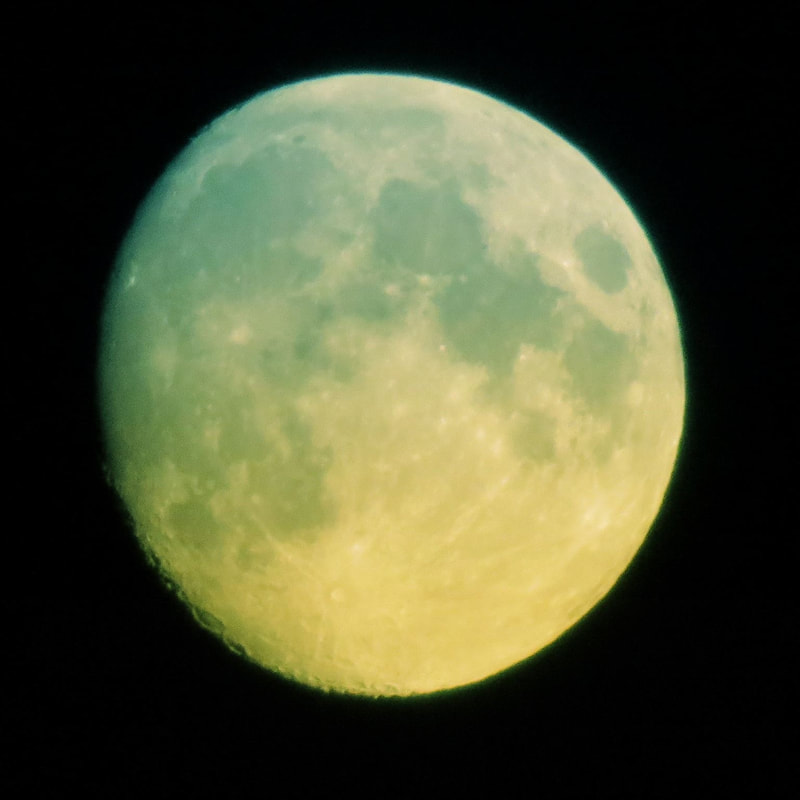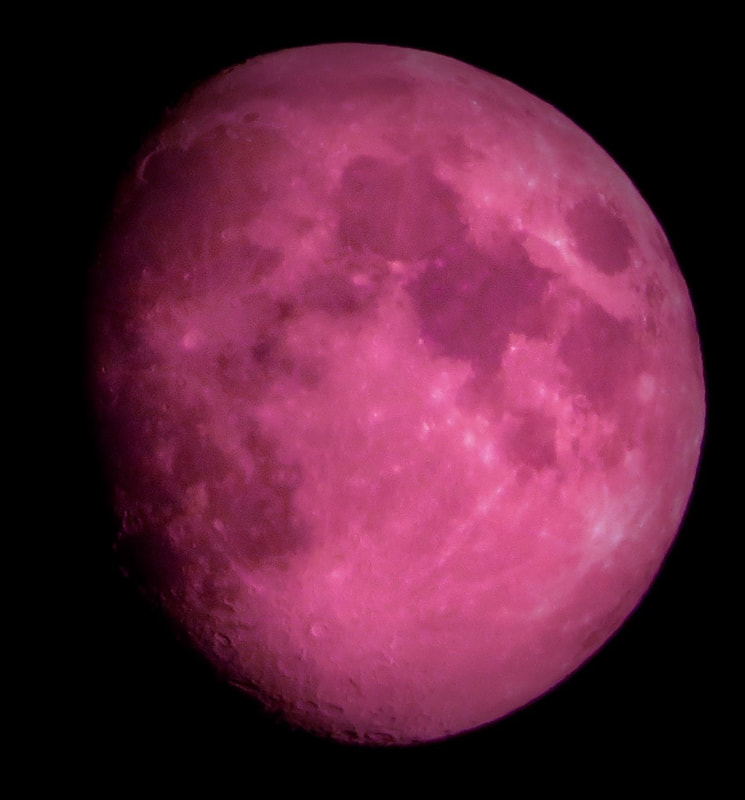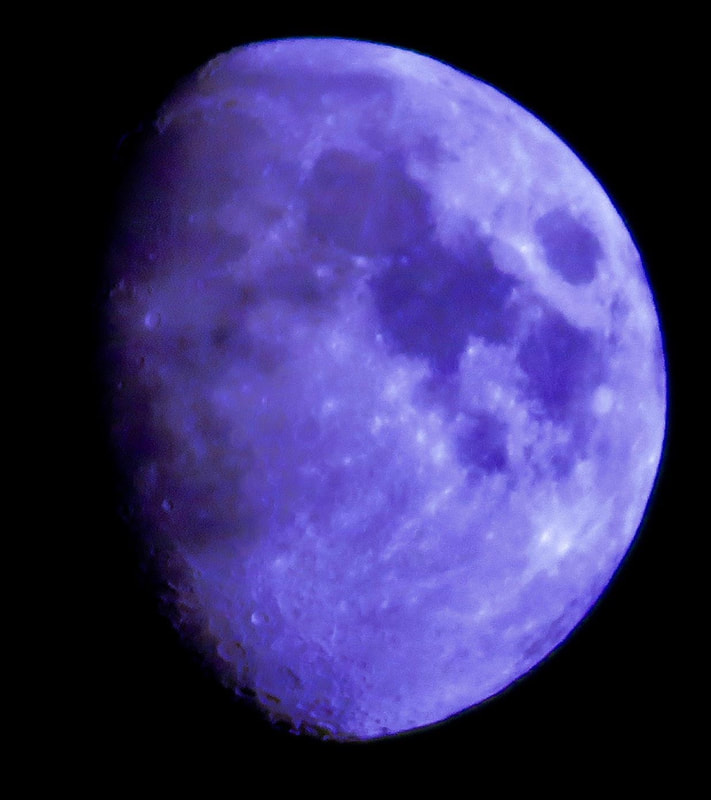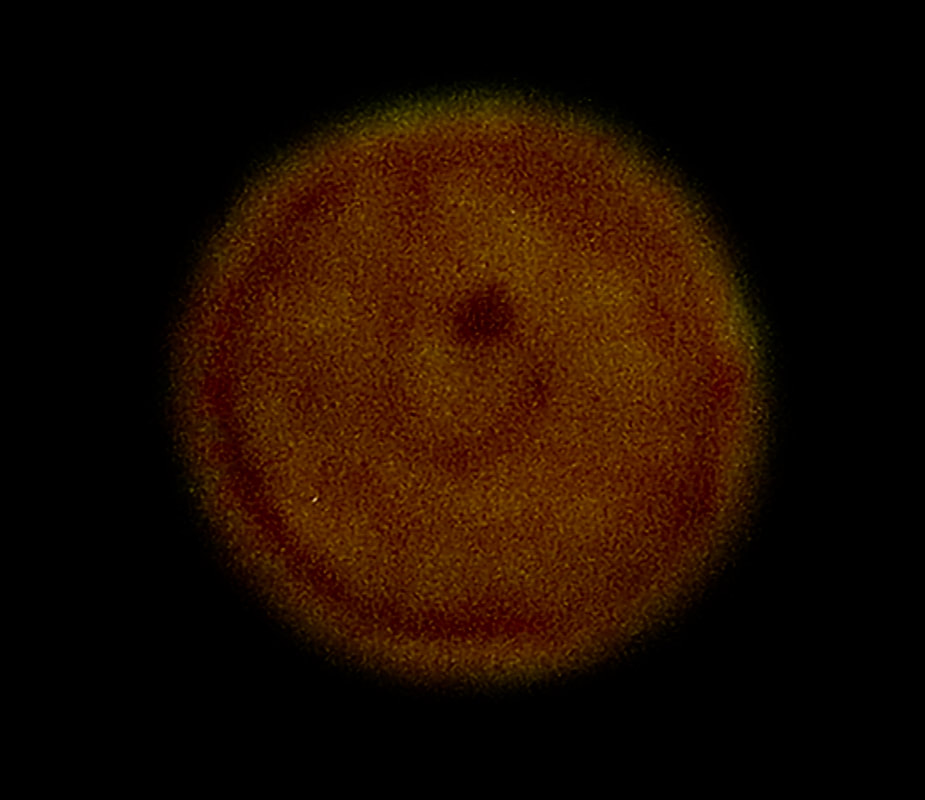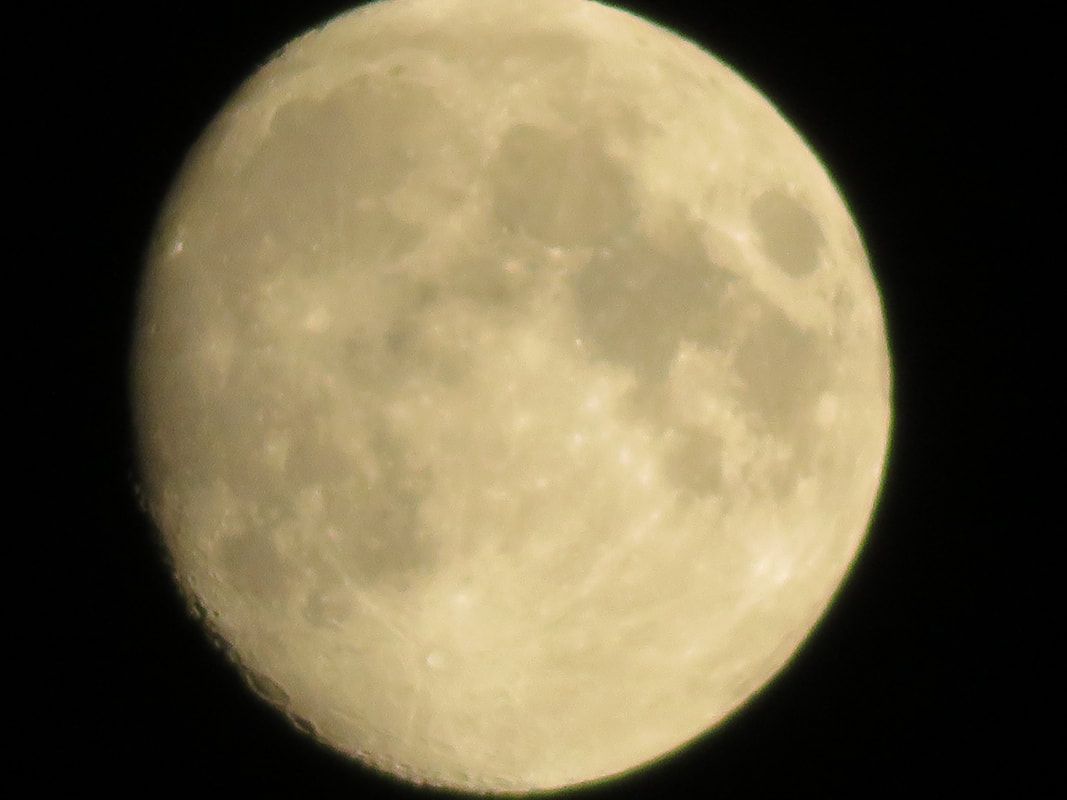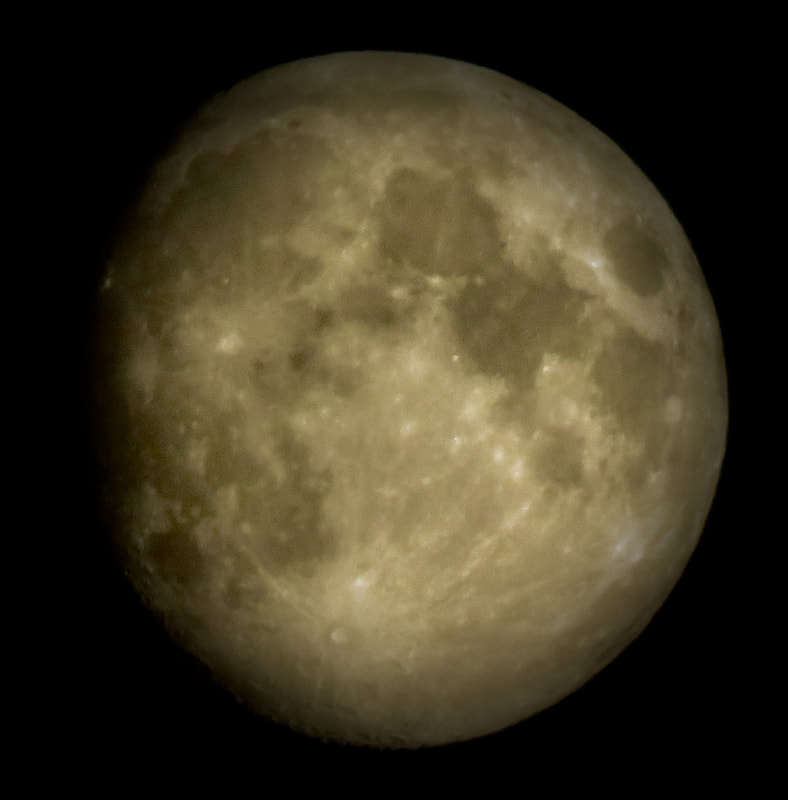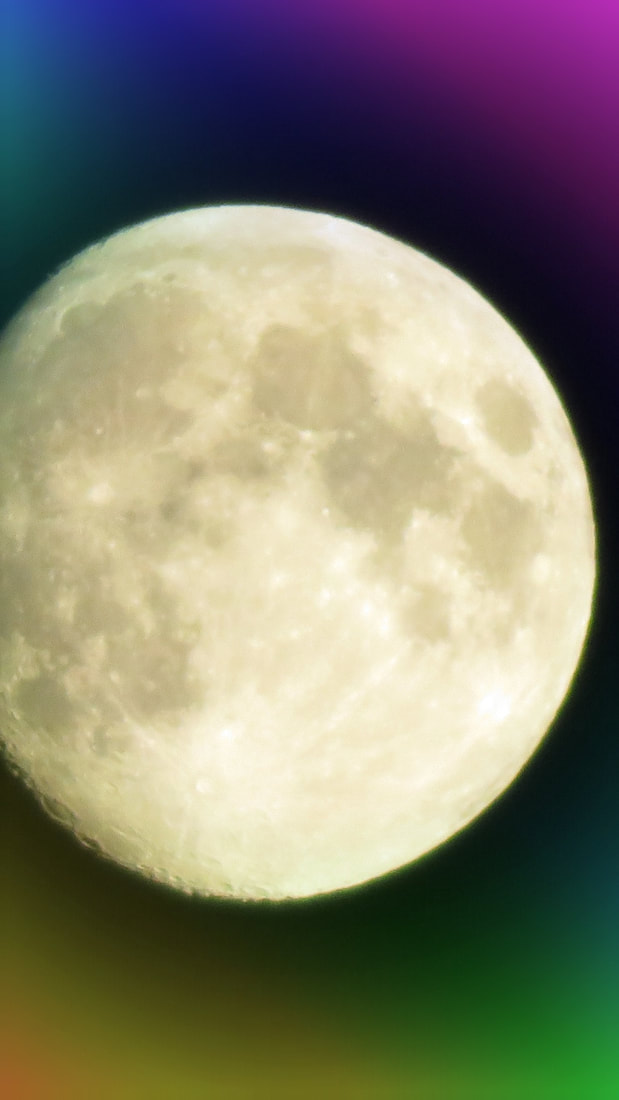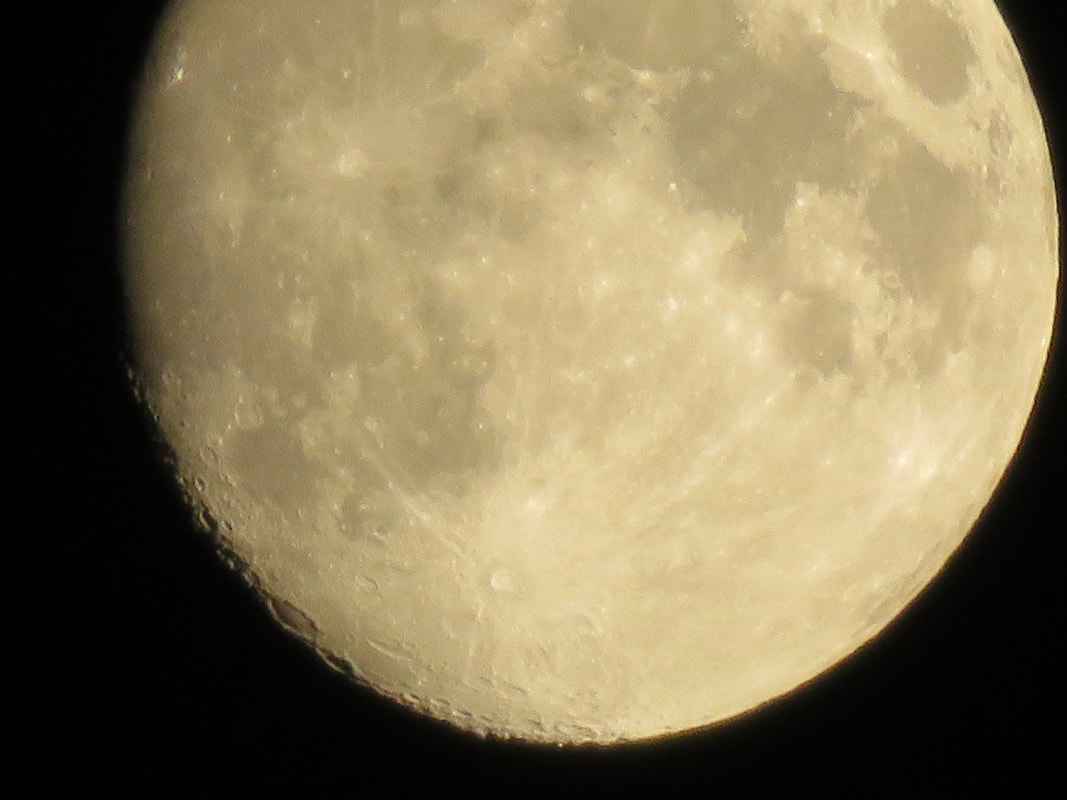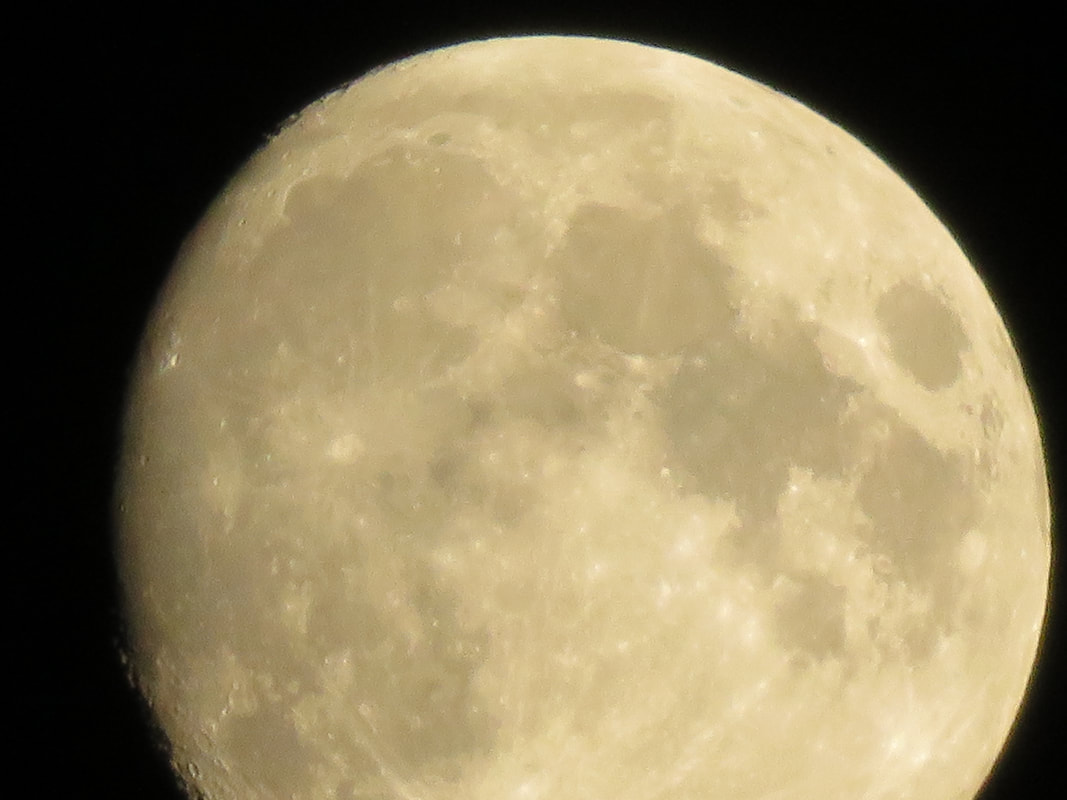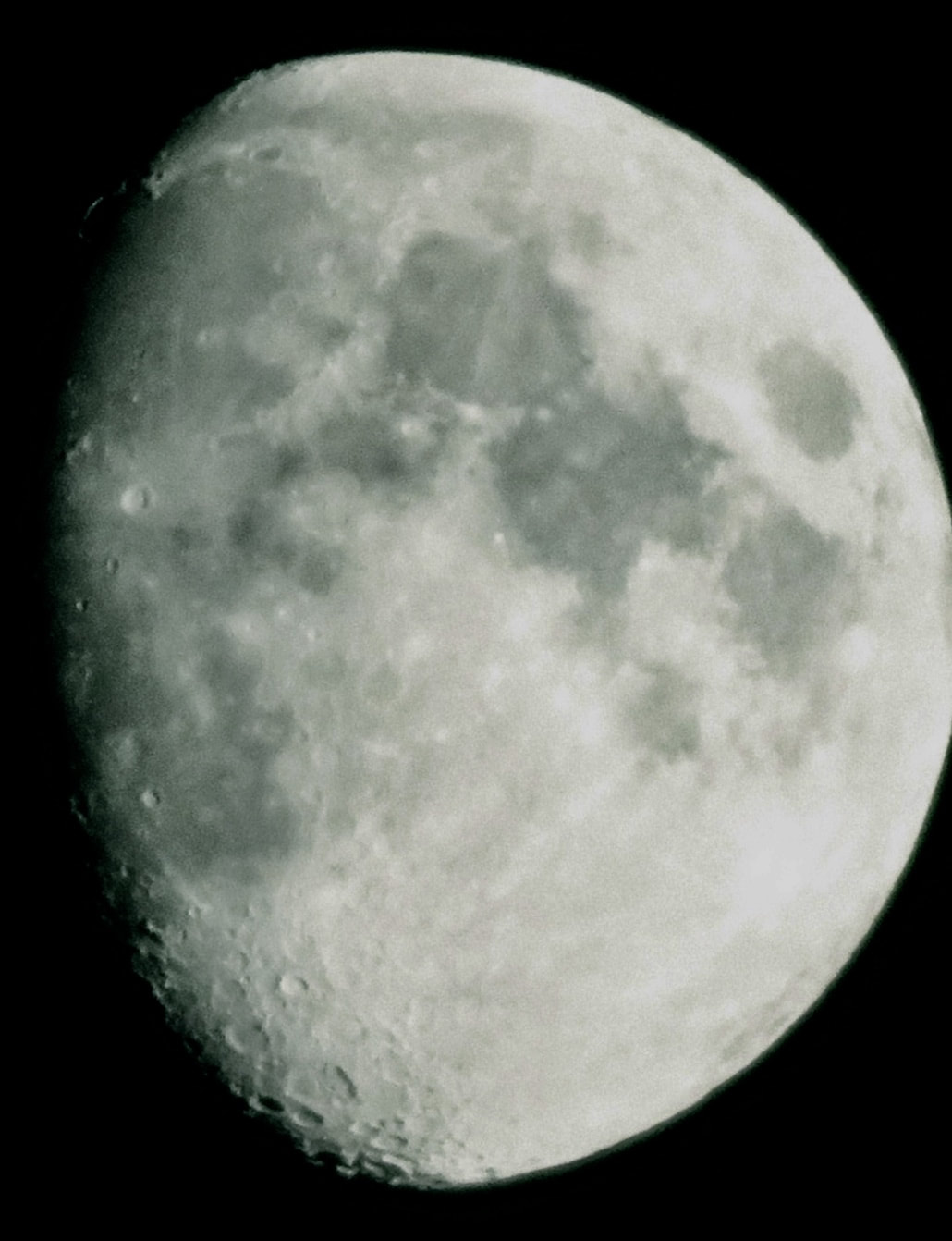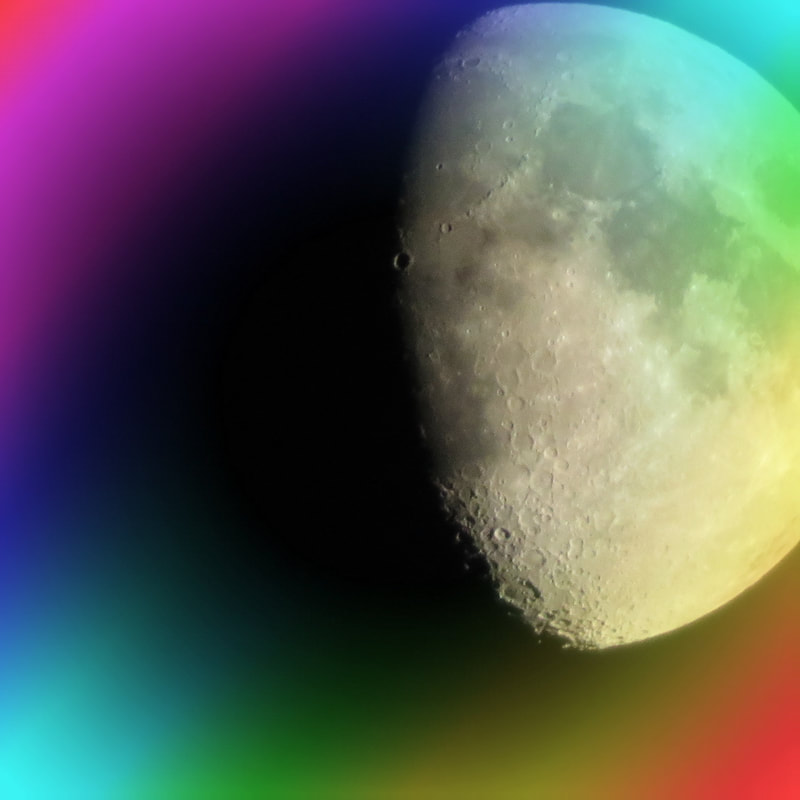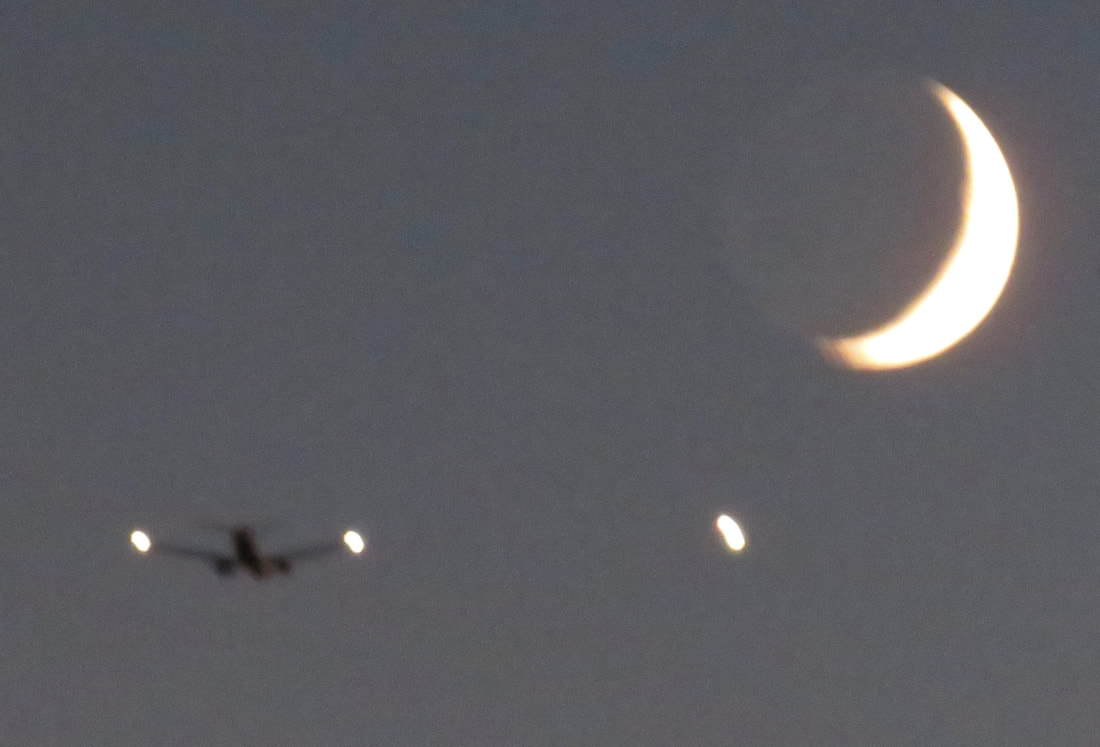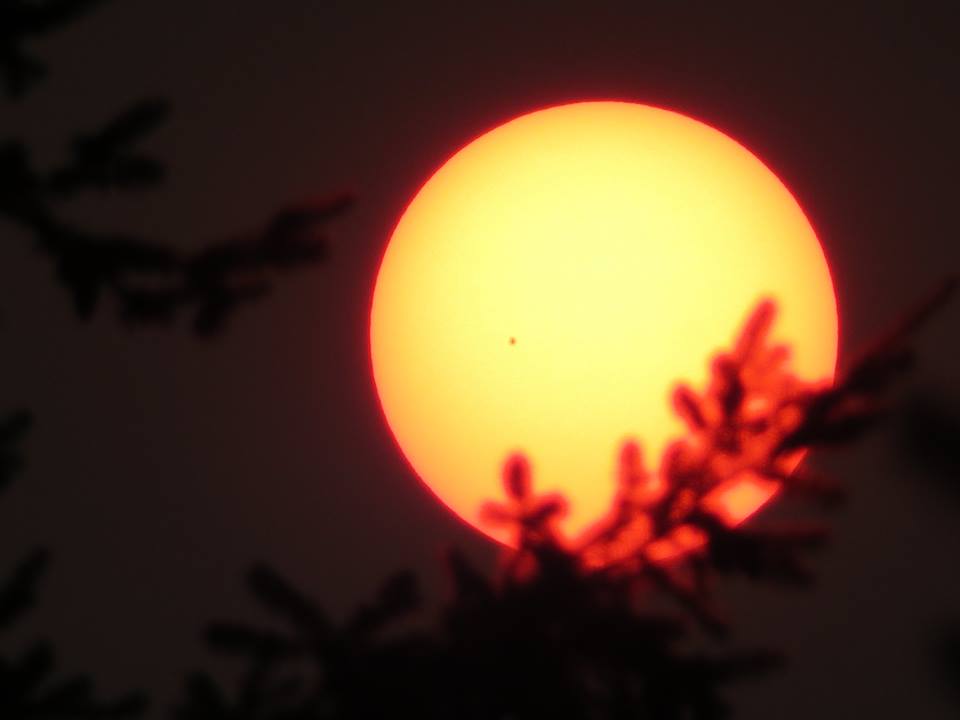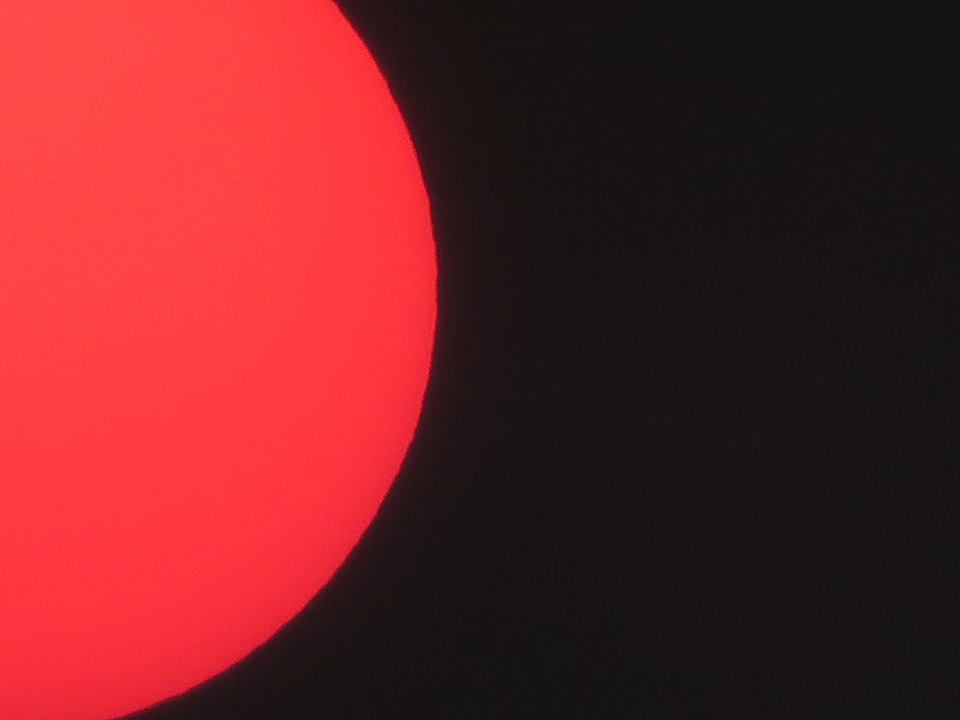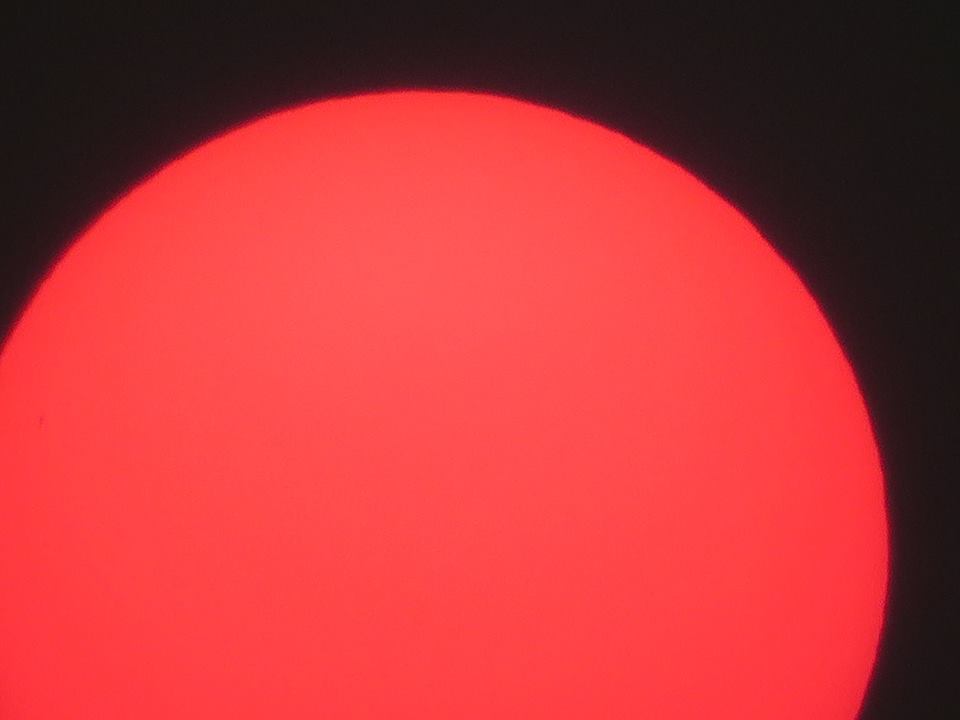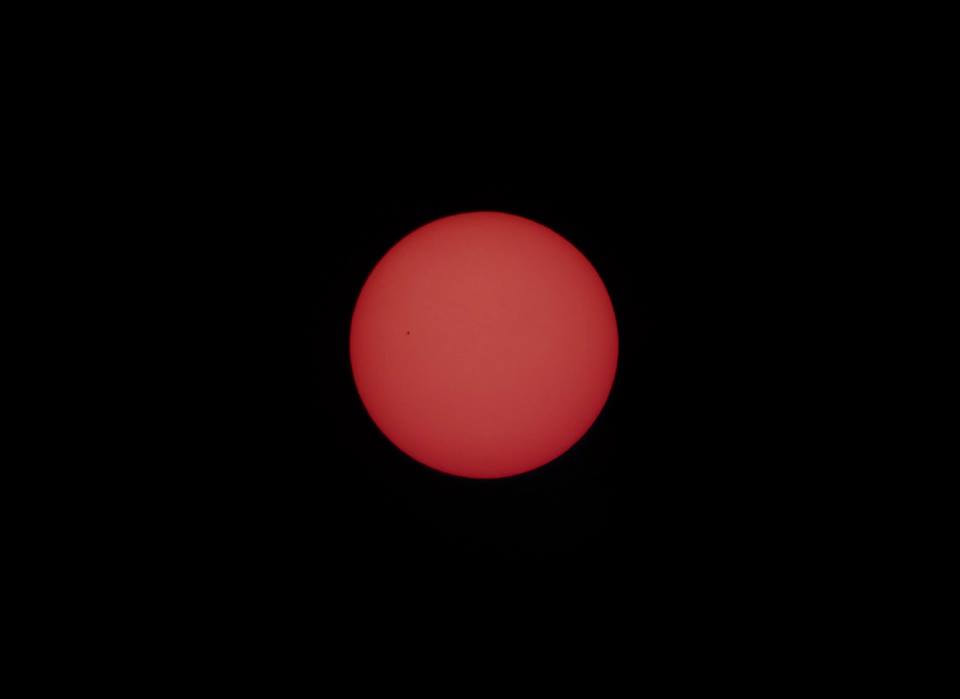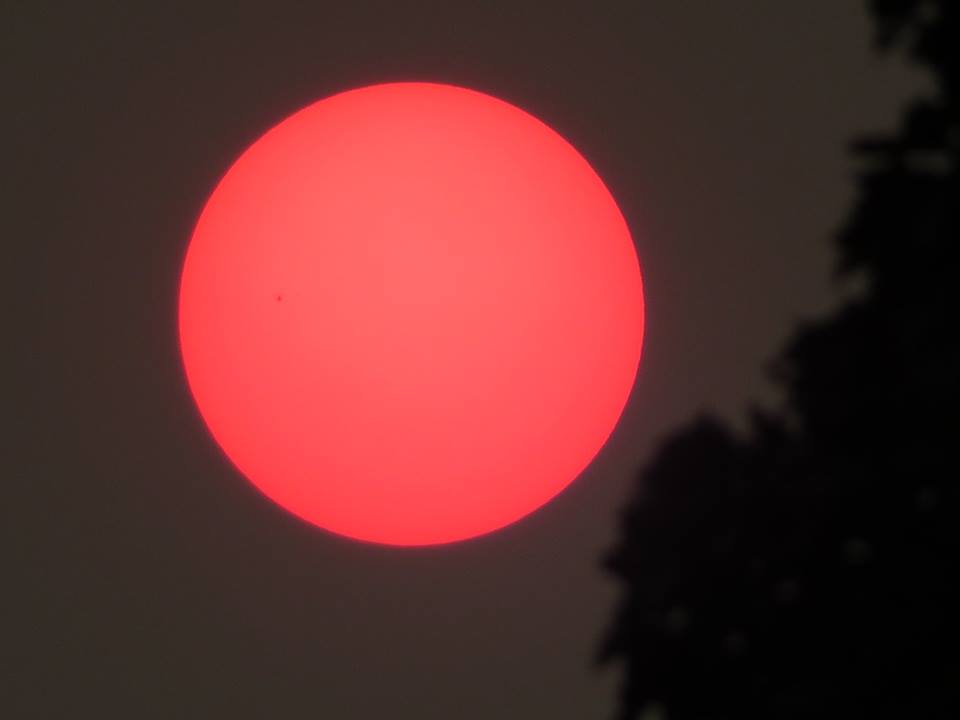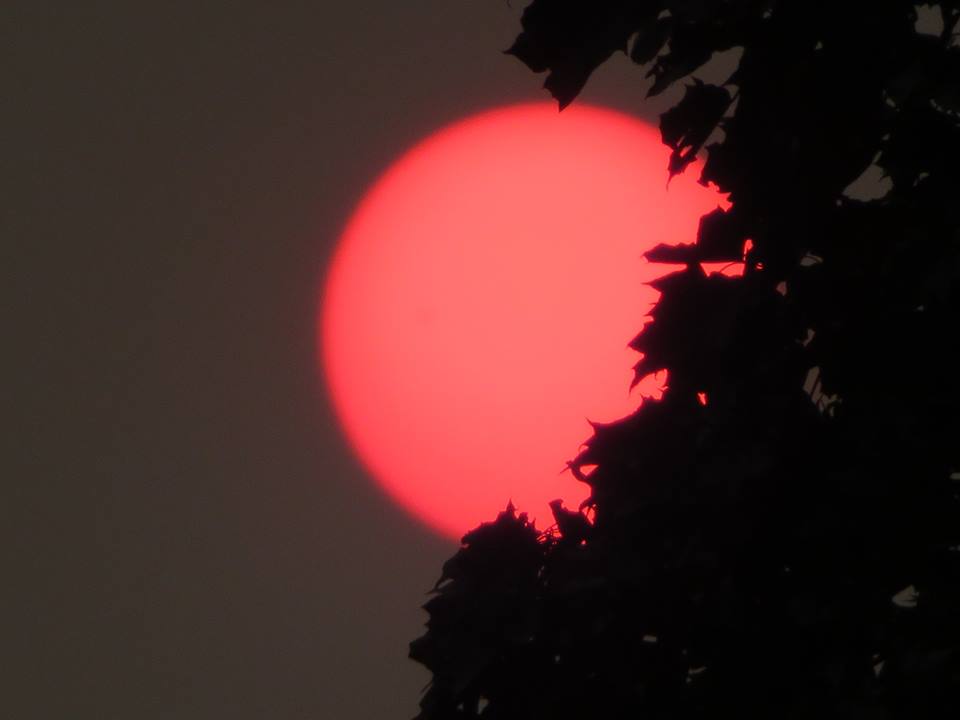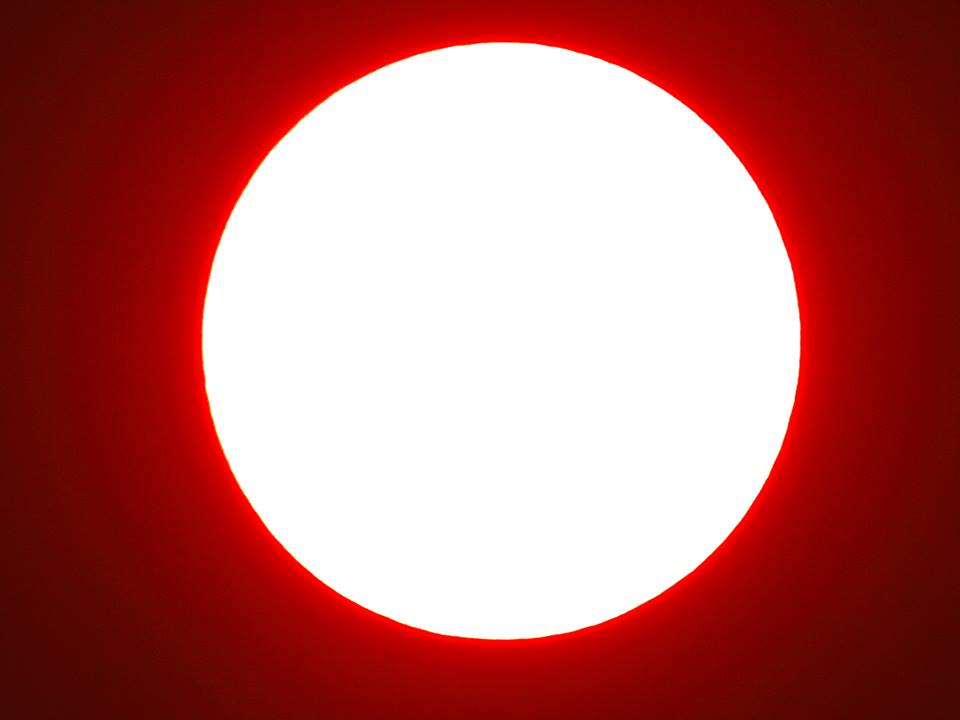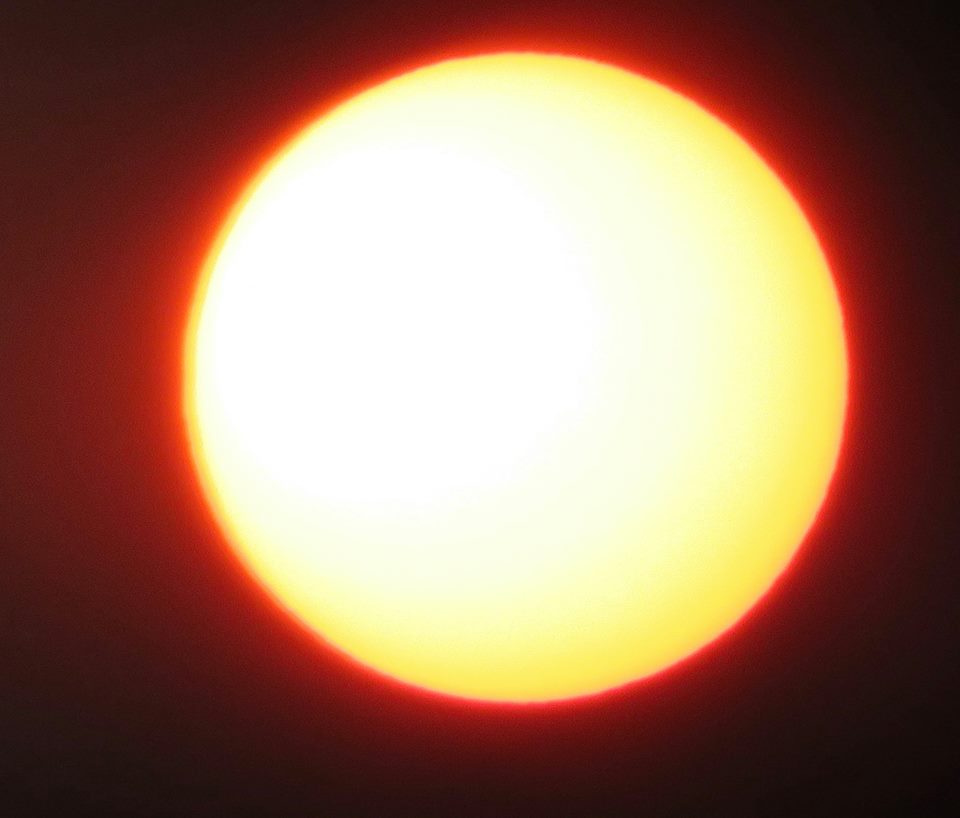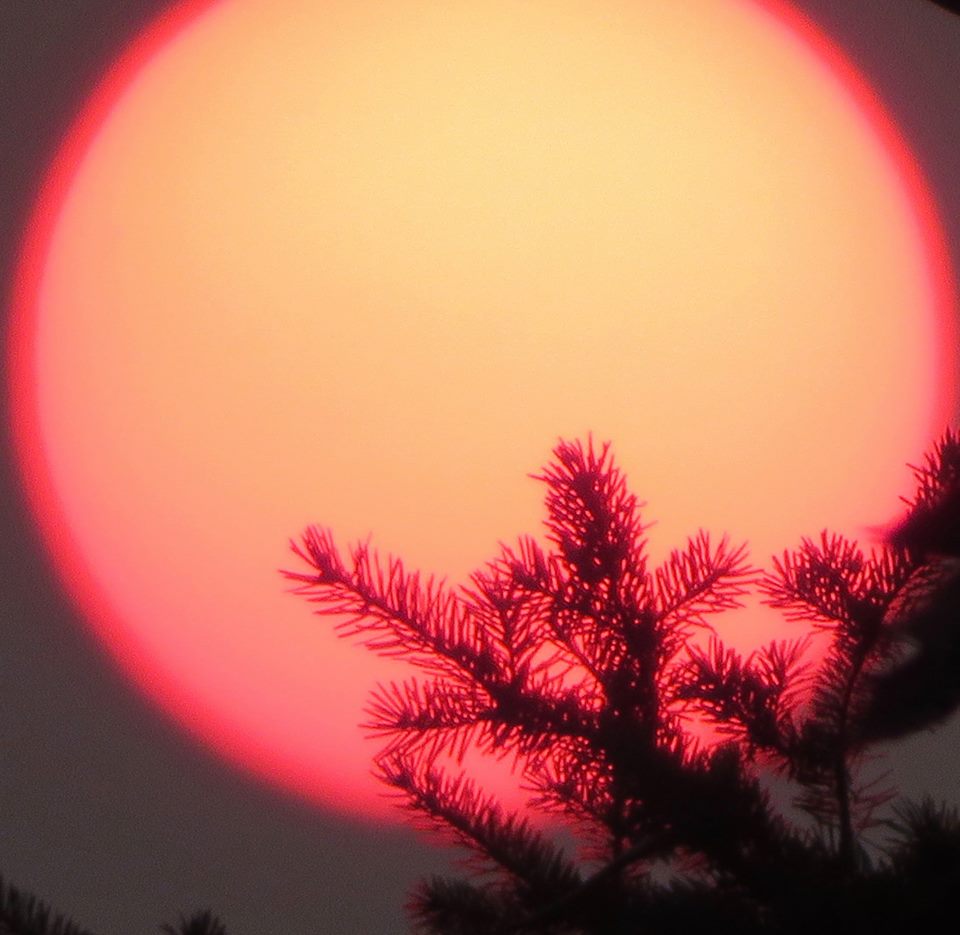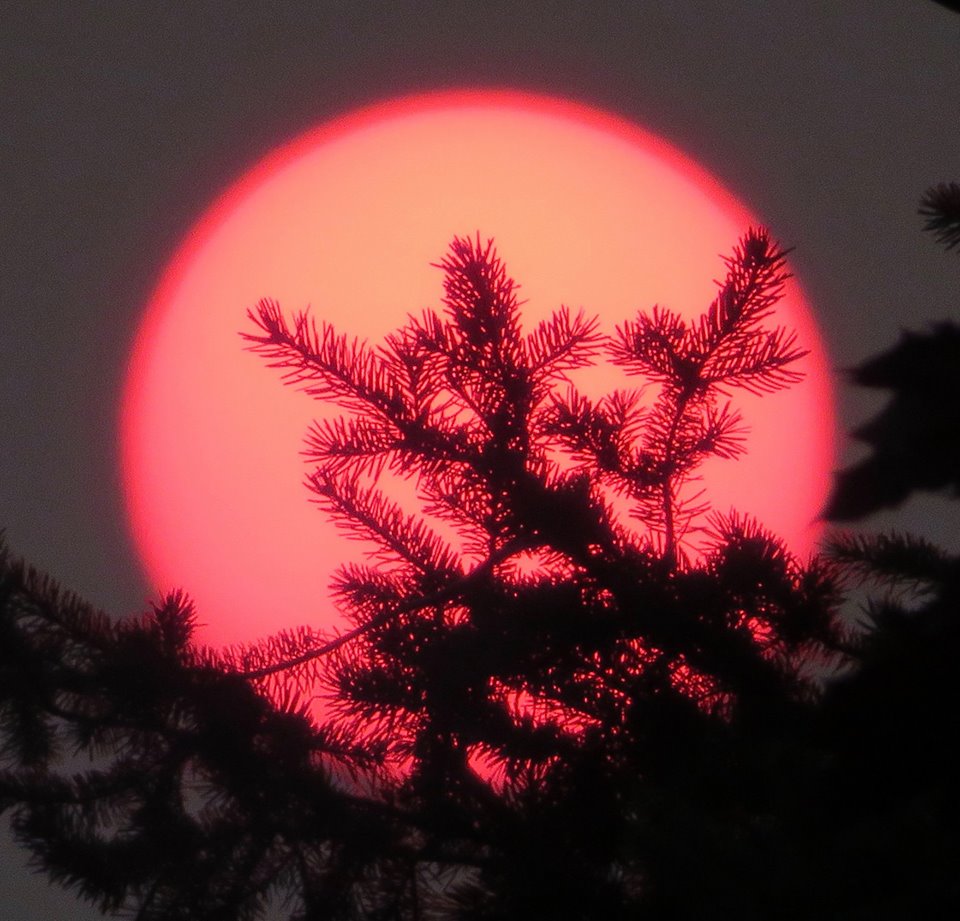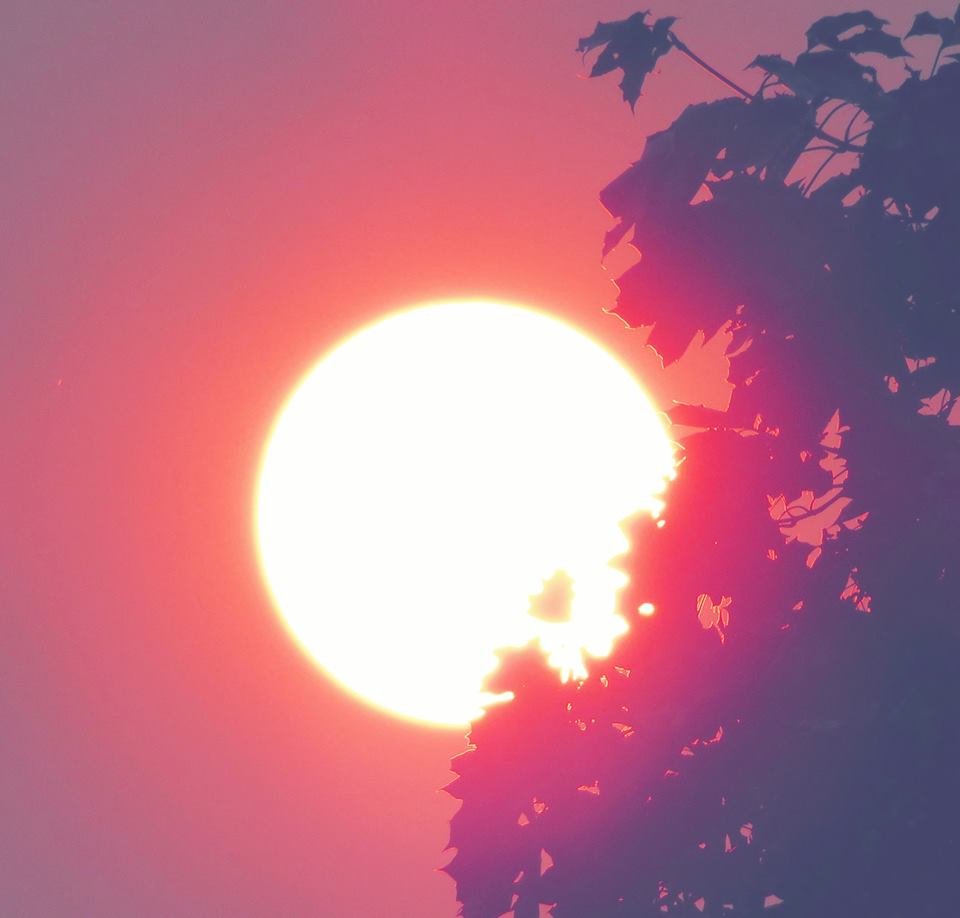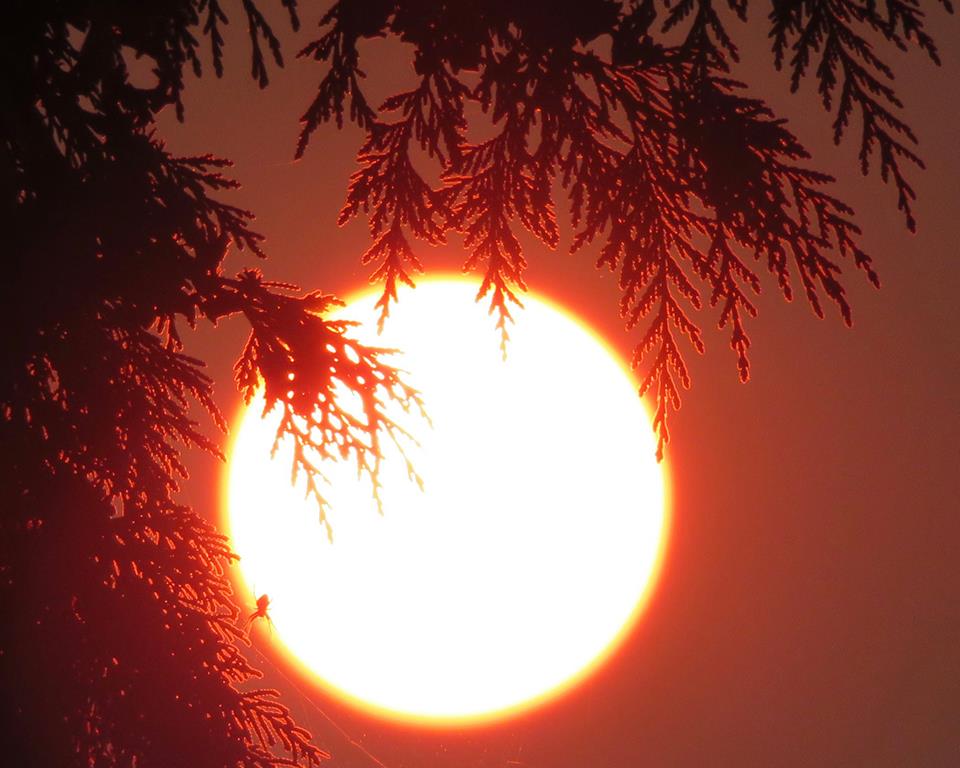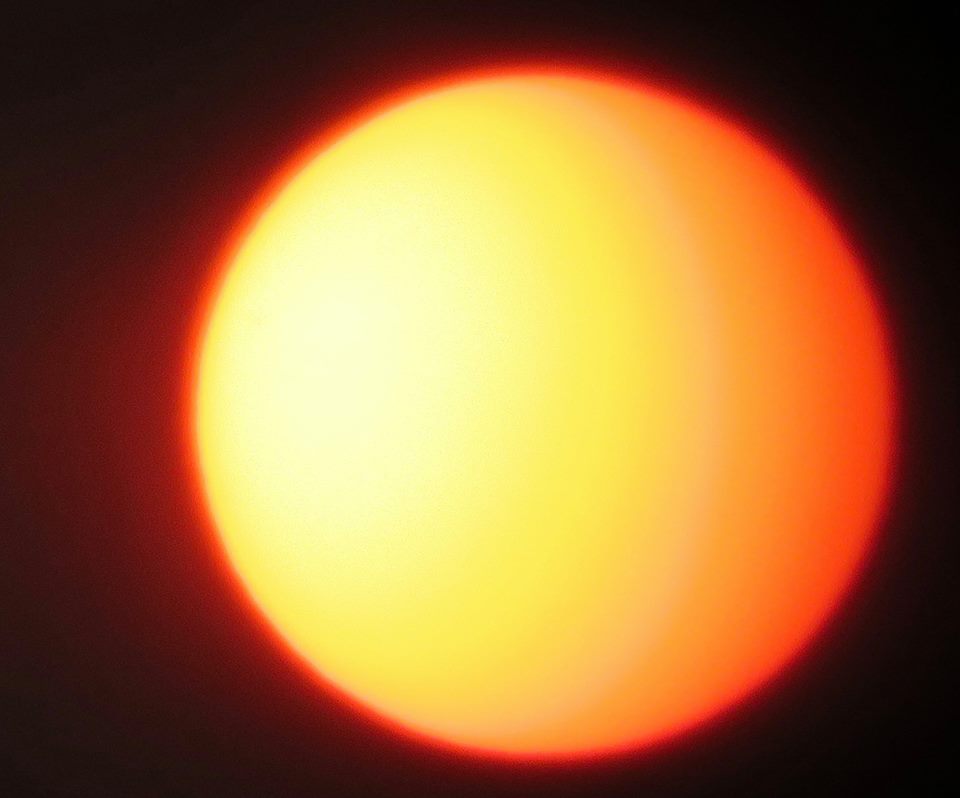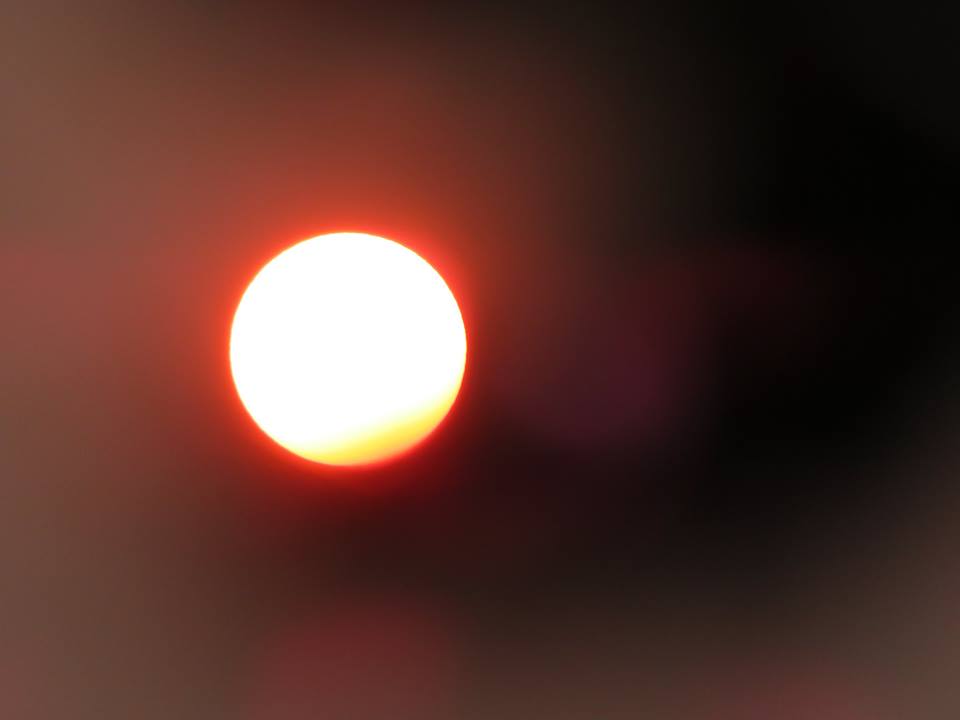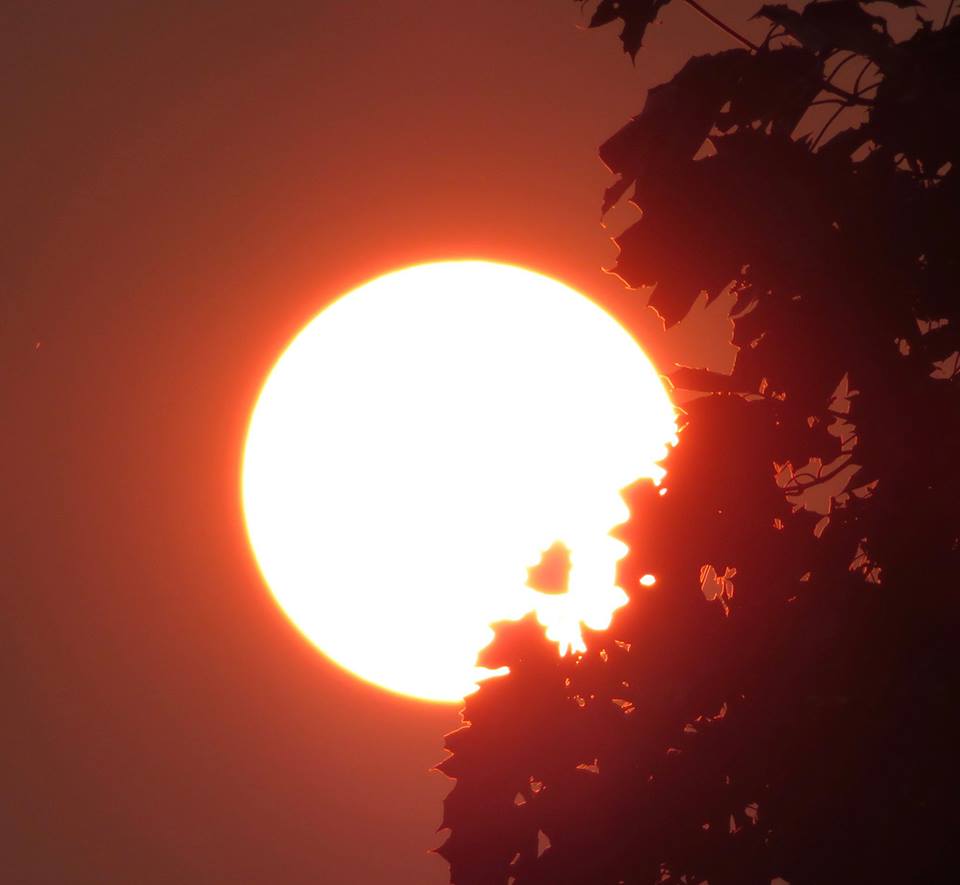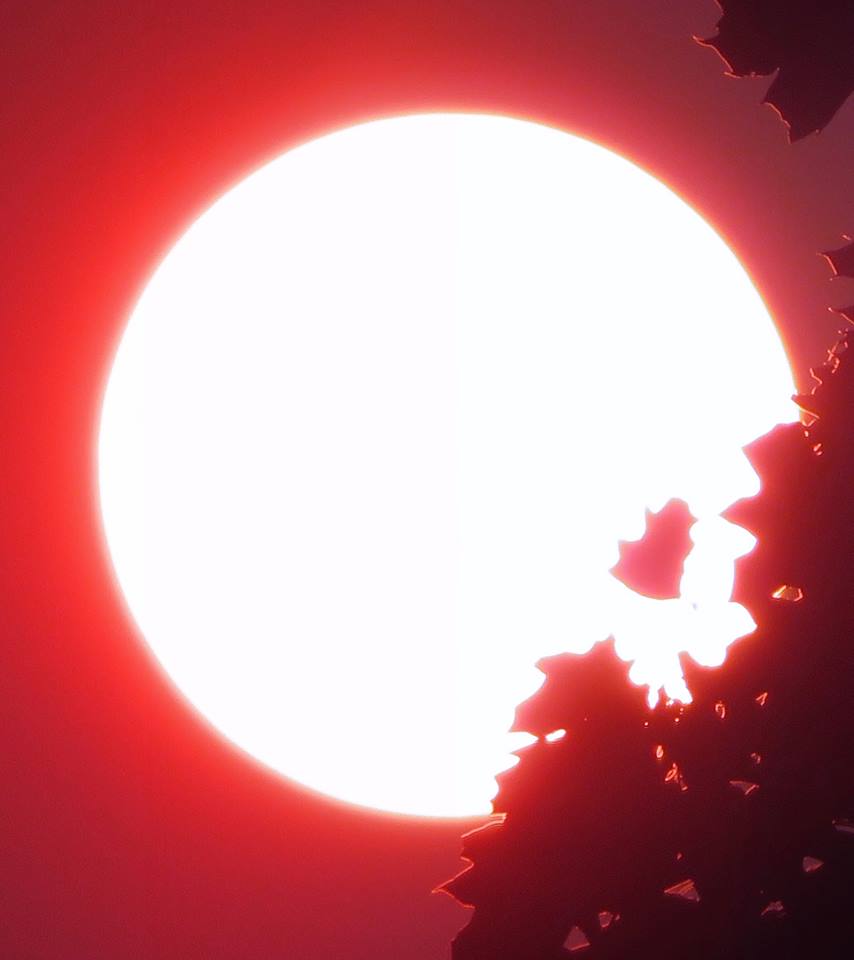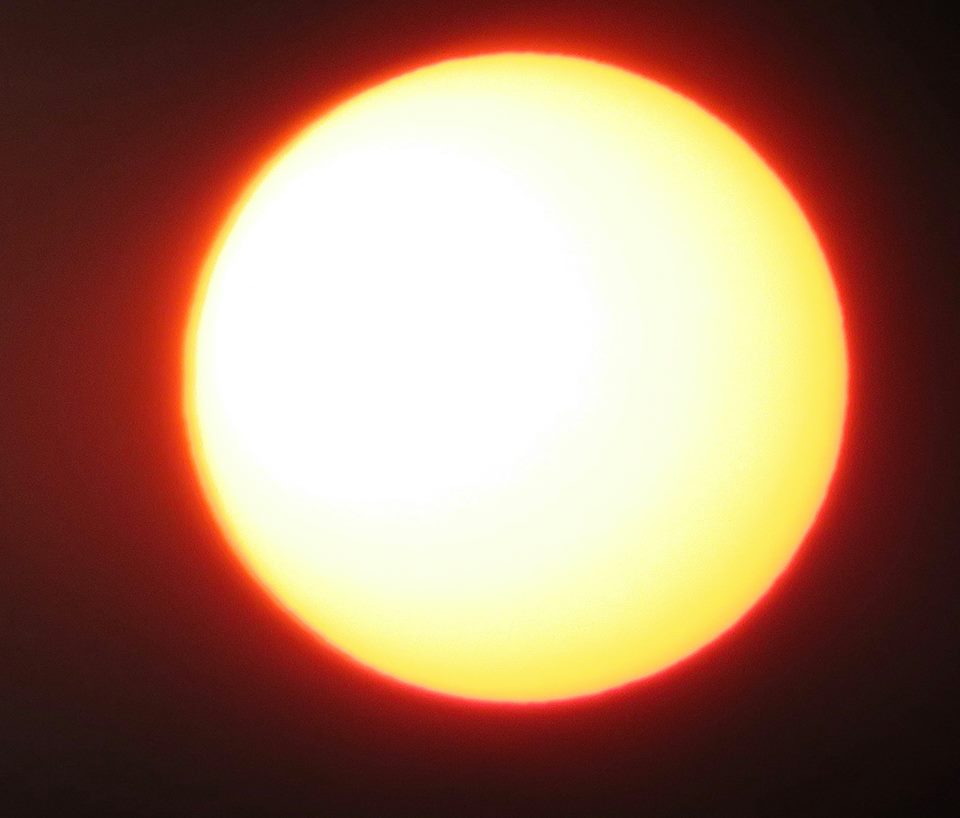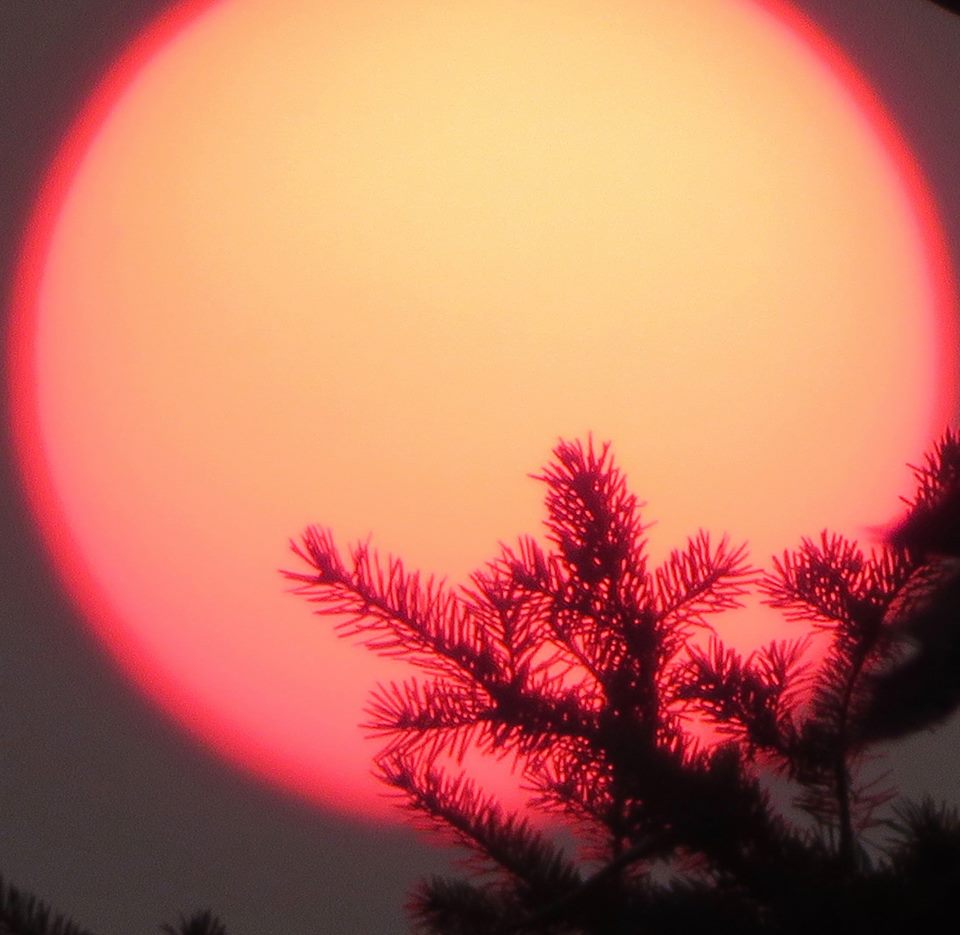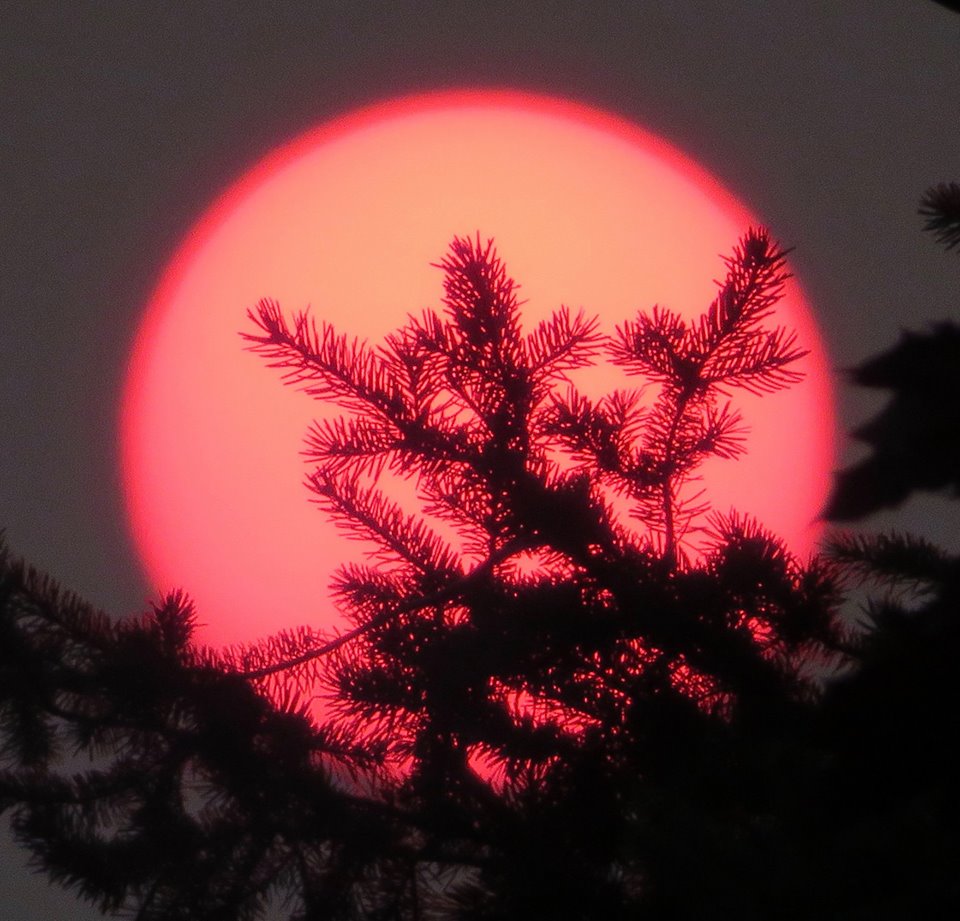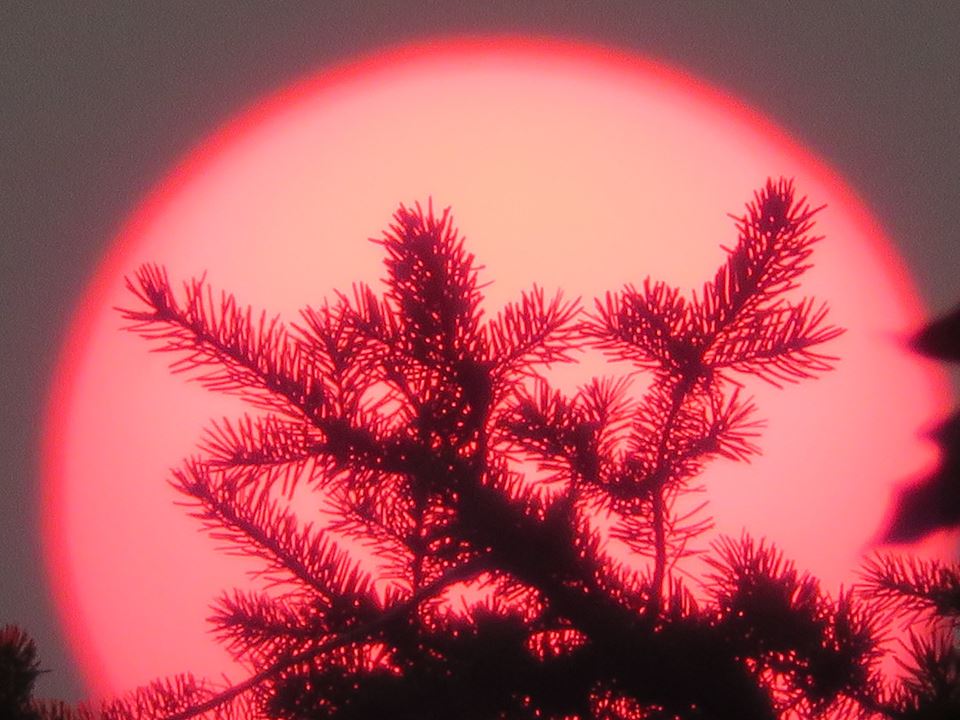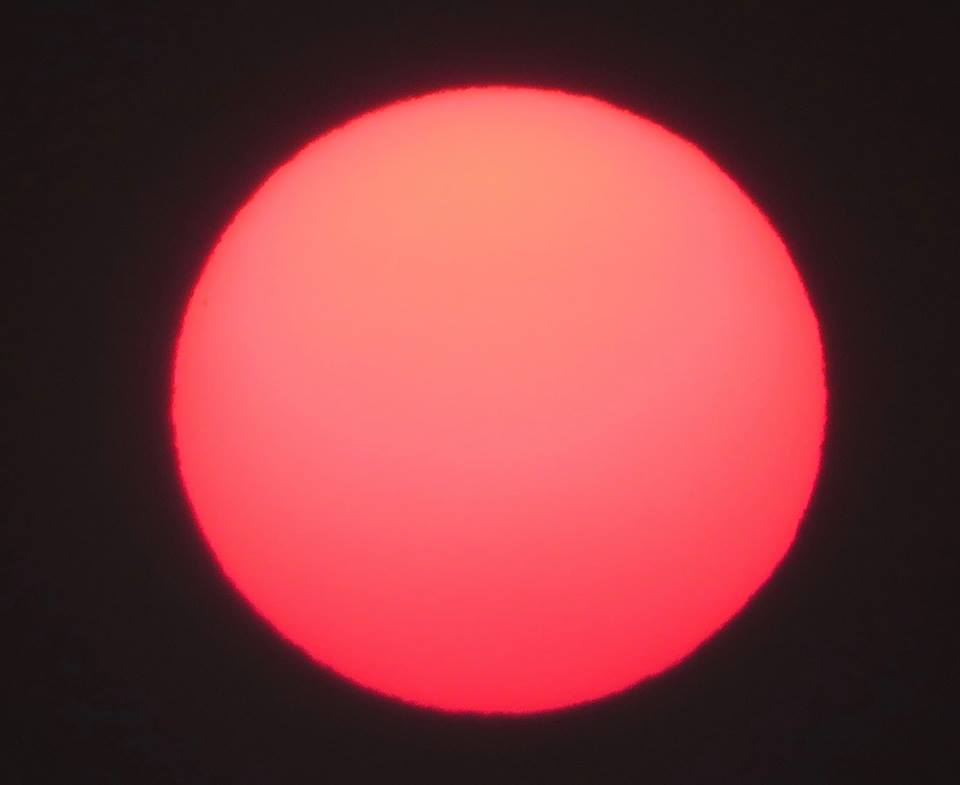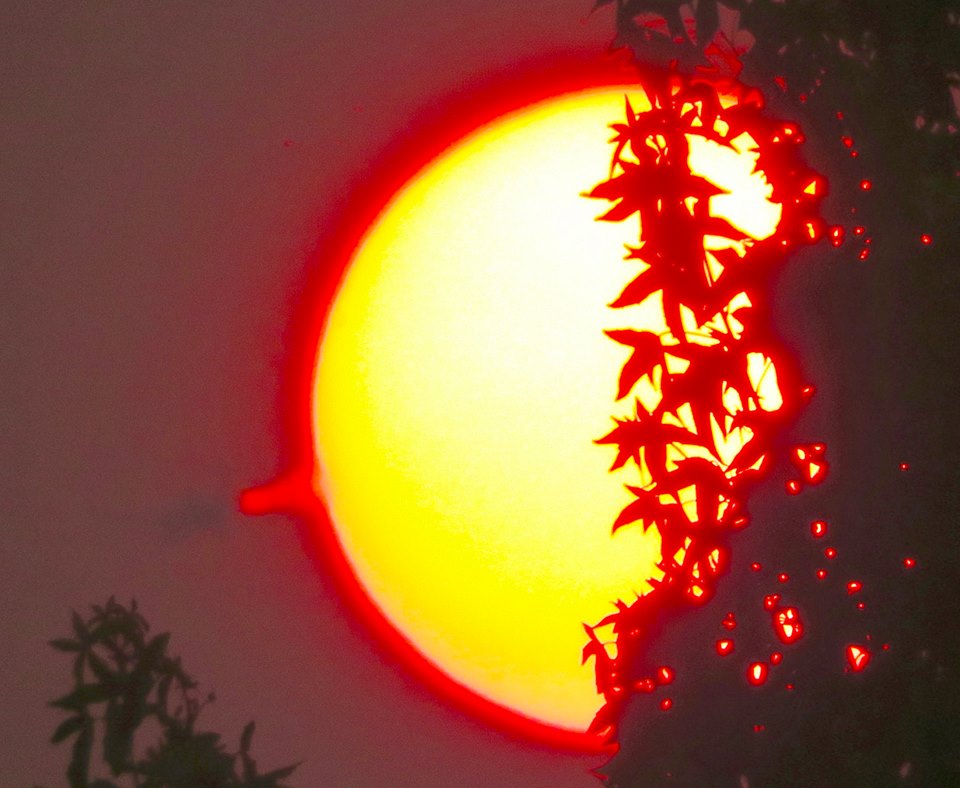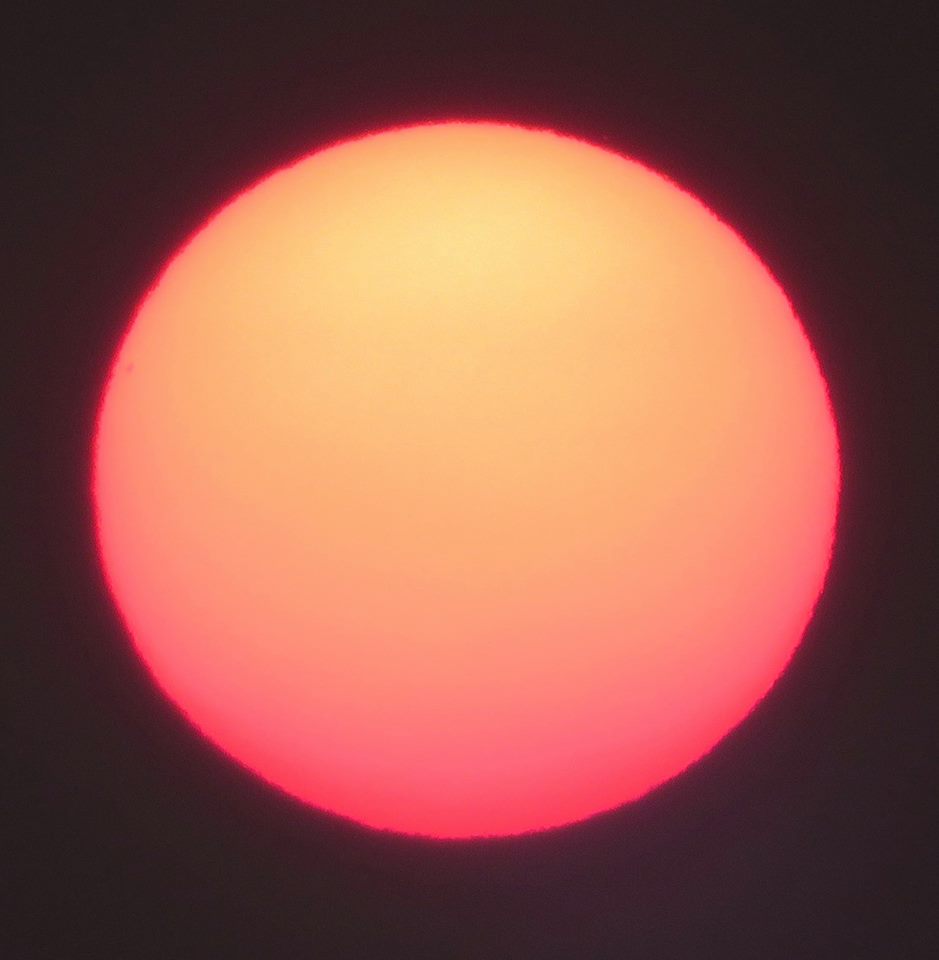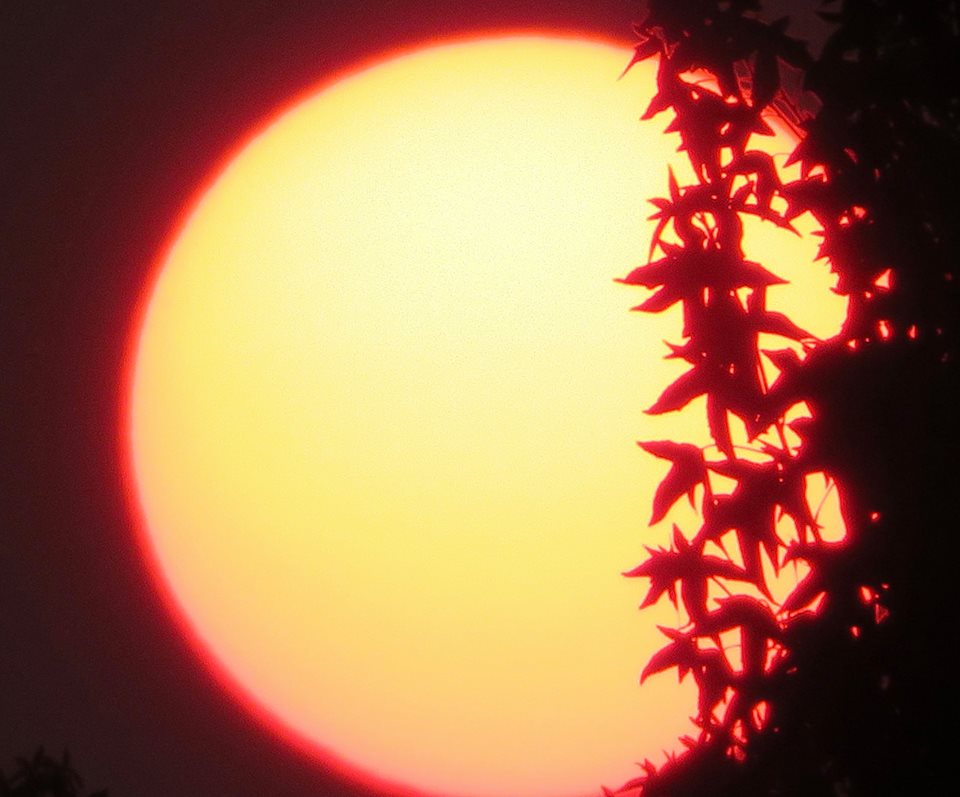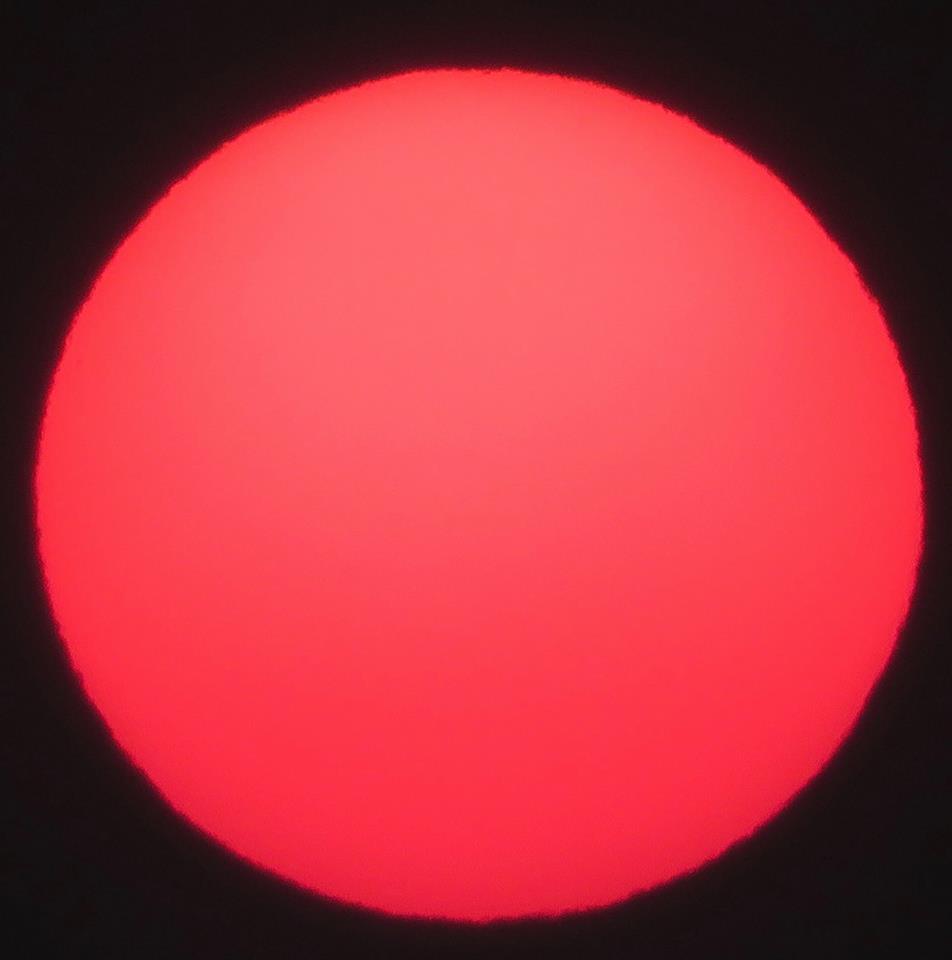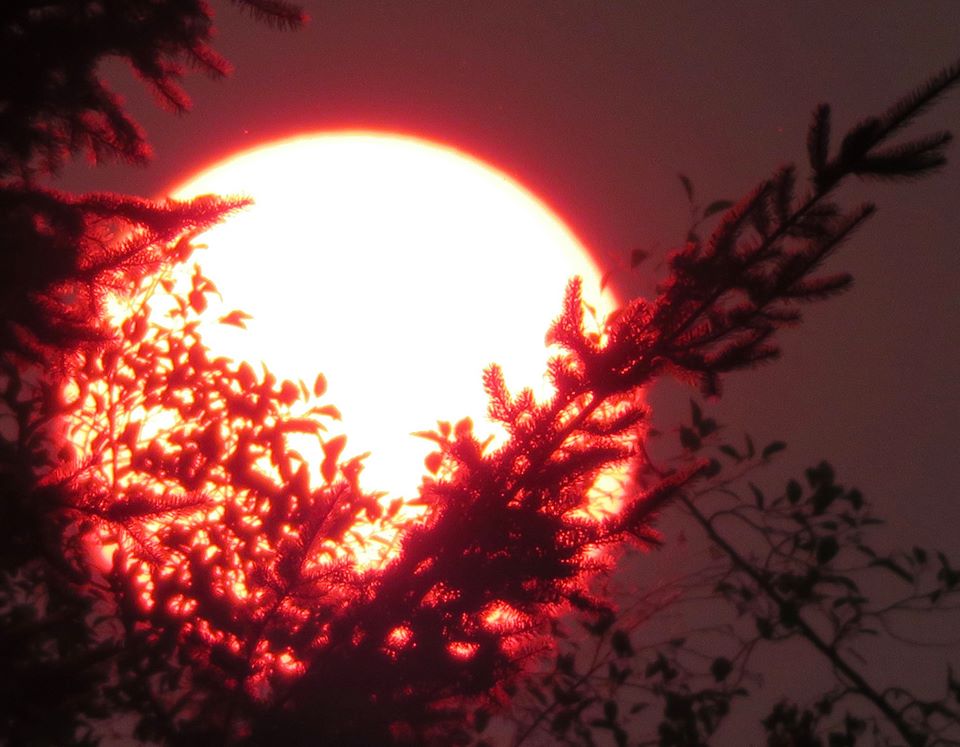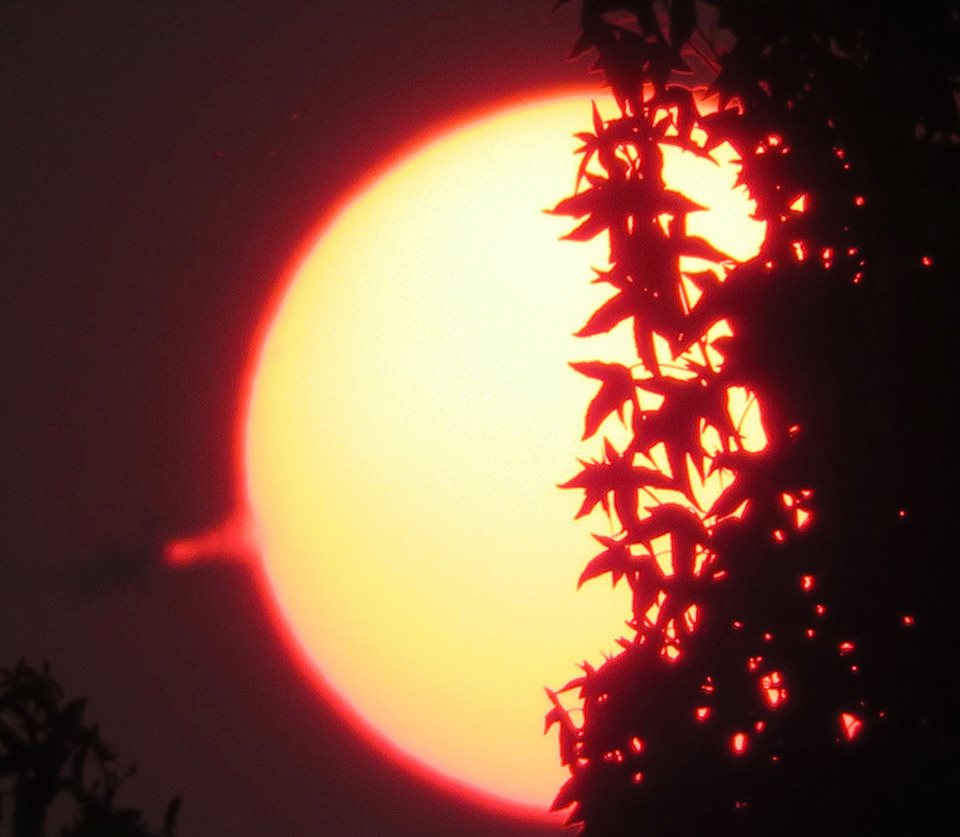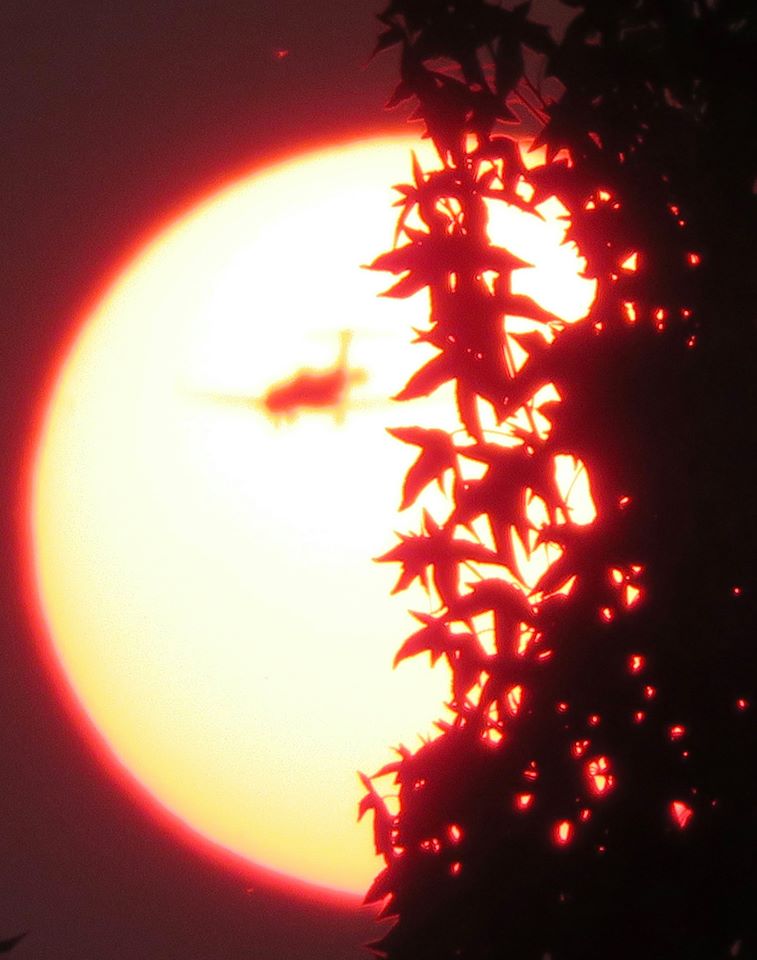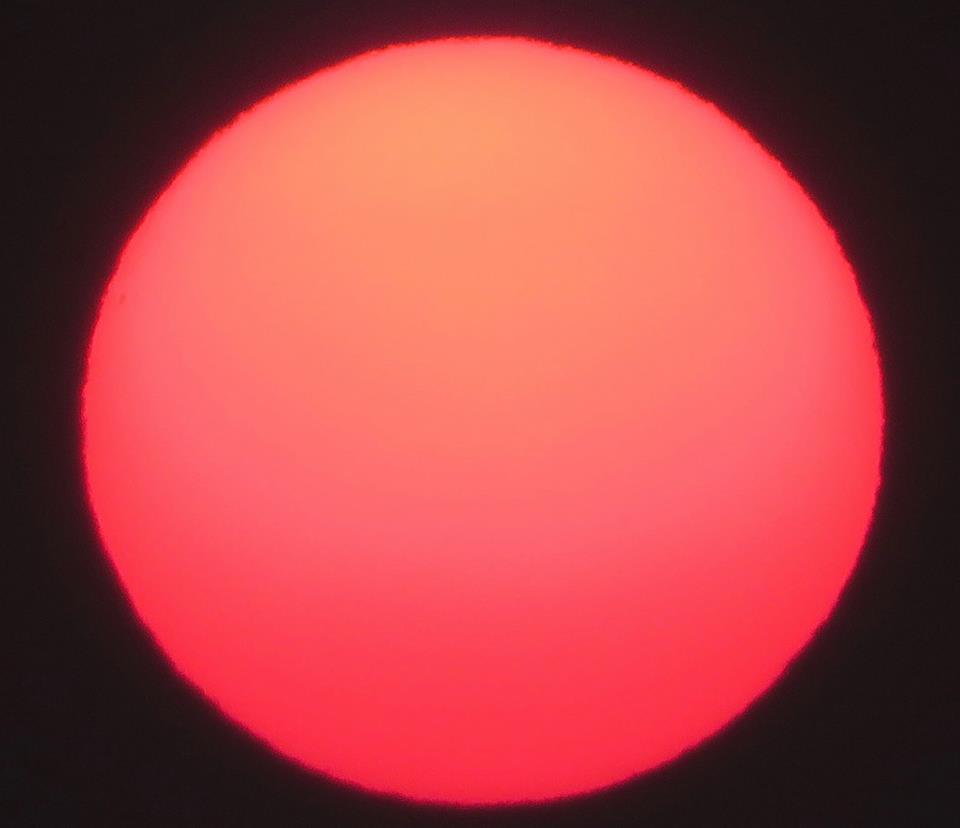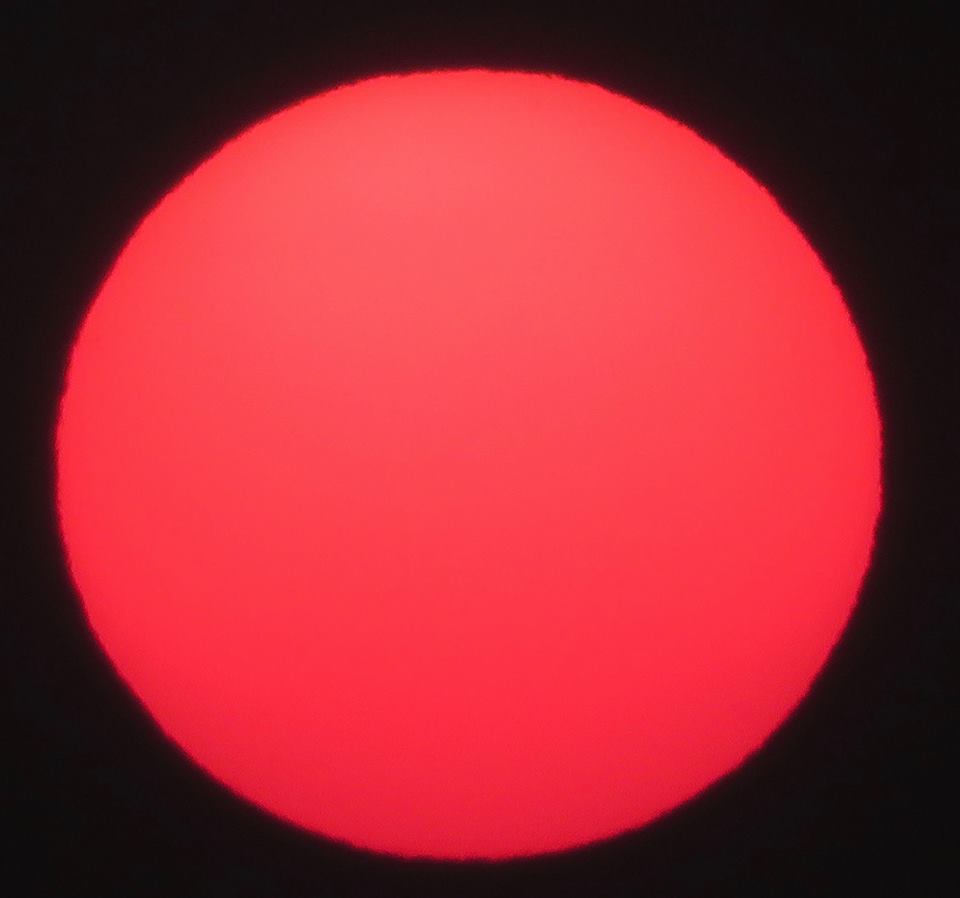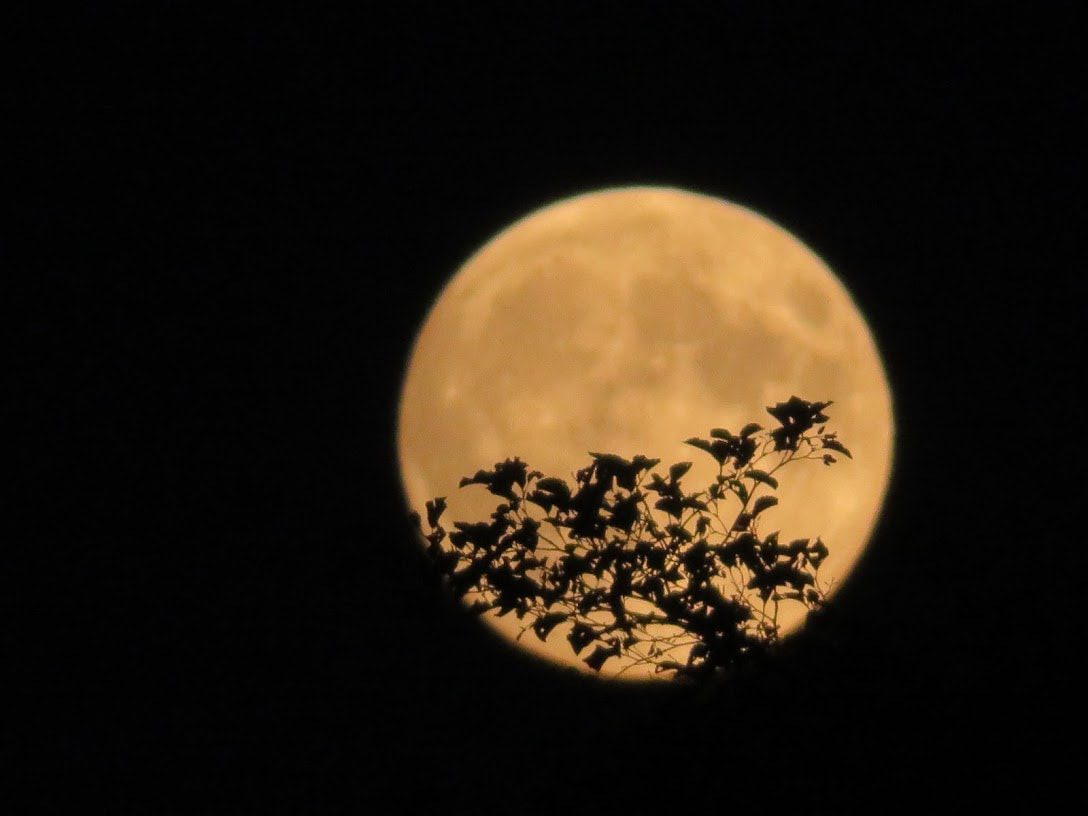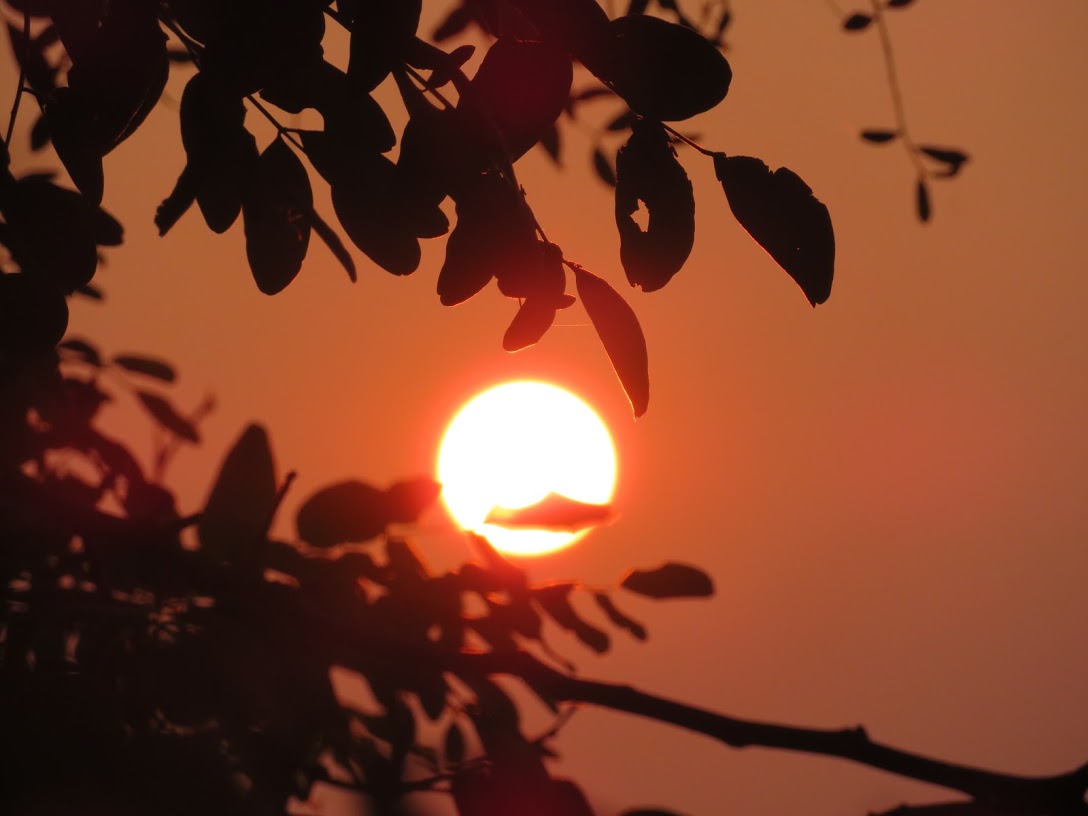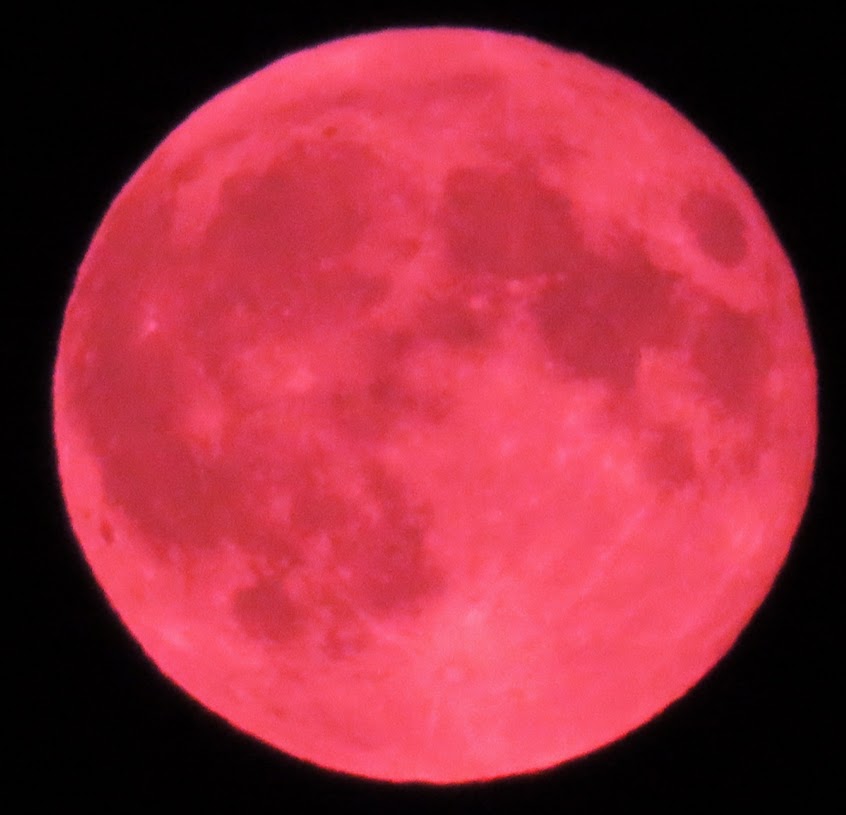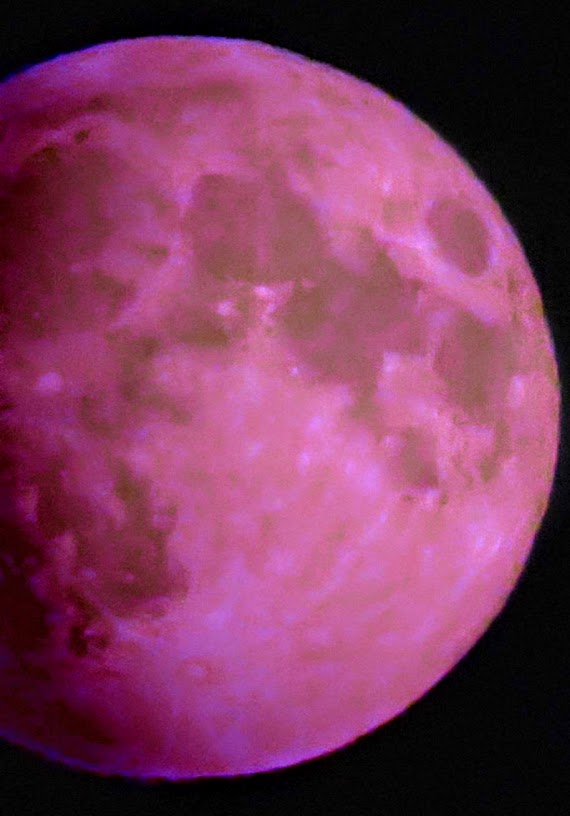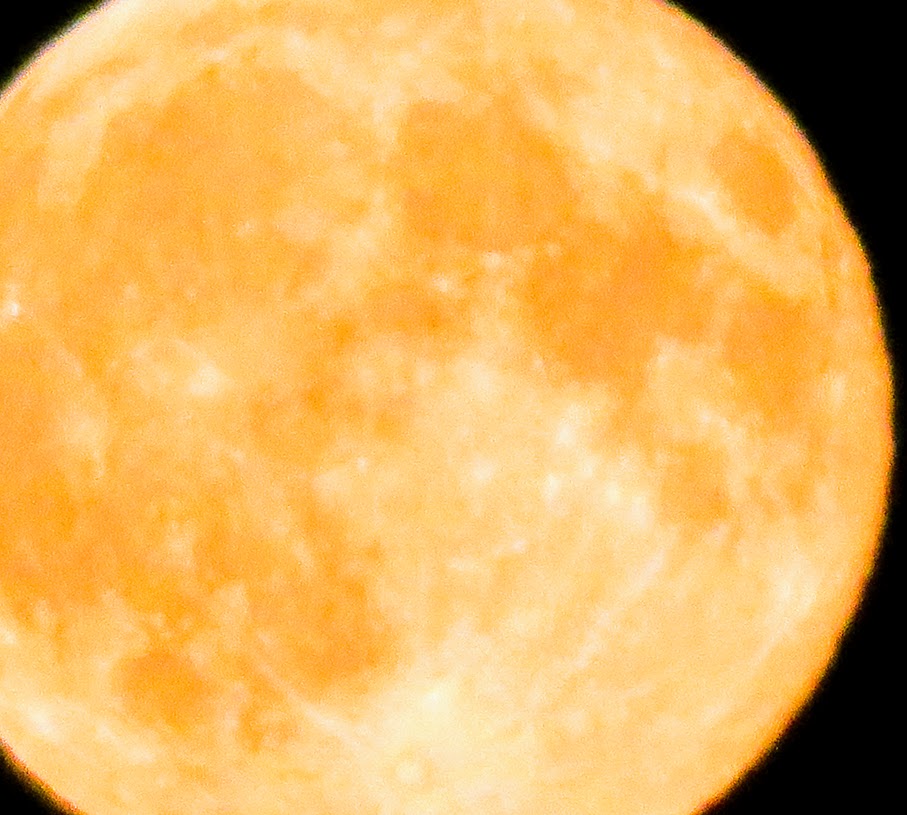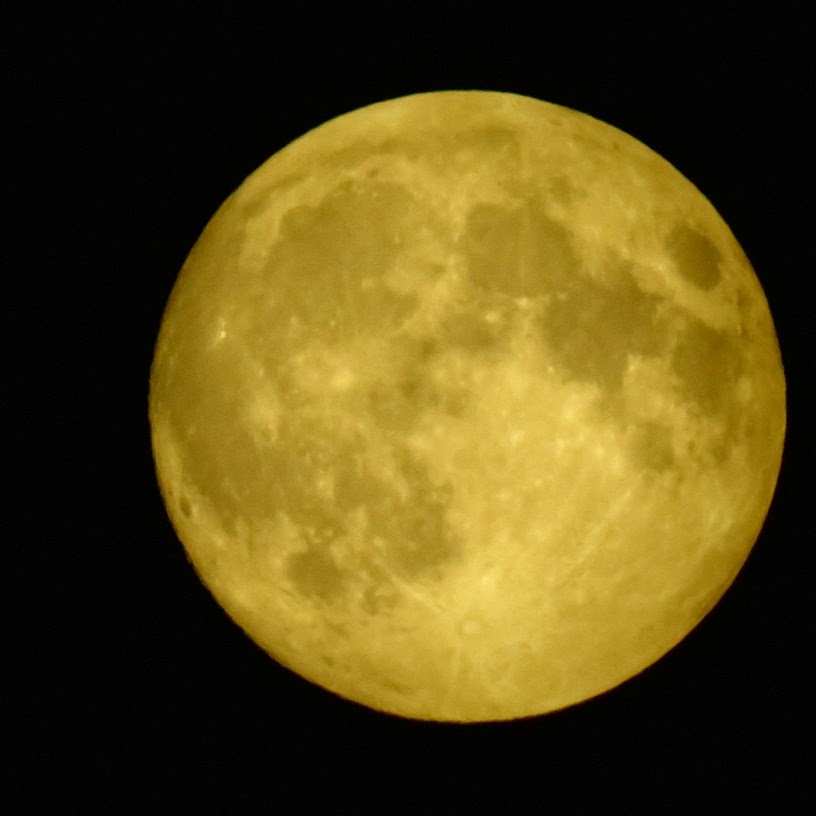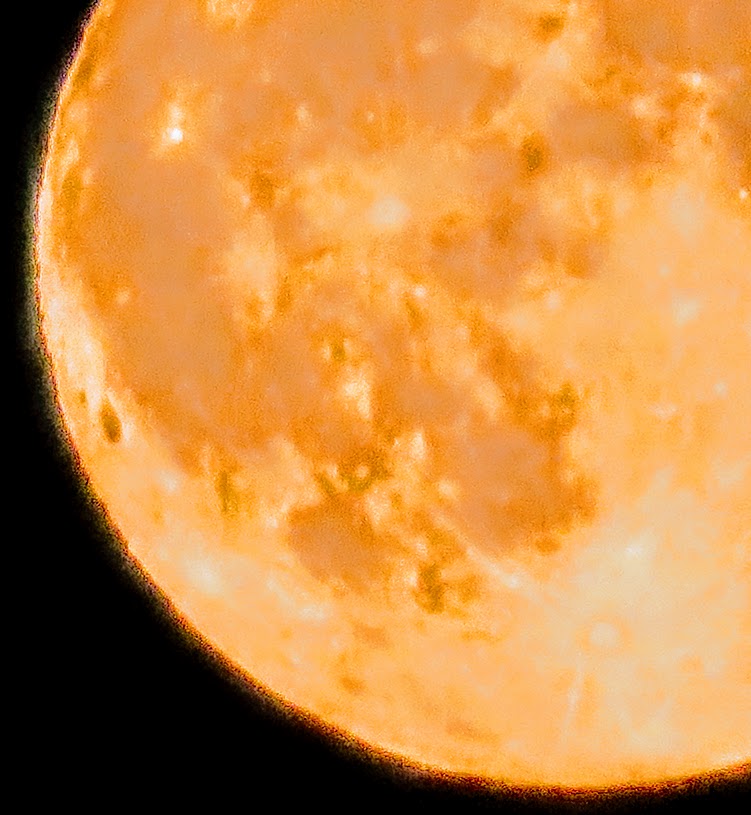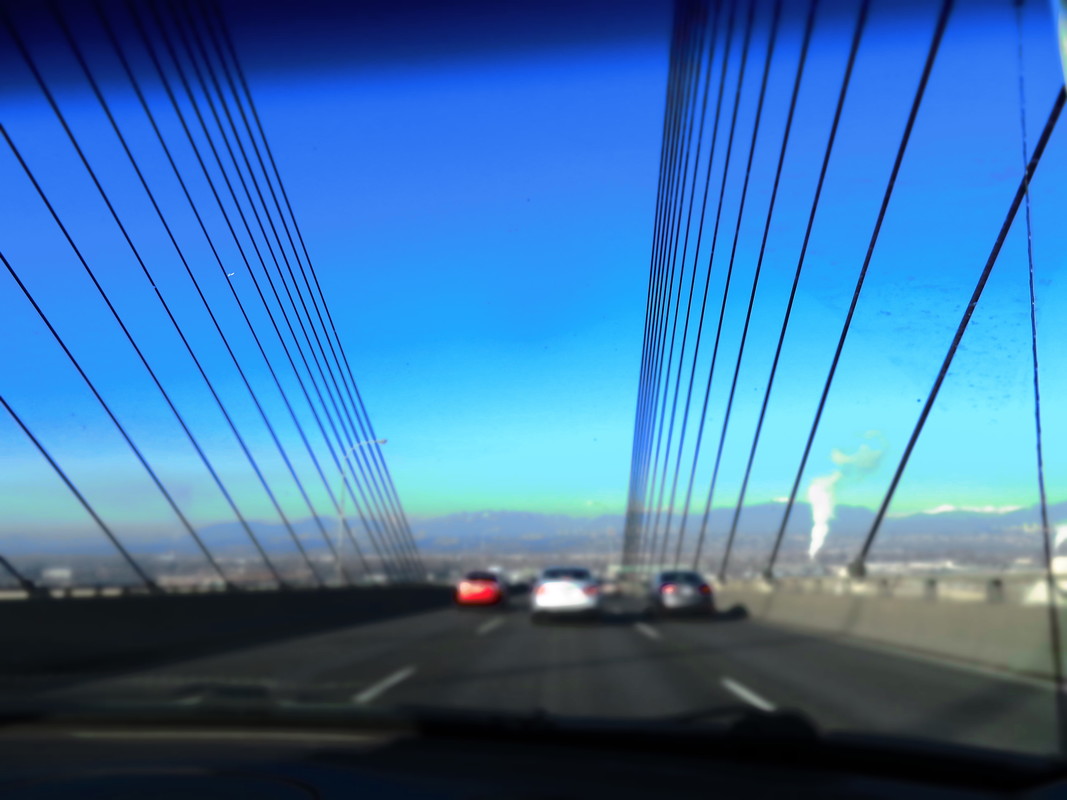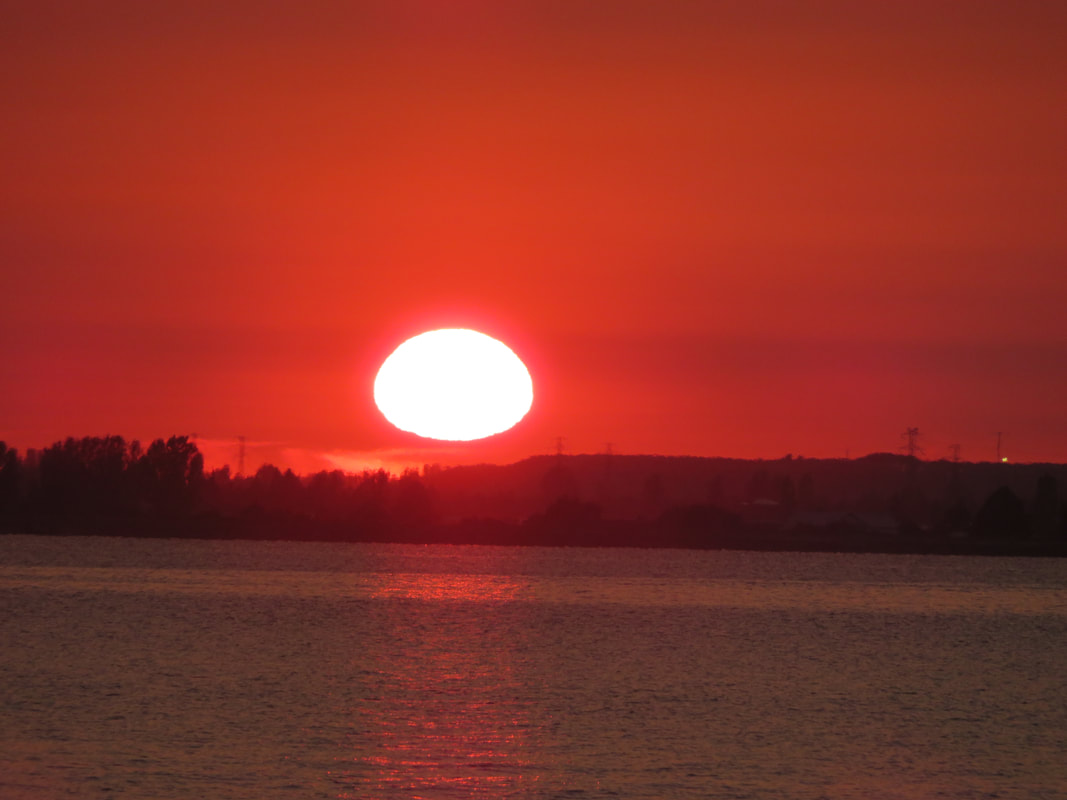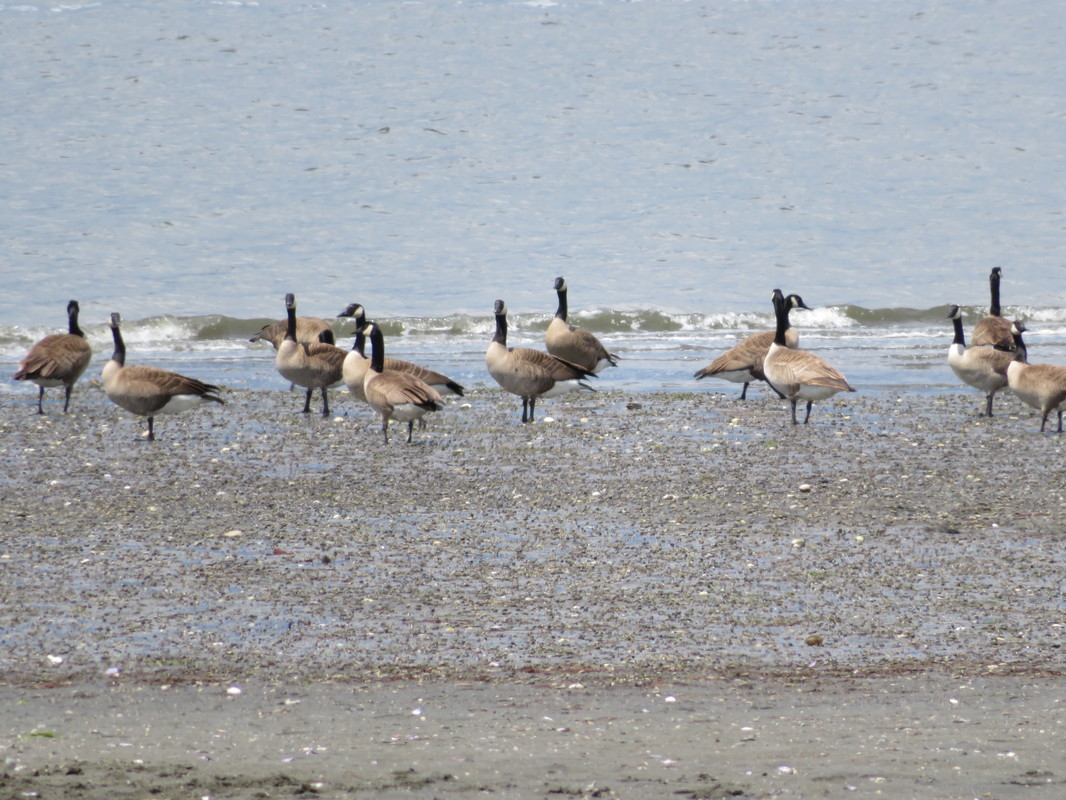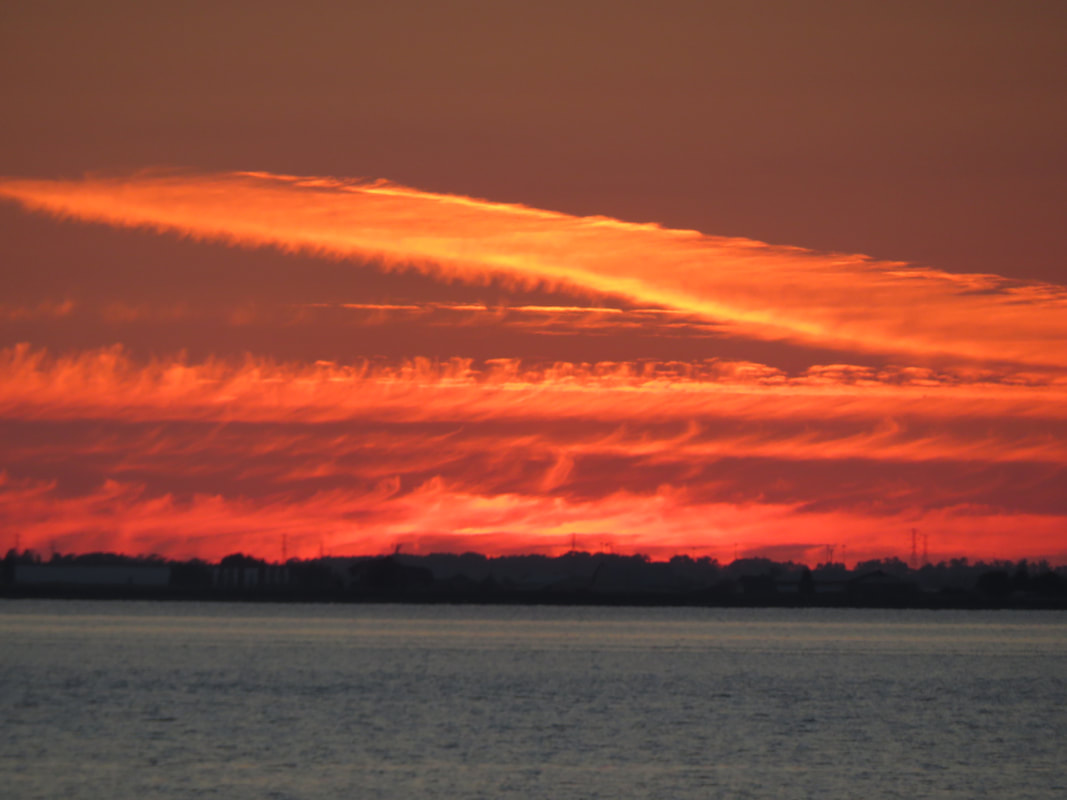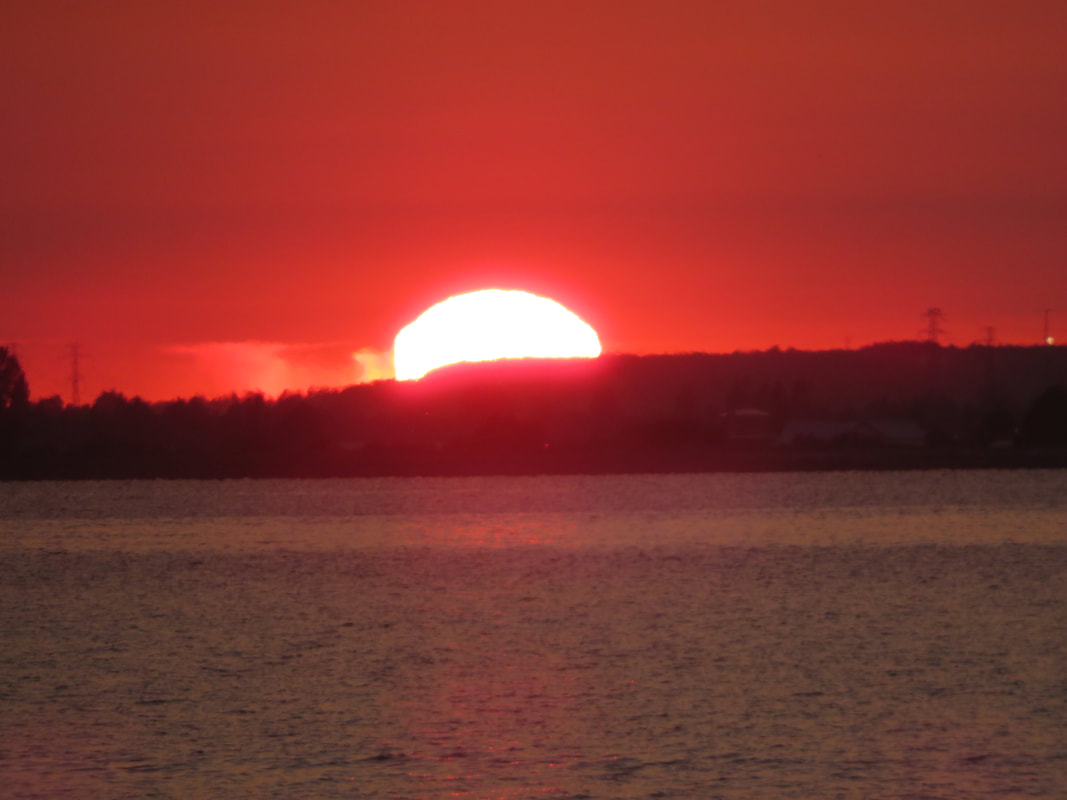|
Sawai Jai Singh II - Jantar Mantar, Jaipur One of the remarkable aspects of Jai Singh’s observatories is that each site is distinctly different in size, layout, and style. While the instruments he designed are essentially the same in principle, the versions at different sites vary in size, materials, and construction. The first observatory to be built was the observatory at Delhi in 1724. The Jaipur observatory, the most elaborate, was begun by 1728. Smaller observatories were built in Benares, Ujjain, and Mathura. Of the five observatories, all except the observatory at Mathura still exist and are publicly accessible. The Mathura observatory, and the fort in which it was housed, were demolished just before 1857. The observatories at Delhi and Jaipur are the best known and most visited, since they are within major tourist destinations. They also feature the largest versions of the instruments Jai Singh built, and the Jaipur observatory houses the greatest number and variety of instruments. The Jaipur observatory is by far the most elaborate and complete of Jai Singh’s projects, comprising sixteen masonry instruments and six made of metal. The observatory occupies a plot of land just outside the City Palace, within the walls of the original city. The observatory includes a number of instruments that are not duplicated at the other sites. These include the Kappala Yantra, Rasivalaya Yantras, and Unnatamsha Yantra. Source: https://bit.ly/34GxGd4 Image: 1929 Print - Indian Astronomy Observatory Landmark 18th Century Jantar Mantar, Jaipur Rare Book Society of India https://www.rarebooksocietyofindia.org Sawai Jai Singh II - Ved Shala or Jantar Mantar, Ujjain
Ved Shala or Jantar Mantar in Ujjain is believed to be India’s first and foremost observatory. Indian astronomers believe that the first meridian or the Prime Meridian of Longitude (75° 47′ E) passes through Ujjain thus earning it the epithet, ‘Greenwich of India’. The Tropic of Cancer also passes through Ujjain making it most suitable for an observatory. This observatory, made by Raja Jaisingh of Amer, is among the five built by him in India, the others situated at Delhi, Jaipur, Mathura and Varanasi. The Jantar Mantar has all the constructional instruments which determine the positions of heavenly bodies in space. Nadivalaya Yantra, Yamyotarra – Bhitti Yantra, Shanku Yantra, Nadivalaya Yantra, Samrat Yantra and Sundial are the major instruments in the Ved Shala. Although the Jantar Mantar in Ujjain is smaller than that of Delhi and Jaipur, this observatory is most important as the Masonic instruments are still being utilized to conduct research. After Raja Jai Singh, the observatory remained isolated and poorly maintained for 200 years till it was renovated by Madhavrao Scindia. The Ved Shala is located on the Chintaman Road, 2.5 kms from Ujjain Railway Station and can be easily reached by local transport. Source: https://bit.ly/3afzJWz An account of the Bramin's observatory at Benares
By Sir Robert Barker, Knt. F.R.S.; in a letter to Sir John Pringle, Bart. P.R.S Published in Philosophical Transactions, Royal Society, London - 1 January 1777 Read book online: https://bit.ly/2z98X5z Download pdf book: https://bit.ly/2z98X5z Benares Observatory - 18th century Historical artwork of colonial soldiers, merchants and locals at the astronomical site at Benares (now known as Varanasi) in India. This is one of five similar astronomical sites (all called Jantar Mantar) that were constructed in India between 1724 and 1734 for Maharaja Jai Singh II. The site consists of stone astronomical instruments (yantras), constructed to allow observation of celestial objects such as planets and to predict their movements, and to measure local time. A report on this astronomical site, titled 'An account of the Bramins Observatory at Benares' was read to the Royal Society by Sir Robert Barker in 1777. Image and text credit: © Science Photo Library Limited Rare Book Society Photograph of the observatory or Jantar-Mantar, Delhi, India, by Samuel Bourne 1860s This photograph shows some of the astronomical instruments which make up the observatory or Jantar-Mantar, built by Maharaja Jai Singh II of Jaipur (1699-1743). He later built similar ones in Jaipur, Ujjain, Varanasi and Mathura (no longer survives). These astronomical instruments are built with brick rubble and plastered with lime. There is a discrepancy over the dates of construction and could be 1710 or 1724. In the photograph there are two figures on the right had side which give an indication of the scale of these structures. Image and text credit: Copyright: © Victoria and Albert Museum, London Rare Book Society Sawai Jai Singh and His Astronomy By Virendra Nath Sharma Published by Motilal Banarsidass - 1995 Read book online: https://bit.ly/3acReHc Download pdf book: https://bit.ly/2RK25ll Image: Brush drawing, Sawai Jai Singh II of Jaipur, ink on paper, Jaipur, ca. 1740 Credit: Copyright: © Victoria and Albert Museum, London 'Observatory of Raja Jai Singh, Delhi, 1724' Painted by an unknown artist in 1836 Watercolour Credit: Copyright: © Victoria and Albert Museum, London Raja Jey Singh's Observatory, and Dasaswa Medh Ghat Benaras - 1868 Photograph by Samuel Bourne (English, 1834 - 1912) Albumen silver print View of the Jantar Mantar Observatory at the Man Mahal, built by Raja Jai Singh II, and the Dashashvamedh Ghat on the banks of the Ganges River. Image and text credit: © J. Paul Getty Trust Observerty was built on top roof of Sawai Jai Singh's residence on Man Mandirghat in 1710.
B Gupta A Guide to the Old Observatories at Delhi, Jaipur, Ujjain, Benares By G.R. Kaye Published by Superintendent, Government Printing India, Calcutta - 1920 Read book online: https://bit.ly/3epVc2r Download pdf book: https://bit.ly/2RG0xbW Image: Painting of the Observatory at Delhi. by William Simpson, watercolour on paper, India, 1864. Credit: Copyright: © Victoria and Albert Museum, London RAREBOOK SOCIETY The Observatory at Delhi - 1808 Plate 20 from the fifth set of Thomas and William Daniell's 'Oriental Scenery' called 'Antiquities of India.' The Observatory of Delhi, the Jantar-Mantar, was built around 1724 and was one of a series of observatories built by Maharaja Savai Jai Singh II of Jaipur. Other observatories are found at Jaipur, Ujjain, Varanasi and Mathura. The artist was fascinated by the '...singularity as well as the magnitude of such astronomical instruments'. The main instrument depicted, the Samrat-Yantra, in a different view from plate 19, is 'an equinoctial dial, consisting of a triangular gnomon with the hypotenuse parallel to the earth's axis, and on either side of the gnomon is a quadrant of a circle parallel to the plane of the equator.' In the distance is the Ram-Yantra, one of two circular structures used for calculating the horizontal (azimuth) and vertical (altitude) angles of heavenly bodies. Image and text credit: Copyright © The British Library Board Rare Book Society Thanks to Rare Book Society
The Observatory of Jai Singh, Delhi - 1826 Pencil drawing of the Observatory of Jai Singh at Delhi by an anonymous artist, 14th November 1826. Inscribed on the front is: 'Delhi. S.S.W. view of Observatory from Sketch by P.T.C. Novr. 14th 1826', with notes on the measurements and types of stone. Known as the Jantar Mantar, this observatory in Delhi was one of five built by Maharaja Jai Singh II in around 1724. The Mughal emperor Muhammad Shah gave this task to Jai Singh, a keen astronomer, in order to revise the calendar and astronomical tables. The observatory contains 13 different instruments for calculating the time of day, the altitudes of heavenly bodies, the positions of constellations etc. The instruments are still used today to forecast temperatures, calculate the expected arrival, duration and intensity of the monsoon season and the likelihood of flood or famine. Located in the Parliament Street, south Connaught Circle near Hanuman Temple. of New Delhi, Jantar Mantar is a vast observatory built to help and improve upon the studies of time and space as was known. It was built by Maharaja Jai Singh in the year 1724 and forms a part of a collection of five such observatories located in Jaipur, Ujjain, Varanasi and Mathura. Image and text credit: Copyright © The British Library Board |
Trishula Sandra Das
Mirror of the Sky Blog Coming soon, I will be giving Vedic Astrology, updates, teachings and remedial measures. Practitioner of Jyotish, Yoga, Tantra, Ayurveda, Shakti Sadhana, Bhakti Yogi for 50 years. ~ VedicAstrologer ~ ~ Researcher East & Western Wisdom, Past Life Regression, Mysticism ~ for over 50 years ~ Mind Body Soul~ Believer in Love, Humanity, Peace, freedom & Soul Mates ~ Baul Scholar ~ ~ Qigong Master ~ ~ MOTHER ~ ---------------- Archives
March 2022
Trishula Musings:Jyotish also called Vedic Astrology, Indian Astrology, is an ancient science and art of Light. October 2012
Jupiter -Rahu -Nakshatra Shakti's -Vastu -September 2012 -36 Tattva's of Sankhya Philosophy -planets and body parts -Nakshatra's & Vishnu Shasranmam Strotram -Vishvakarma Chitra Deity -Sun's Day.. Sunday -Lord Soma (Chandra) Moon -Picture of Lord Chandra August 2012 -Deities of the Planets -Adhika Maasa -Yamaraj -Jyotish Update -Saurn Lord Shani -Sanskrit names for the planets. June 2012 Kriyamana Karma May 2012 Solar Eclipse Video Shani Dev Katha Video Shani Navagraha Strotram Solar Eclipse Lineup April 2012 Mars In Leo February 2011 Jupiter Guru Lord Ganesha September 2011 Panchanga Jyotisha Reading January 2011 Lord Shani Why me?? FEBRUARY 2011 The Date Mahabharata War Categories
All

All of the below MOON and SUN -Photos by Trishula Das, all rights reserved, copyright |
| Goddess Vidya |
|
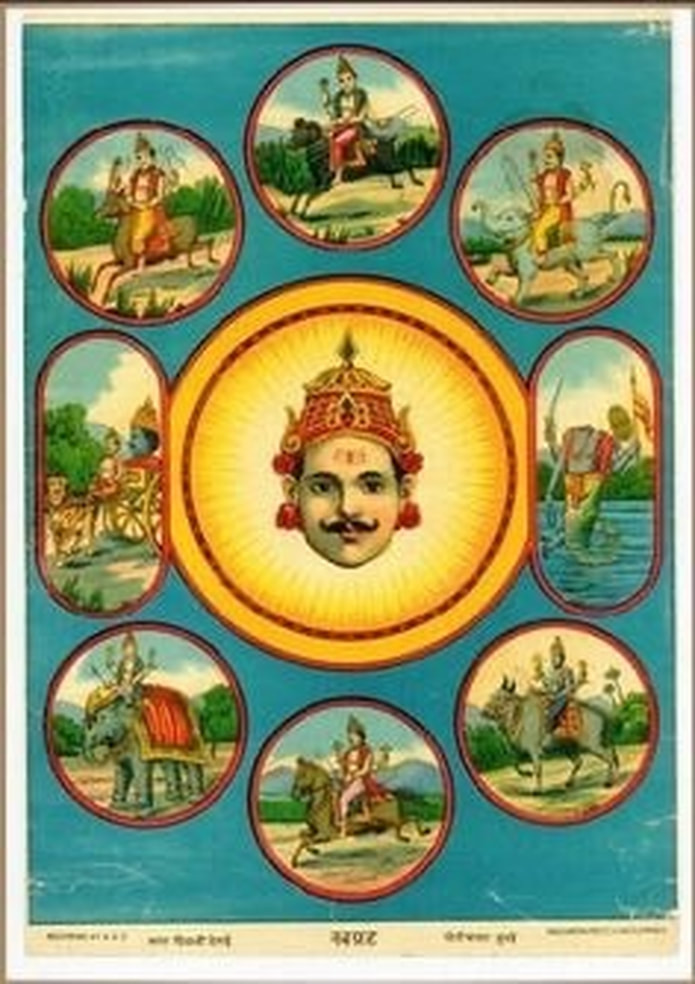
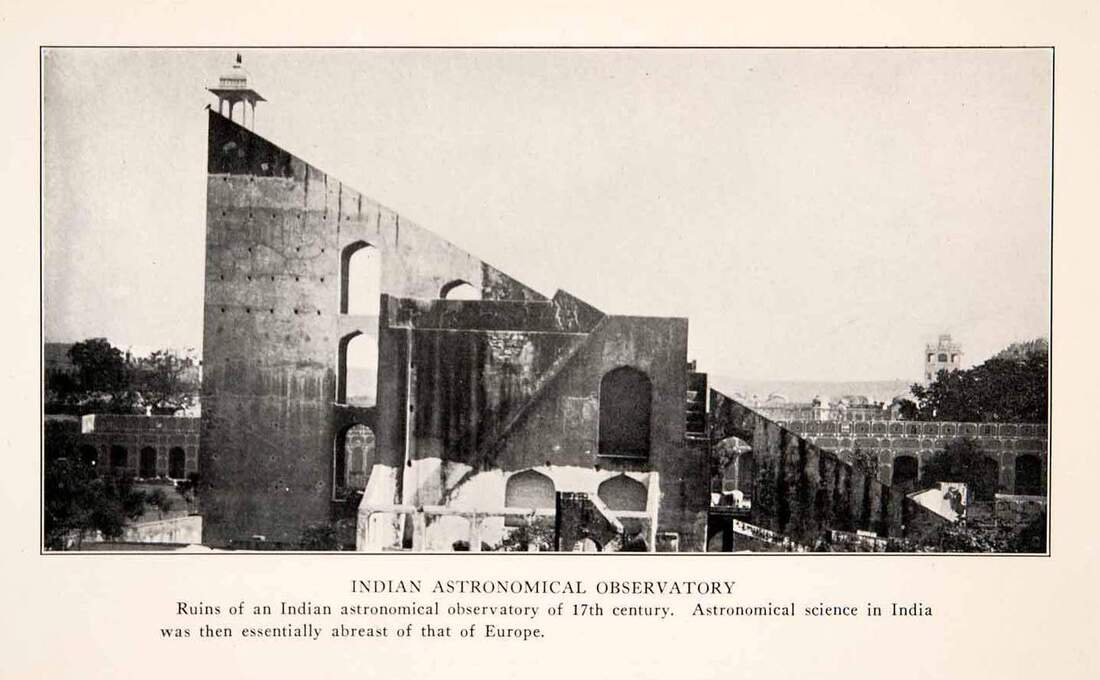
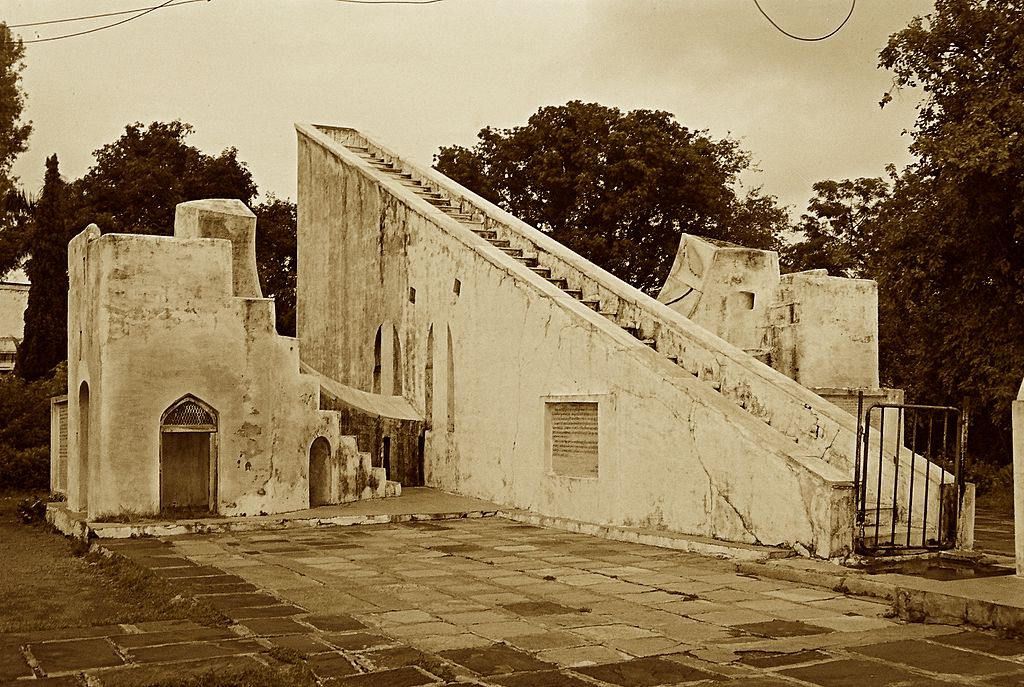
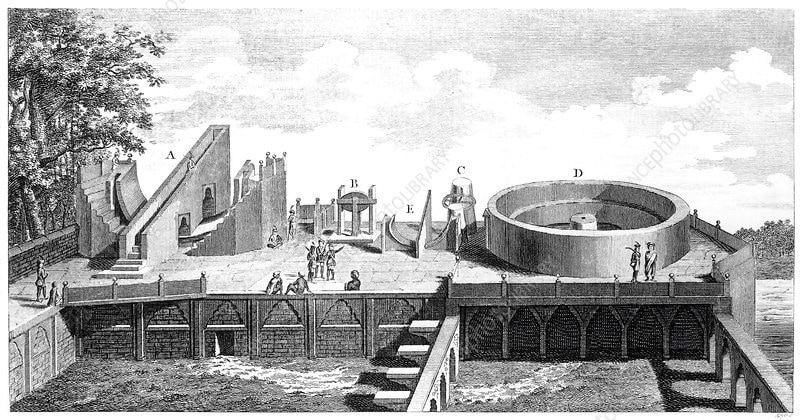
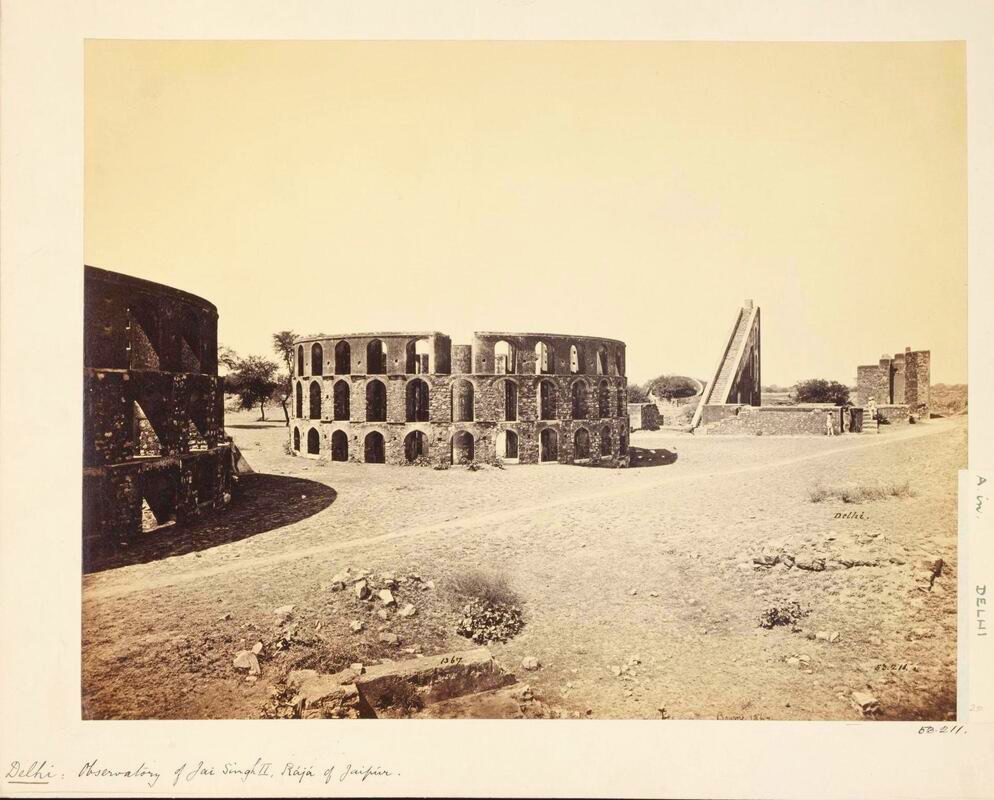
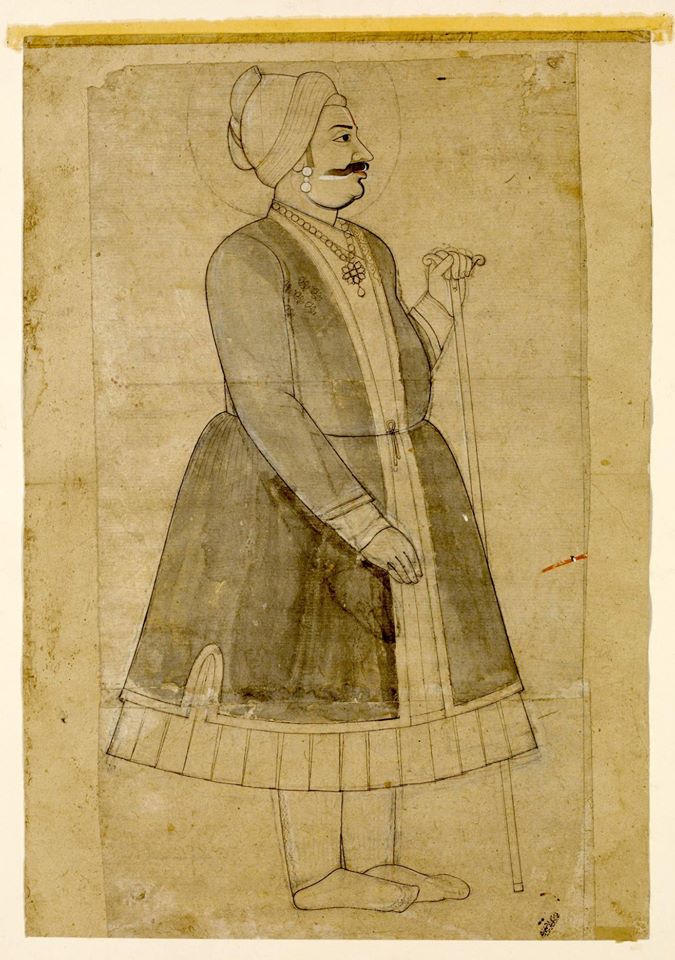
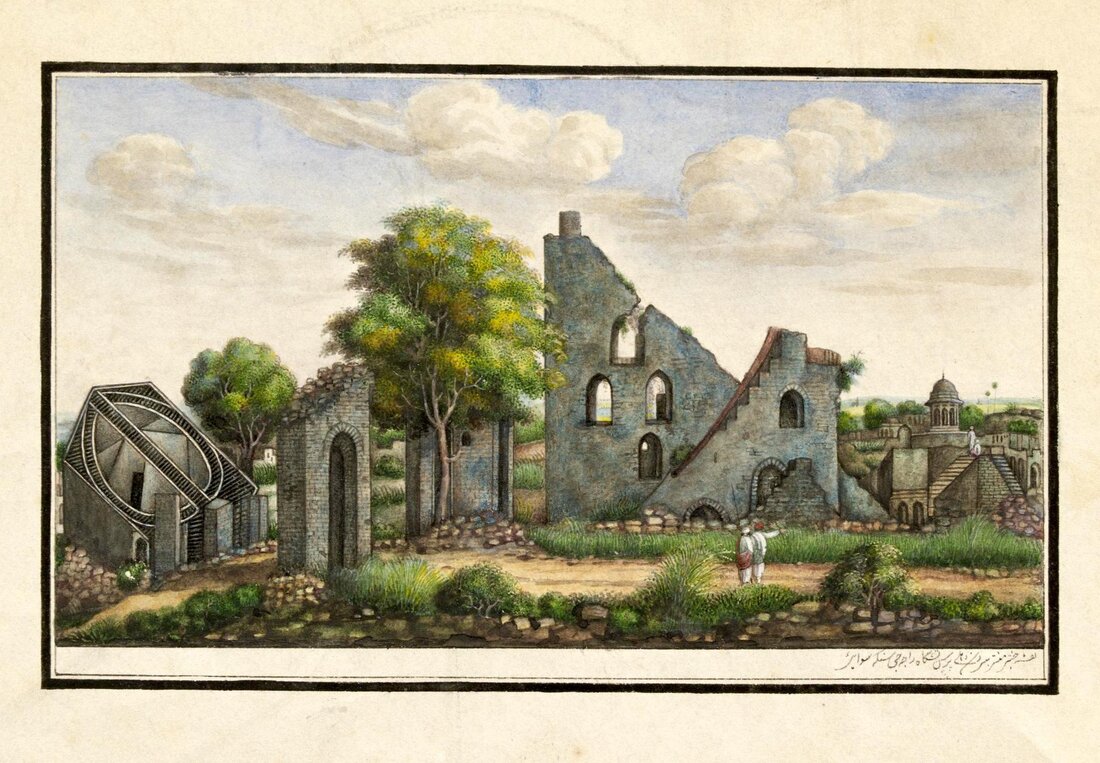
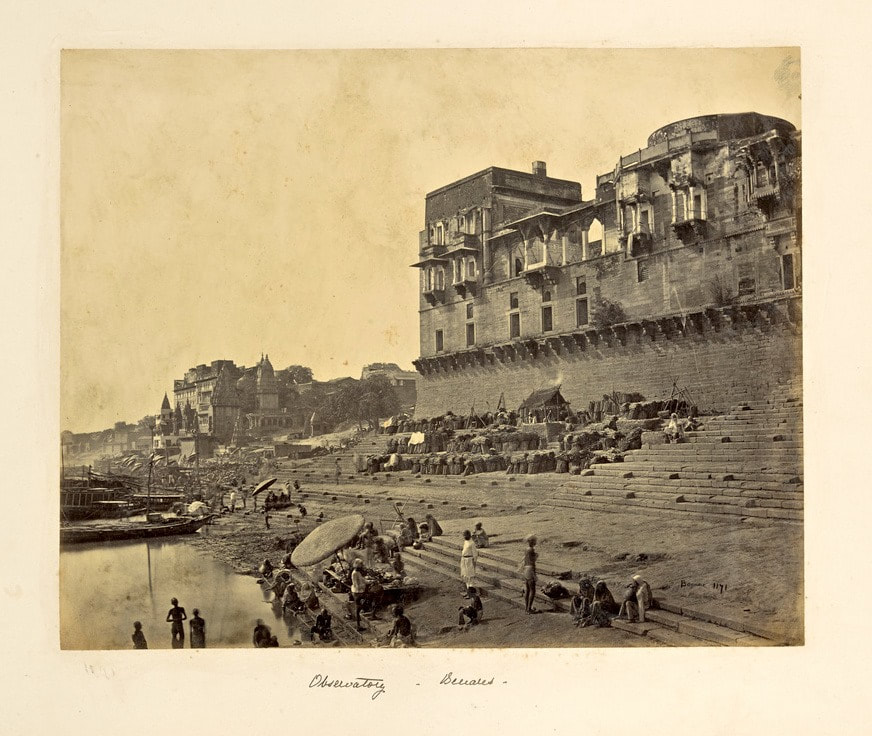
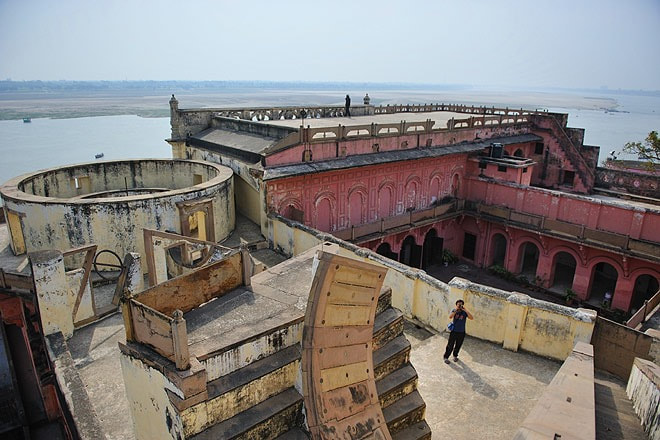
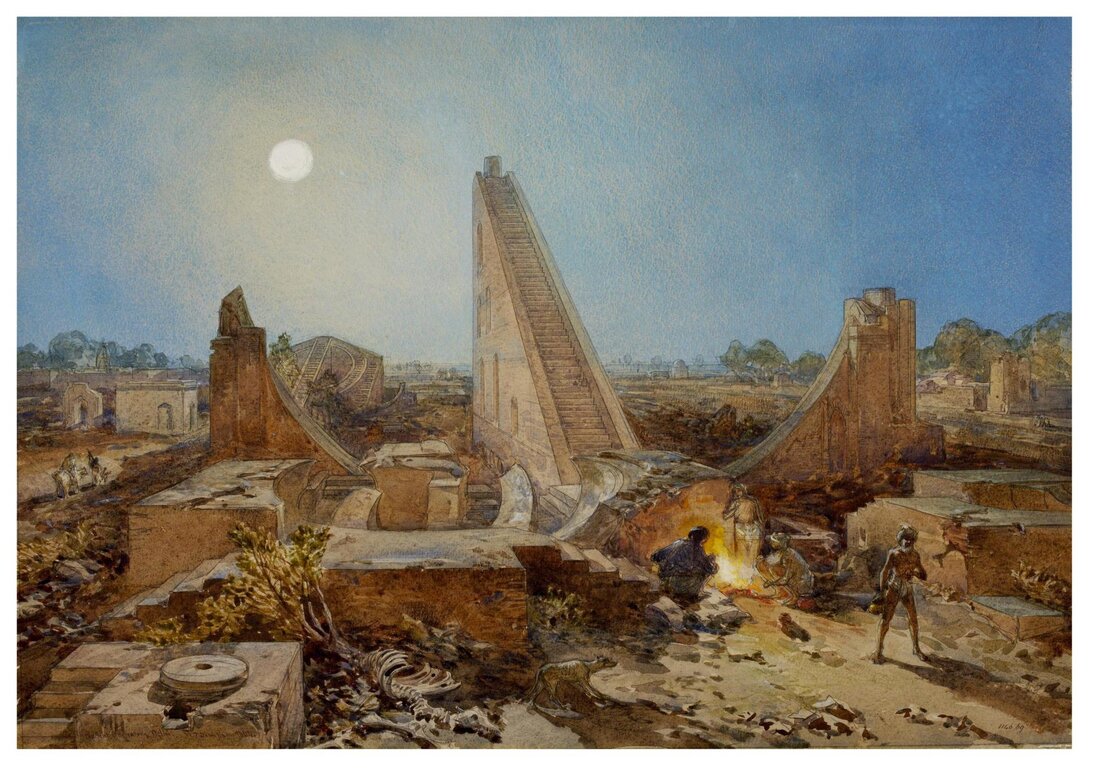
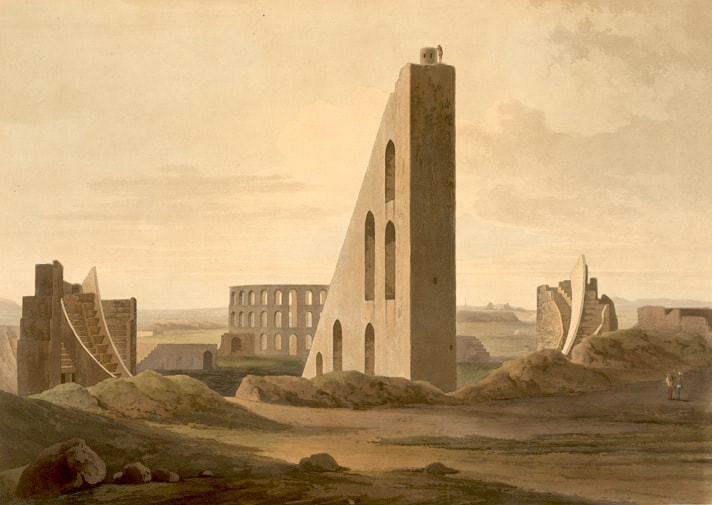
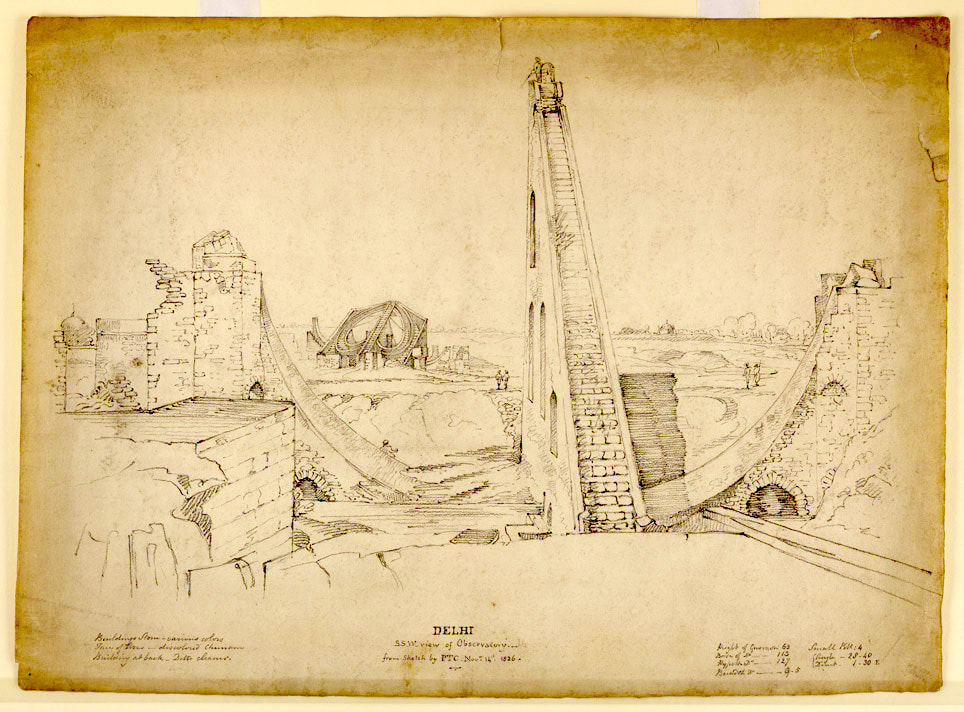

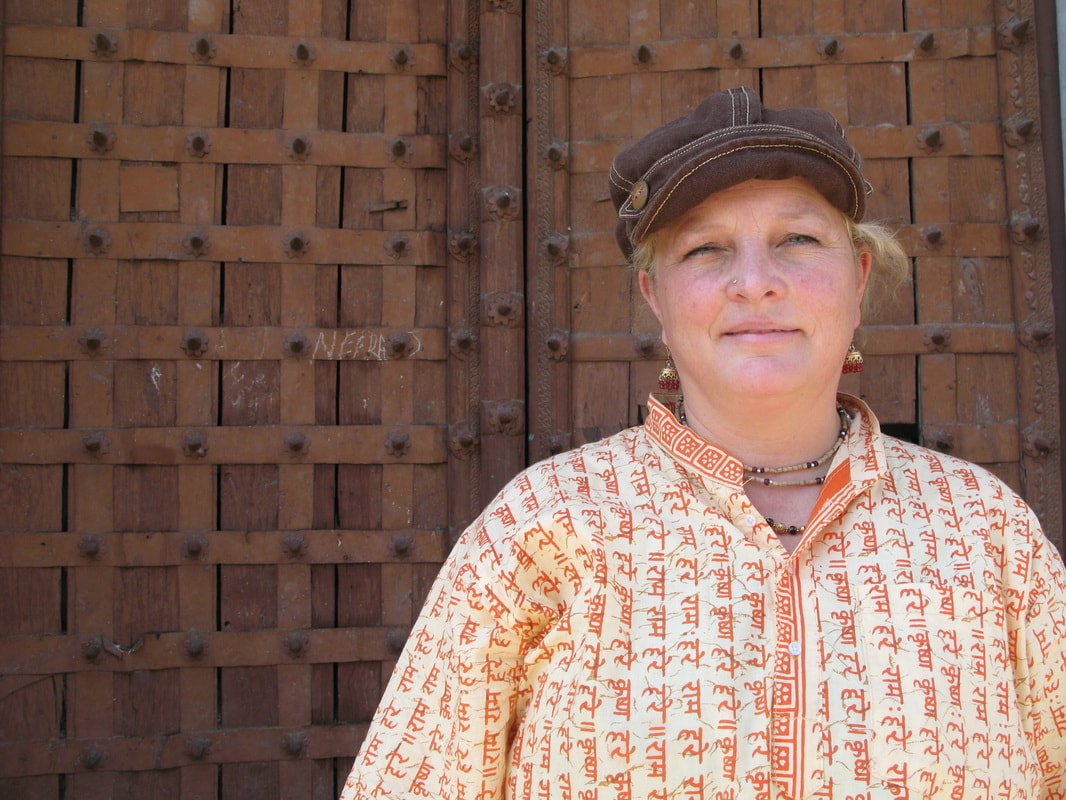
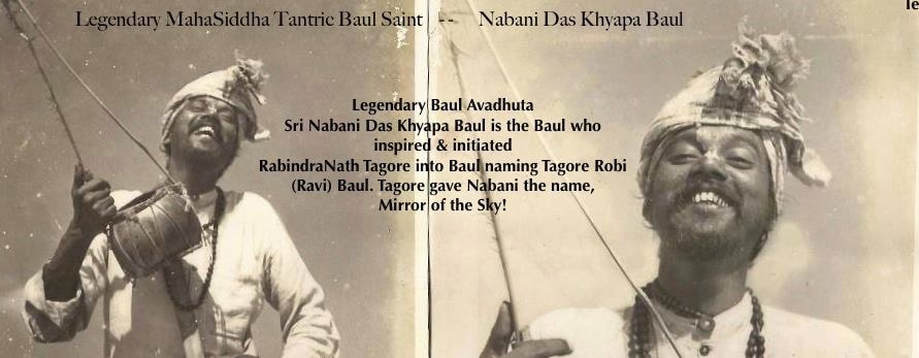
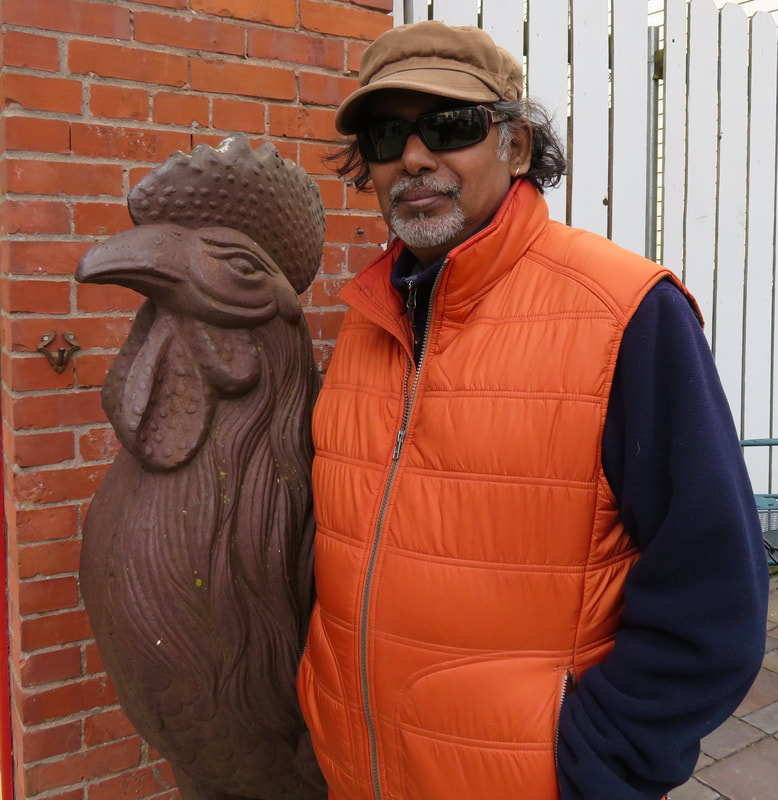
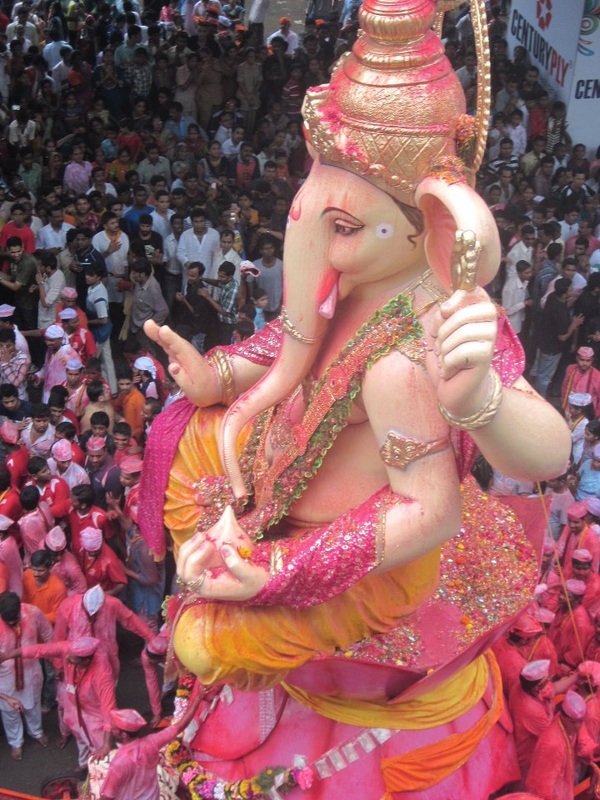
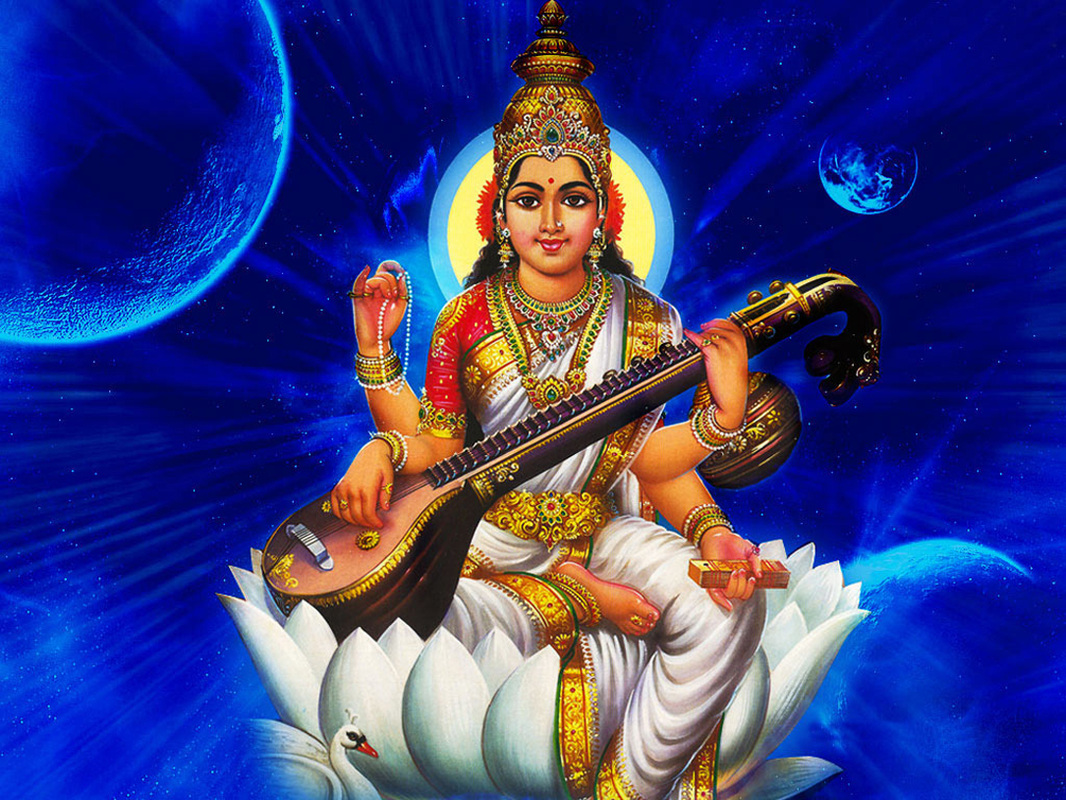
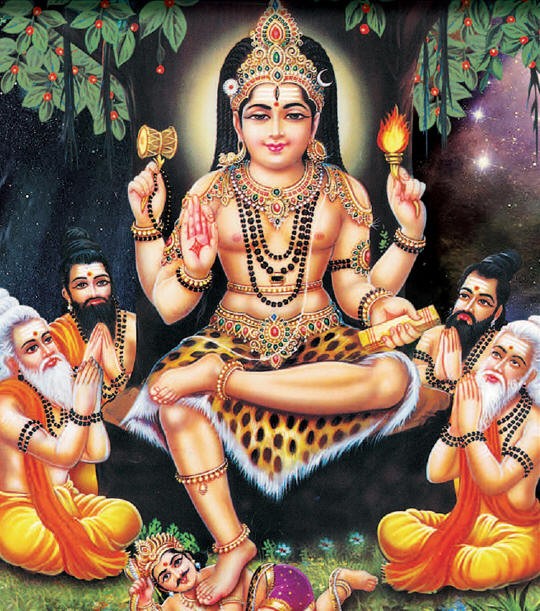
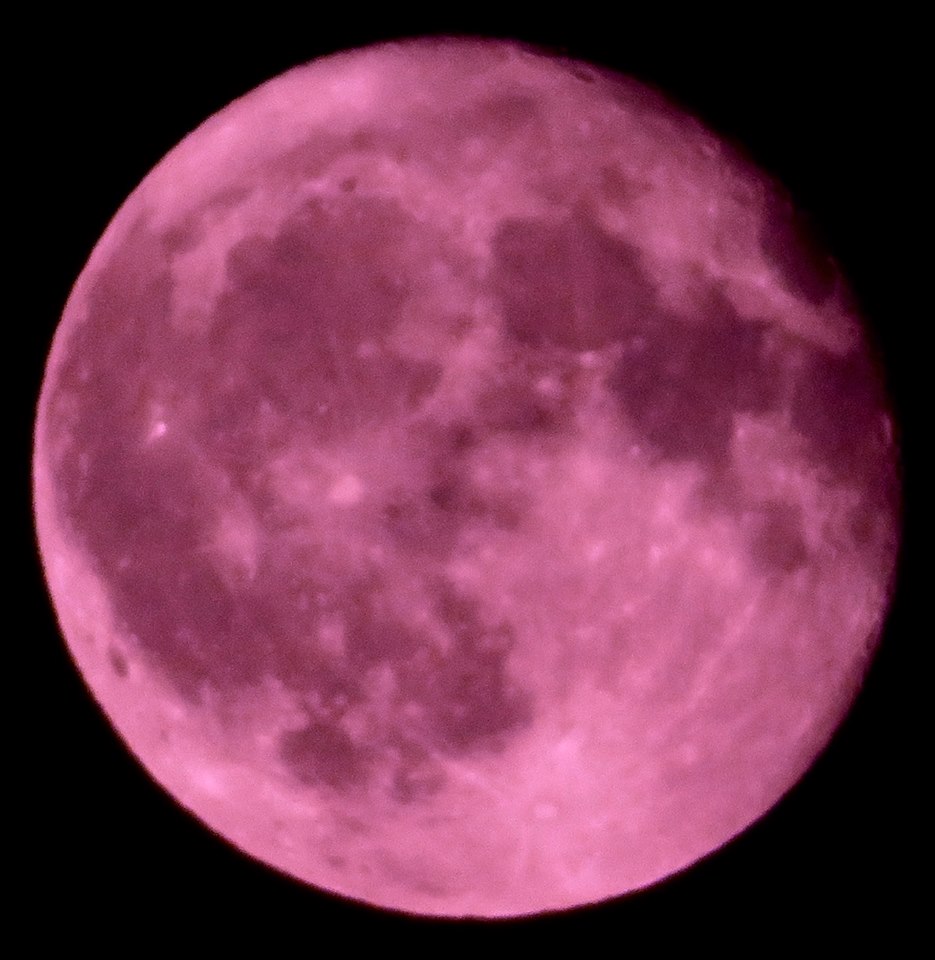
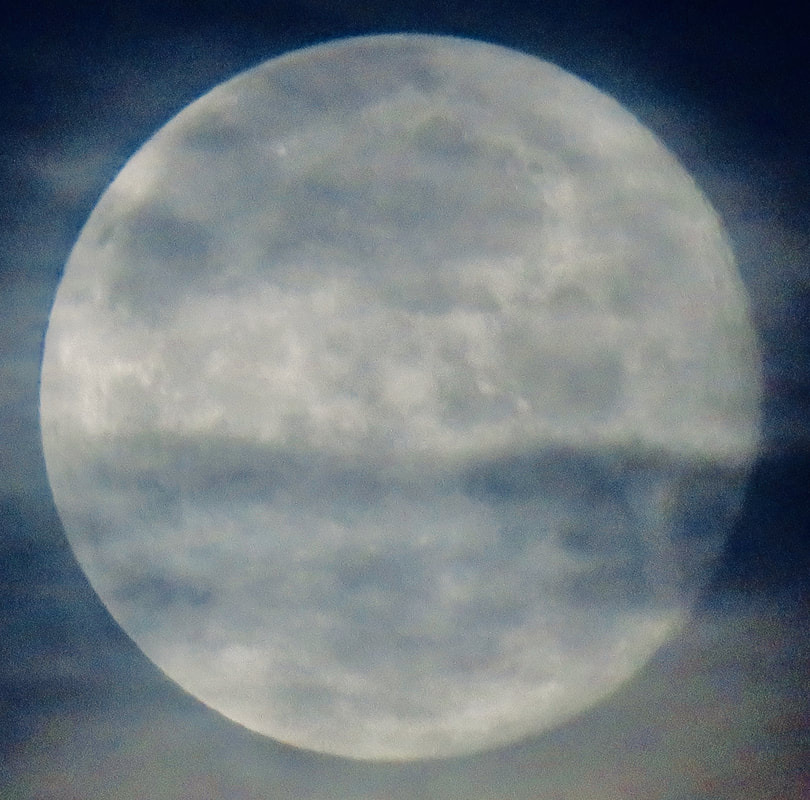
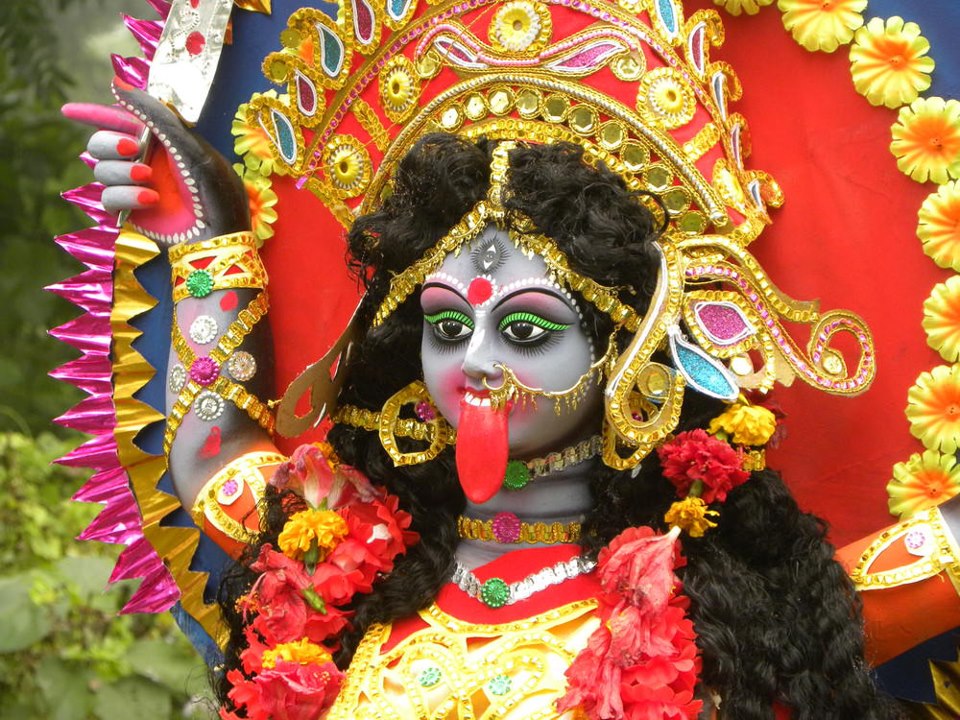
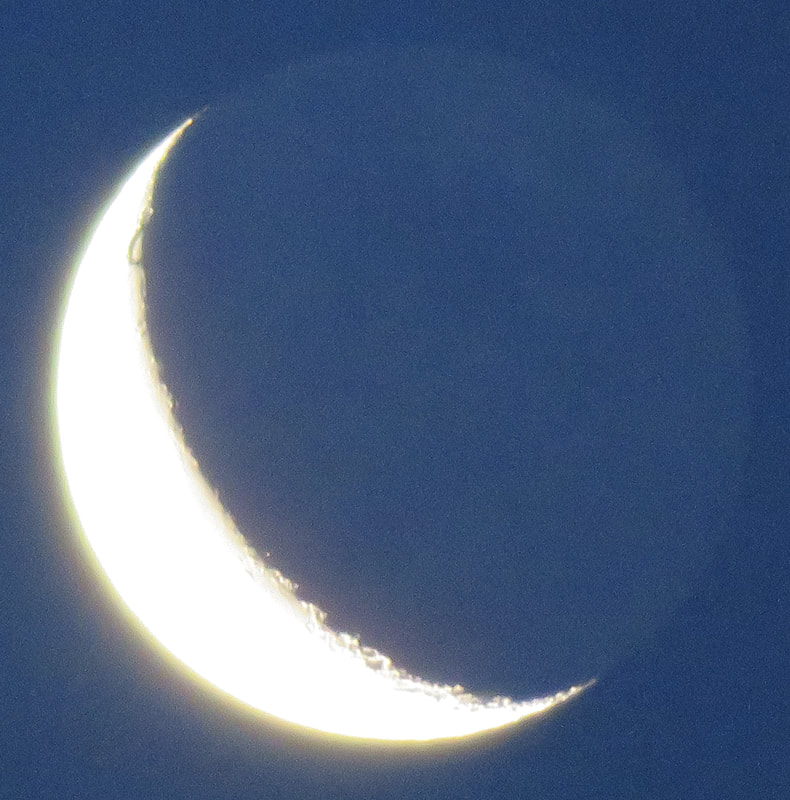
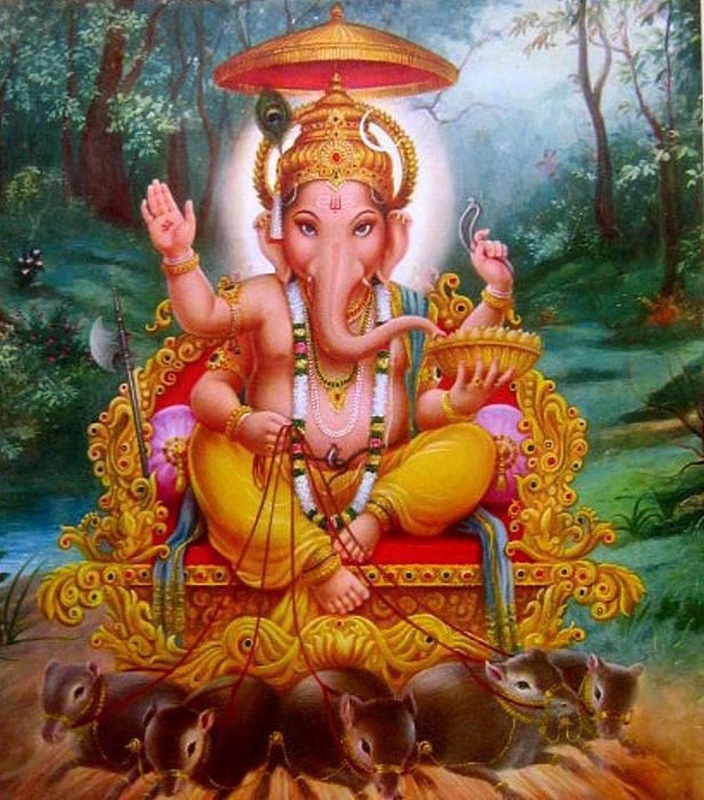
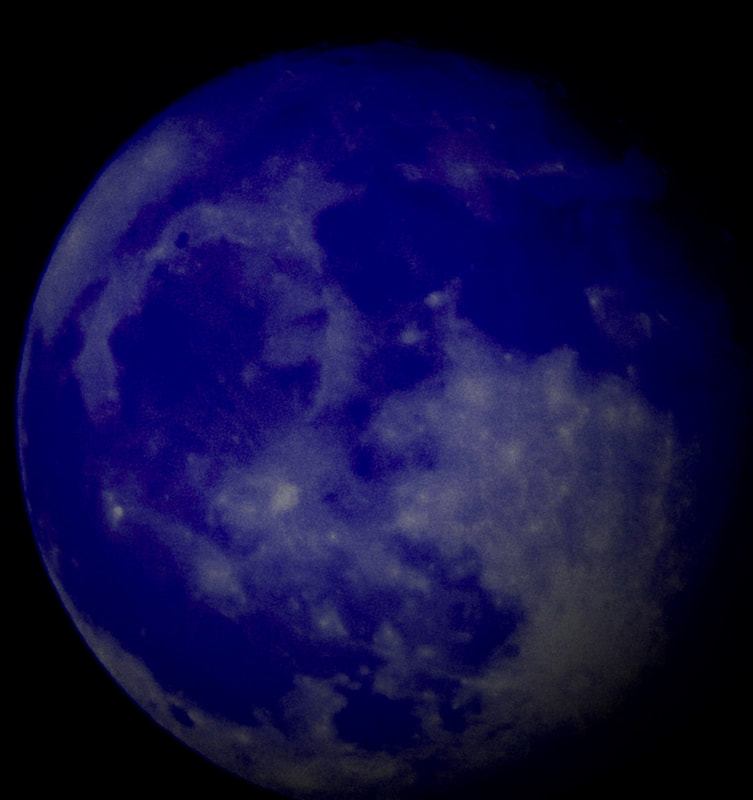
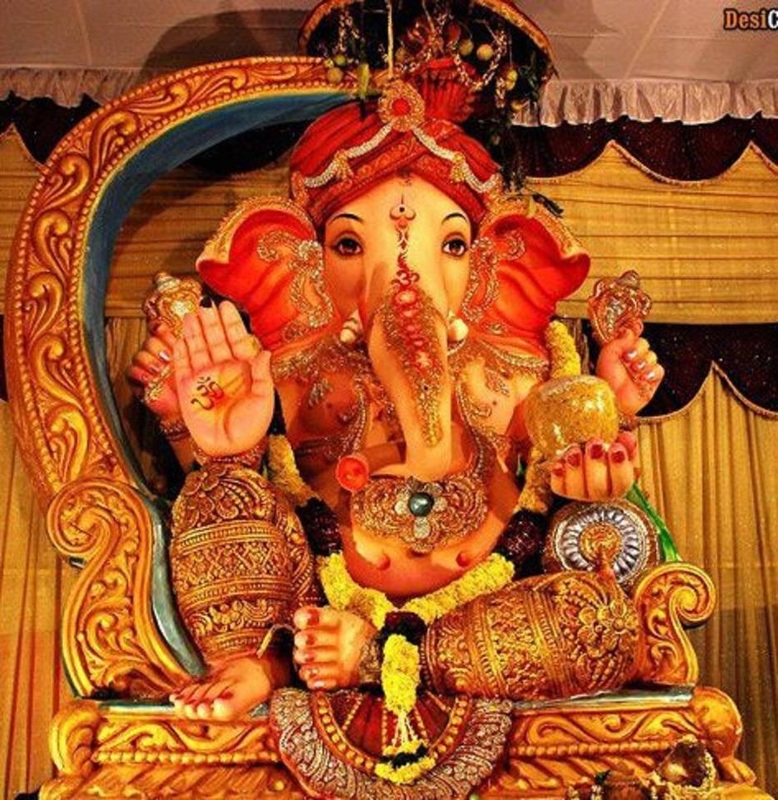
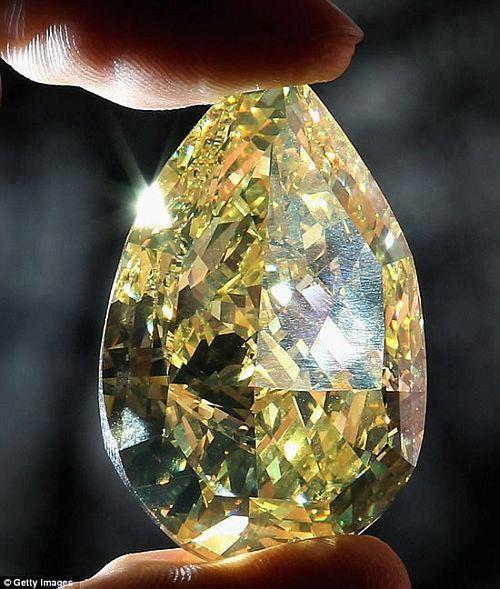
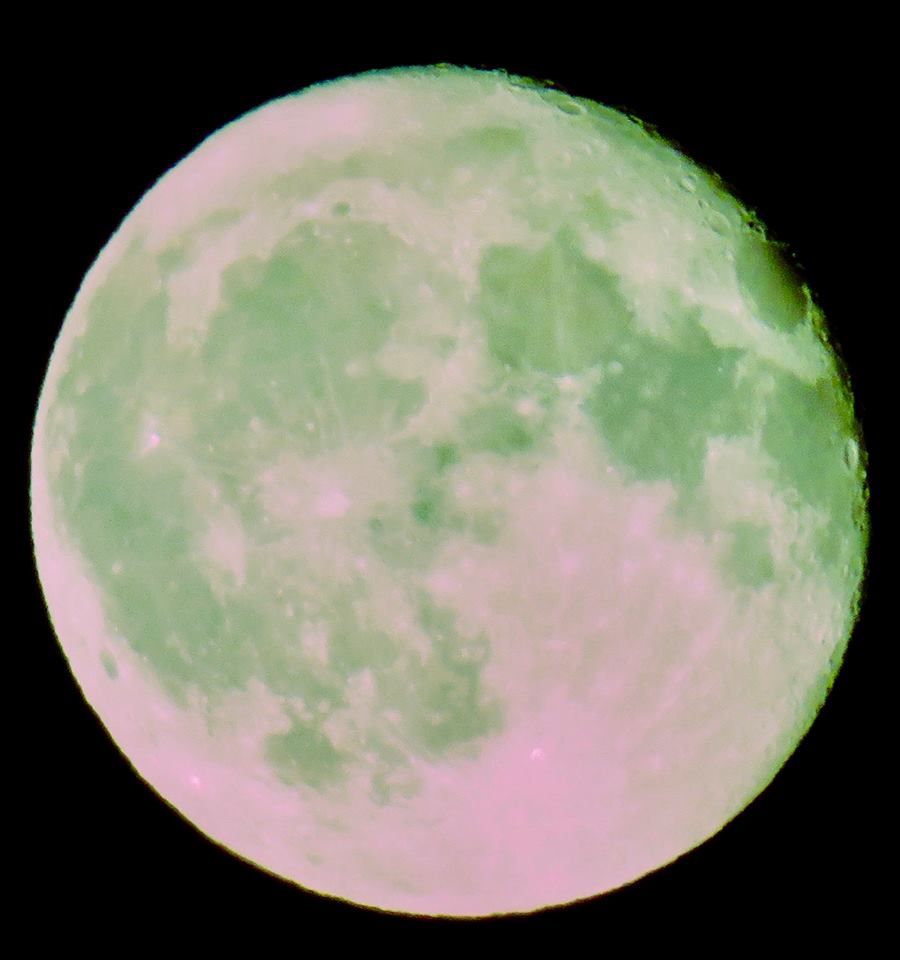
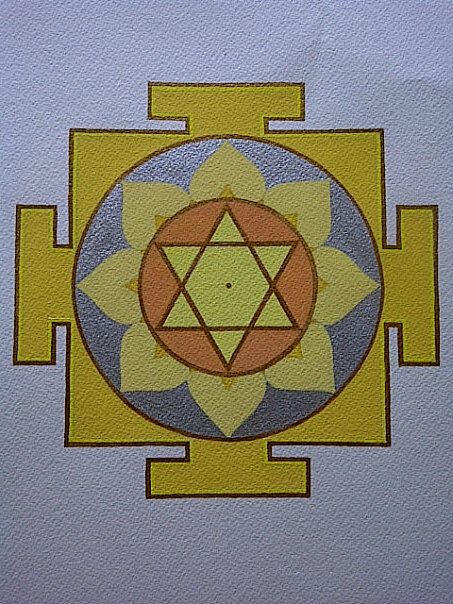
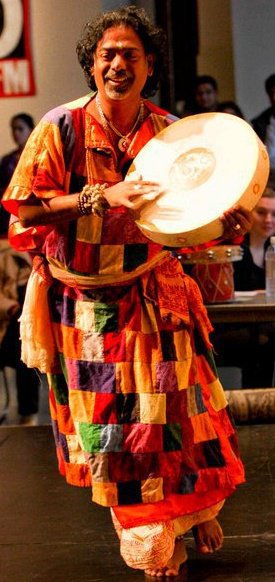
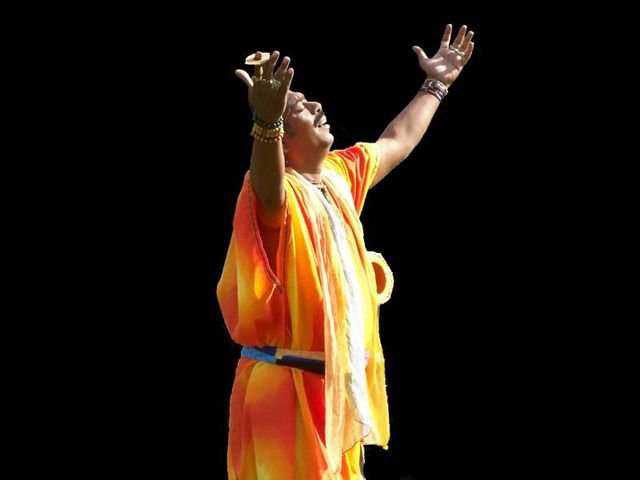
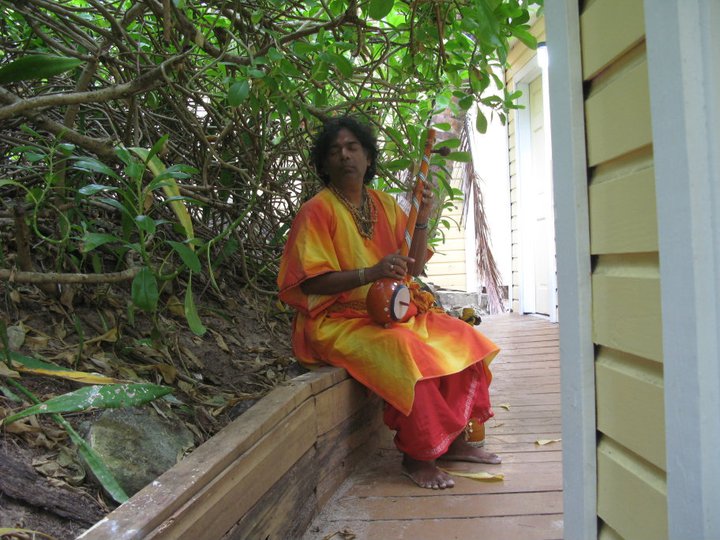
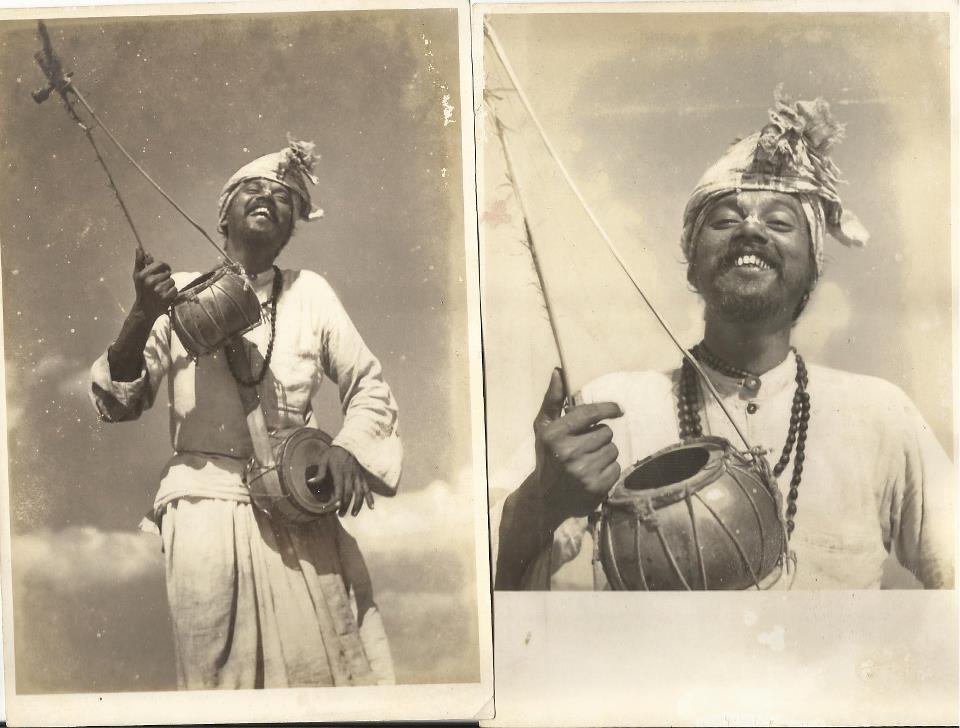
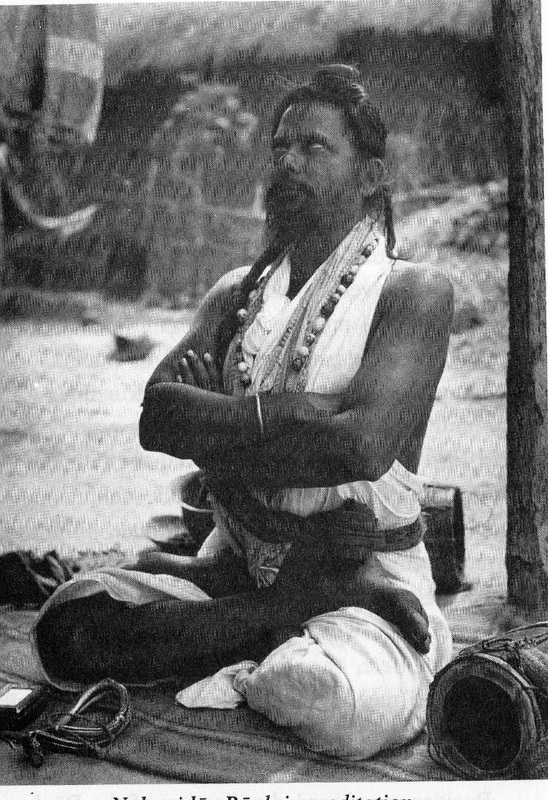
 RSS Feed
RSS Feed
